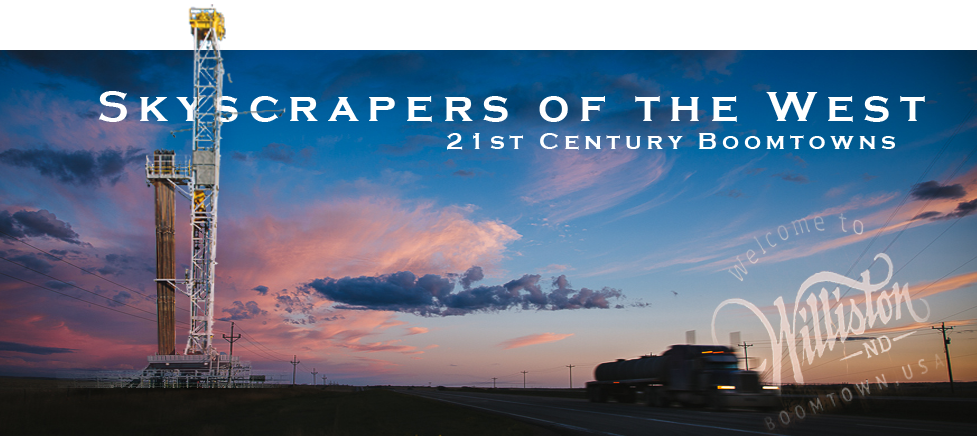
Travel through the vast desolate plains of North Dakota, amongst sleepy farm communities of familiar landscapes, the vast blue open sky in the great wide open; when the scenery that surrounds you is forever altered by the fascinating and remarkable transformation of a bustling industrial community. Once grain elevators towered over these prairies of golden fields, but now hotels and oil rigs stand tall in the skyline. Welcome to Williston, North Dakota, the new modern-day “gold rush” town of the oil industry with heavy truck traffic, miles and miles of temporary housing, new hotels, and the well-established “man camps”. This is the location of the Bakken Shale, an oil-rich rock formation that stretches across parts of North Dakota, Montana and Saskatchewan.
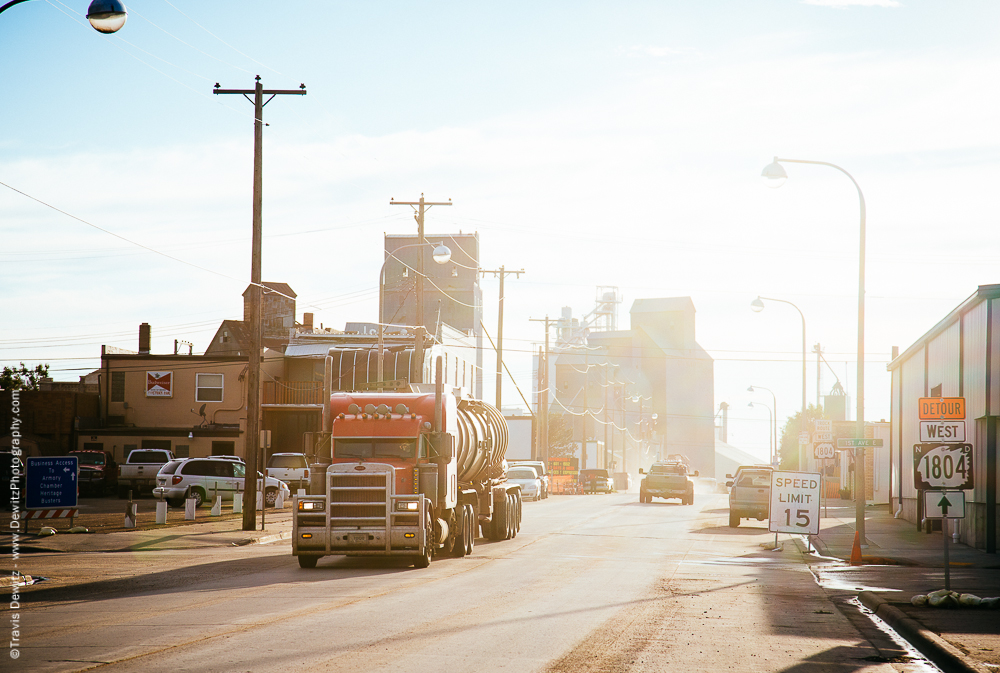
Oil Tankers Driving Through Williston, ND
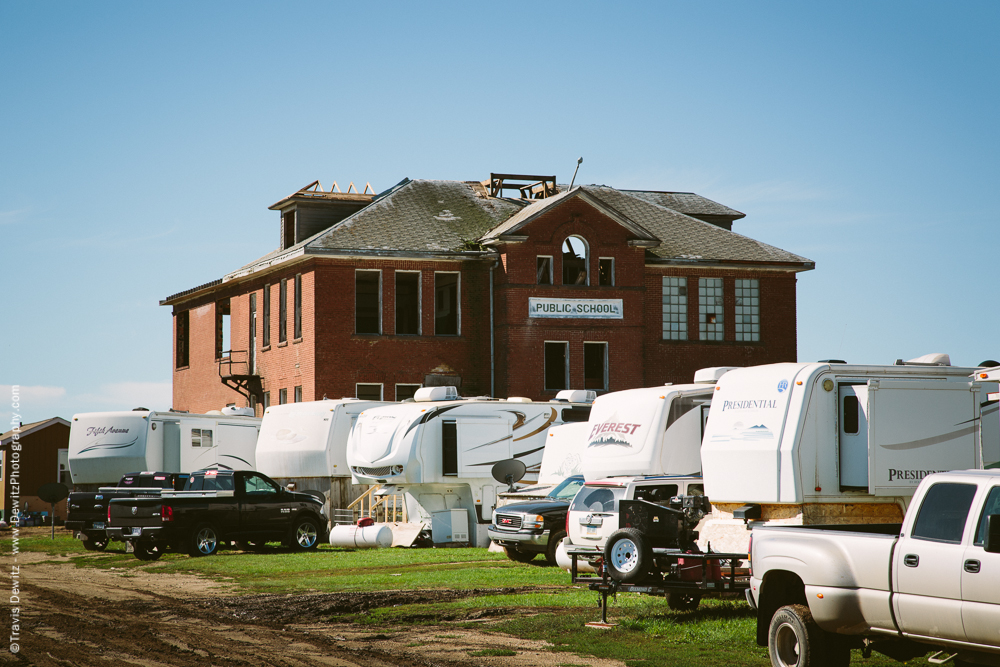
Oil Workers Camped Outside Abandoned School – Ross, ND
Locals and newcomers alike often remark that the attraction of this oil boom is like “The Klondike” and are wracked with their own cultural conflict of this economic force. An area of the Yukon Territory in Canada, the Klondike, was the backdrop for the most spectacular resource boom-and-bust series North America has ever been privy too. At the discovery of gold in 1896, along a tributary of the Klondike River, an estimated 100,000 Americans and Canadians sought to discover their fortune by scaling over the mountains of Alaska and British Columbia and down the Yukon River. It is estimated about 30,000 reached Dawson City, which ballooned in two years from a town of just 16,000. Not many captured a significant profit from the grueling journey before the gold gave way and the rush ended in 1899. Many in and around Williston, North Dakota, are cautionary of the fleeting tale of the Klondike gold rush and their own boomtown success with the black oil “gold rush”. This success isn’t possible without frac sand which often times comes from Wisconsin.
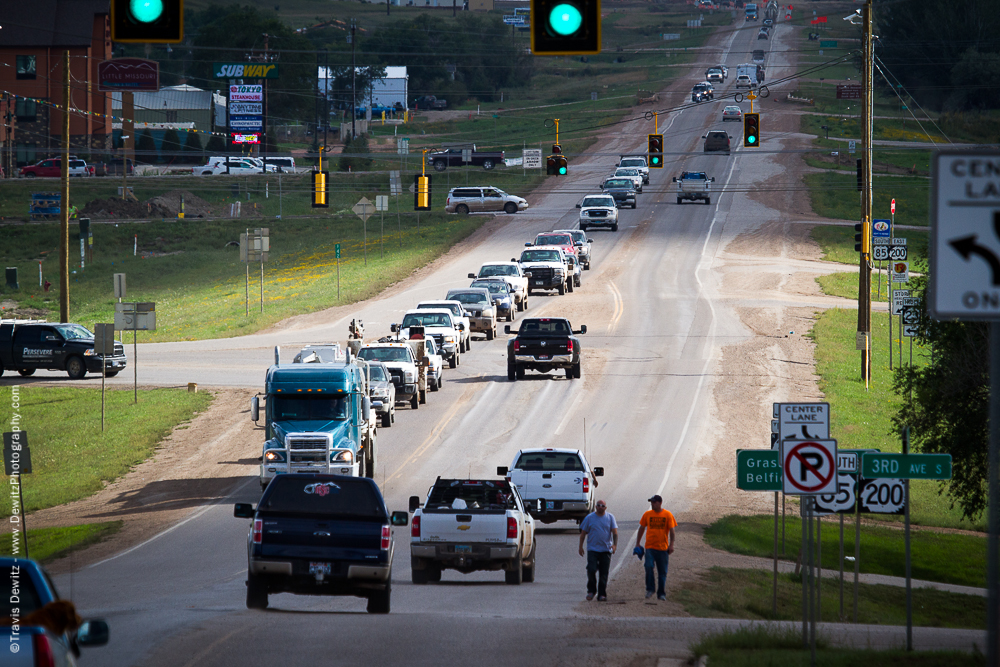
Heavy Traffic in Watford, ND
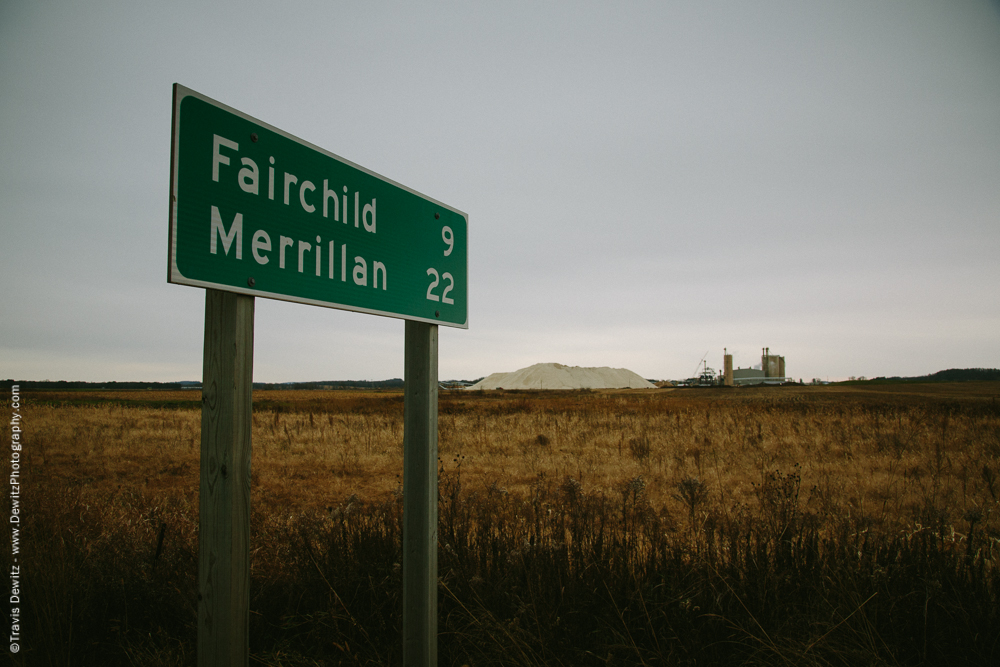
Frac Sand Plant Along Highway 12 – Augusta, WI
In a small rural school in Western Wisconsin, educators work tirelessly to meet the demanding and ever-changing needs of its’ school children. Often times this is done while facing glooming budget cuts and fewer resources then they have had in the past. After school programs are on the chopping block all too frequently, but sometimes in the unlikeliest of places, partnerships are formed to ensure the academic success of our children along with economic prosperity of our state. Recently, funding was needed to secure necessary staff, resources, and educational materials for an academic after school program. Educators wrote a grant to a local sand mine and were incredibly grateful to be gifted the ten thousand dollars needed so protect its future for the next two years. Stories like this are heard around the state from schools who find backing in sand mines. Schools can’t advance this work alone, we must collaborate together to ensure every child can succeed. The children of our state and other states are counting on all of us to fiercely advocate for them.
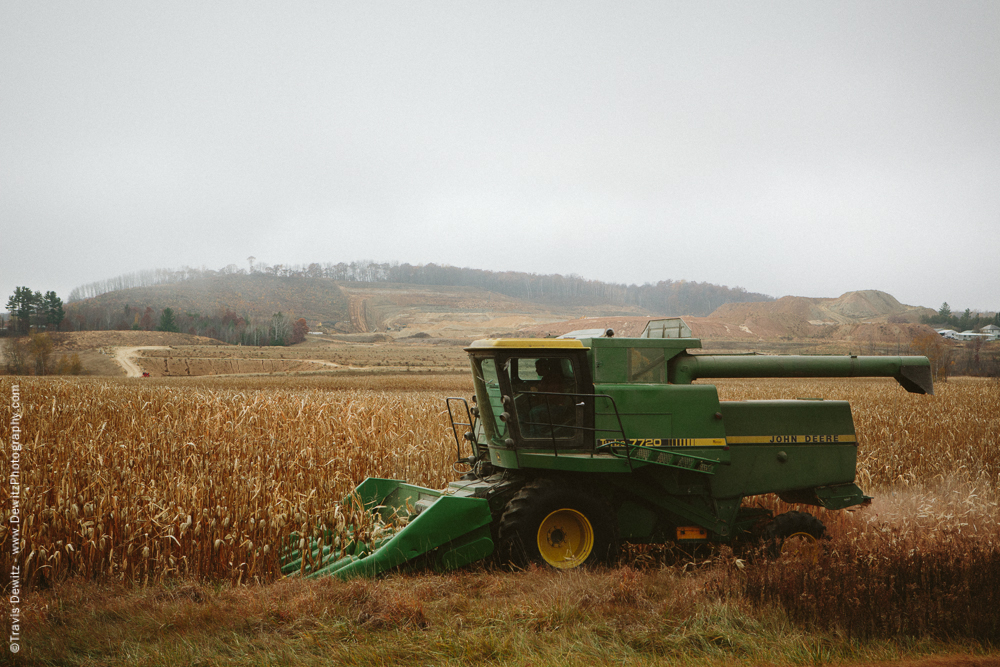
John Deere Combine Cuts Corn as Frac Sand is Mined From the Distant Hill – Sand Creek, WI
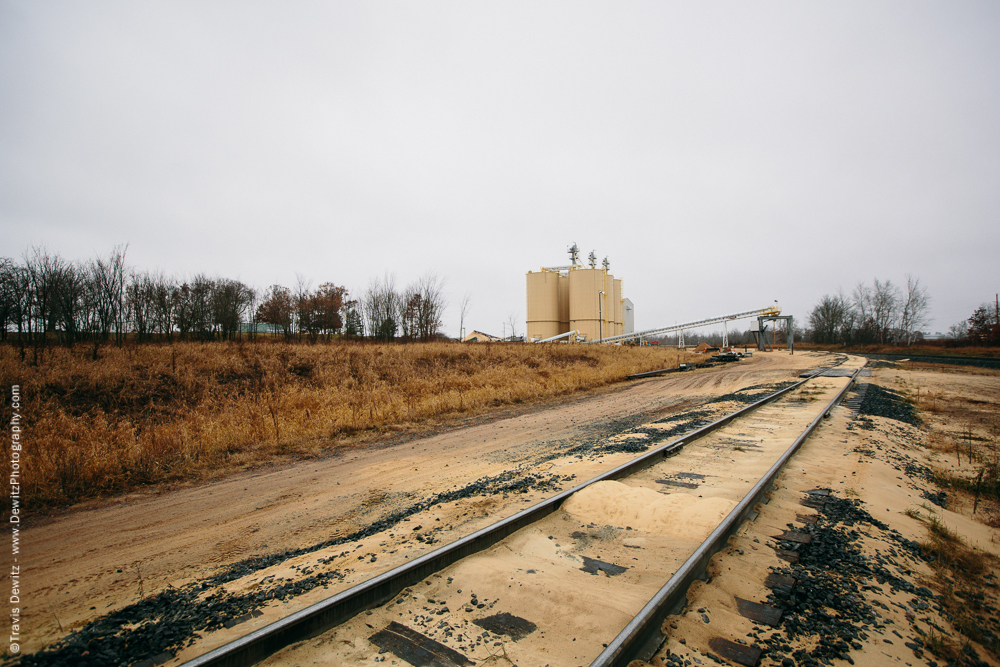
Frac Sand Loading Track in Western Wisconsin
The coverage of North Dakota’s oil boom in the Bakken Formation, along with sand mines across Wisconsin, coaxed photographer, Travis Dewitz, to understand a place that’s story cannot be justified by just a still photograph. Through his creative lens he demonstrates time and time again how much splendor can be extracted from the interplay of the industrial world around us. The oil boom is affecting much of western North Dakota and Northeast Montana. Williston, North Dakota is in the heart of oil rush and also the largest city in the area. New oil drilling techniques and technologies is what has made oil extraction possible and feasible in the recent years. Fracking is a big part of this new oil business in the Bakken oil fields and much of the special sand needed for fracking comes right from boomtowns in his home state of Wisconsin.
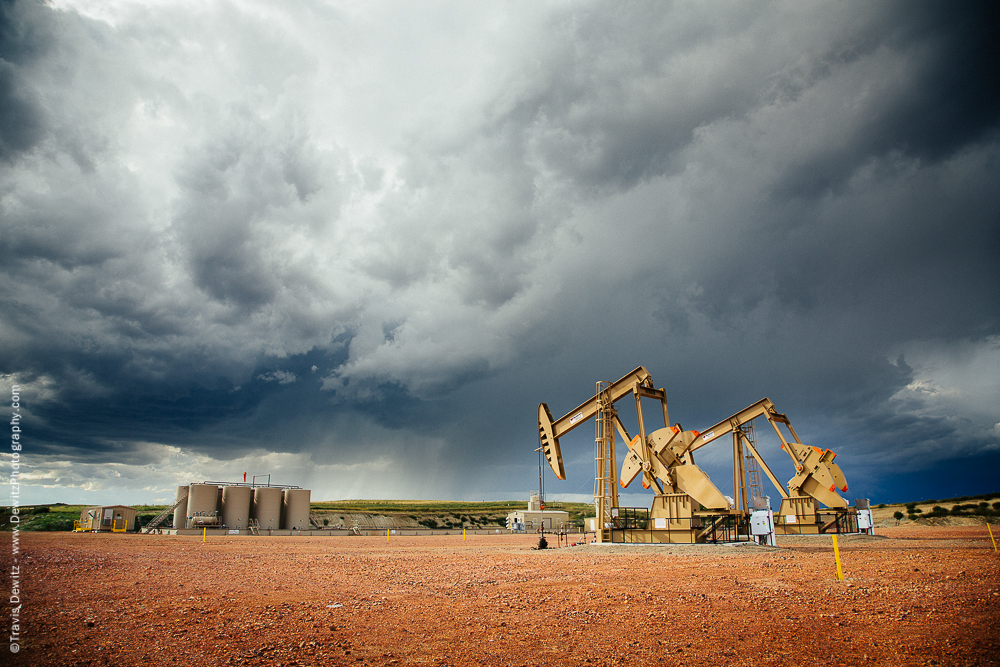
Thunderstorm Over Oil Well Site
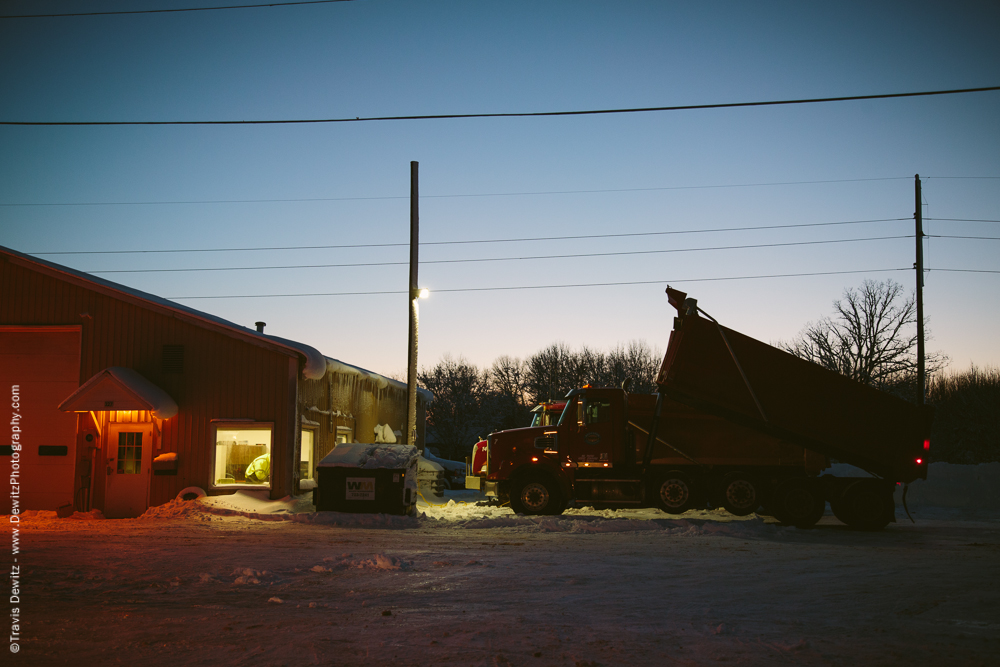
Truck Shop in New Auburn, WI
Wisconsin is experiencing rapid expansion in their frac sand mines. Sand mining is an intricate part of the state’s history for over a hundred years and has been mined since the arrival of the first permanent settlers. Mining of this sand has been useful in glass making, molds, and the petroleum industry. The latest widespread rise in sand mining is due to the recent technological breakthroughs in extracting oil and gas. The demand for frac sand has increased exponentially in the past three years. The hydraulic fracturing industry has placed a high price on Wisconsin’s pure, round silica sand. This record rate of growth has resulted in a boom or “sand rush” in frac and sand mining. Similar to the “gold oil rush” in North Dakota, Wisconsin, Minnesota and Texas are facing an industrial mining boom because of the demand from large oil companies for silica sand. This has brought about big changes to rural life and scenic landscapes in the state of Wisconsin; once quiet agricultural lands are now the sites of industrial mining and created quite an interest amongst varies parties.
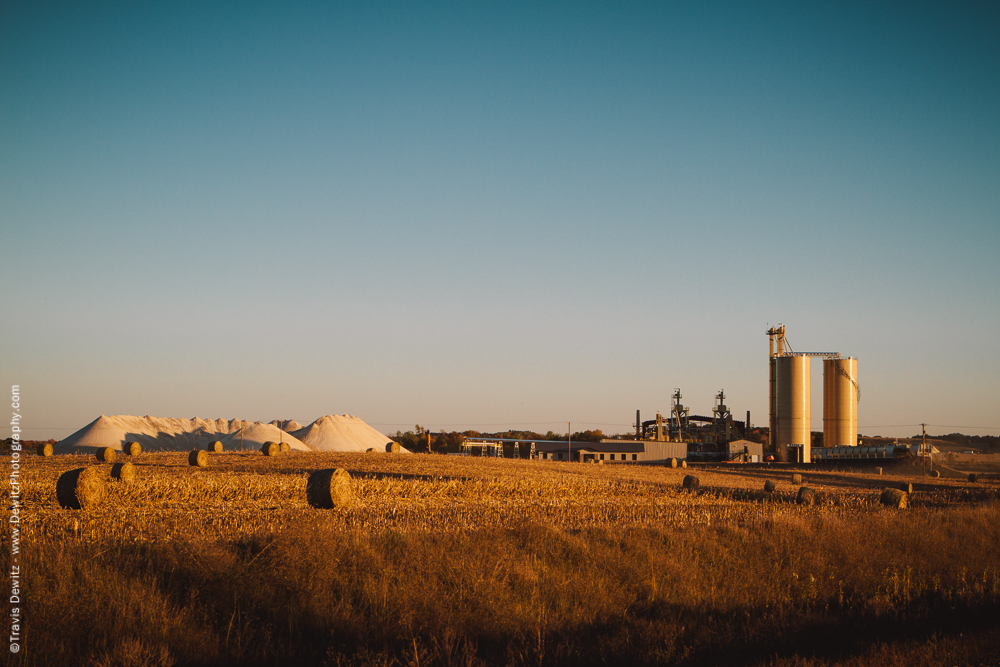
Hi-Crush Plant Surrounded by Corn Fields – Augusta, WI
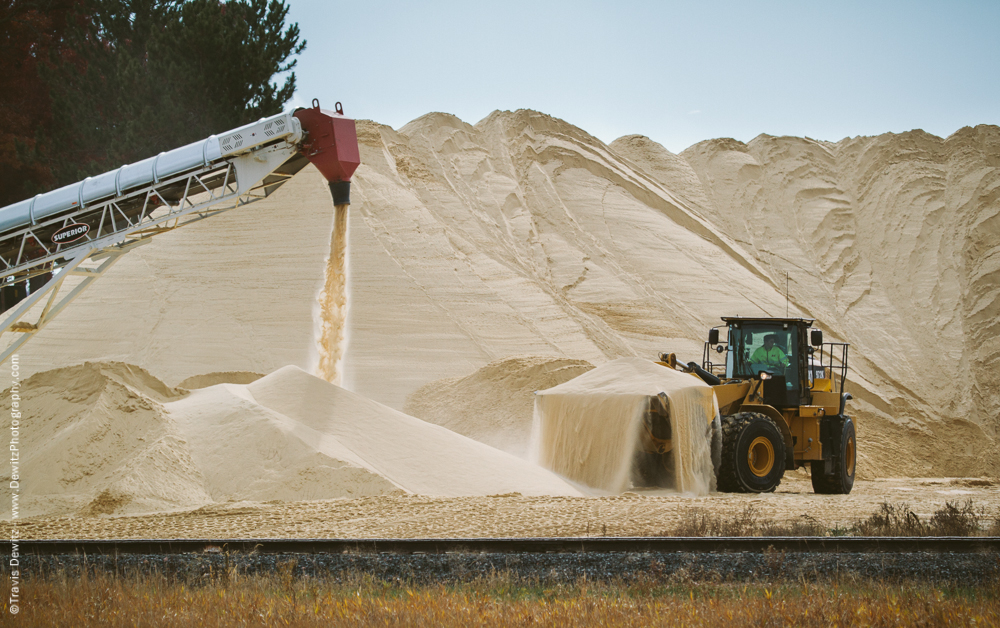
Front End Loader Scooping Sand
Wisconsin has one of the largest deposits of frac sand in the country and is currently being mined from sandstone formations in much of western and central Wisconsin. In the eastern and southern parts of the state the same formations are less well exposed and generally more fine-grained. These mines are becoming increasingly prevalent as hydrofracking becomes more popular nationwide. Hydrofracking is the technique used by the petroleum industry to extract natural gas and/or crude oil from rock formations, which requires a certain quality of sand in the process. Wisconsin has a high prevalence of the ever sought after silica sand; the key ingredient for fracking sites in other parts of the country. The sand found in Wisconsin is ideal for fracking because several of the geologic formations meet these specifications and originate near the surface. Sand from younger glacial deposits as well as most beach and riverbank sand is too impure and too angular to be used as frac sand. Wisconsin has brilliant sandstone deposits that are hard, nearly pure quartz, well-rounded and uniformly-sized sand particles. These types of silica sands are unique to Western Wisconsin and are the jewel for frac sands as this has made Wisconsin’s silica sands highly profitable as of late.
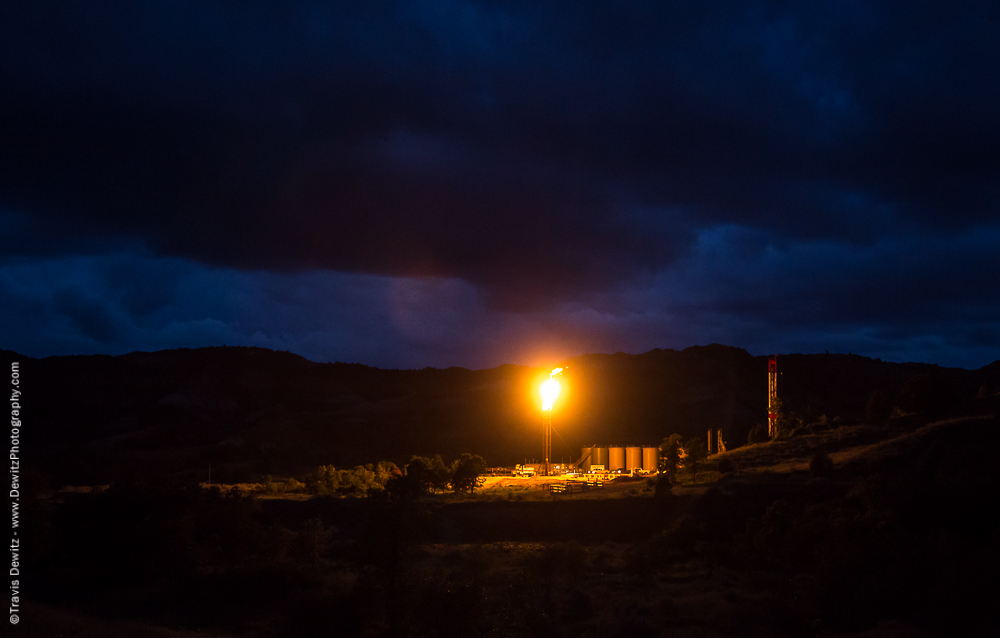
Bright Flare Site at Night
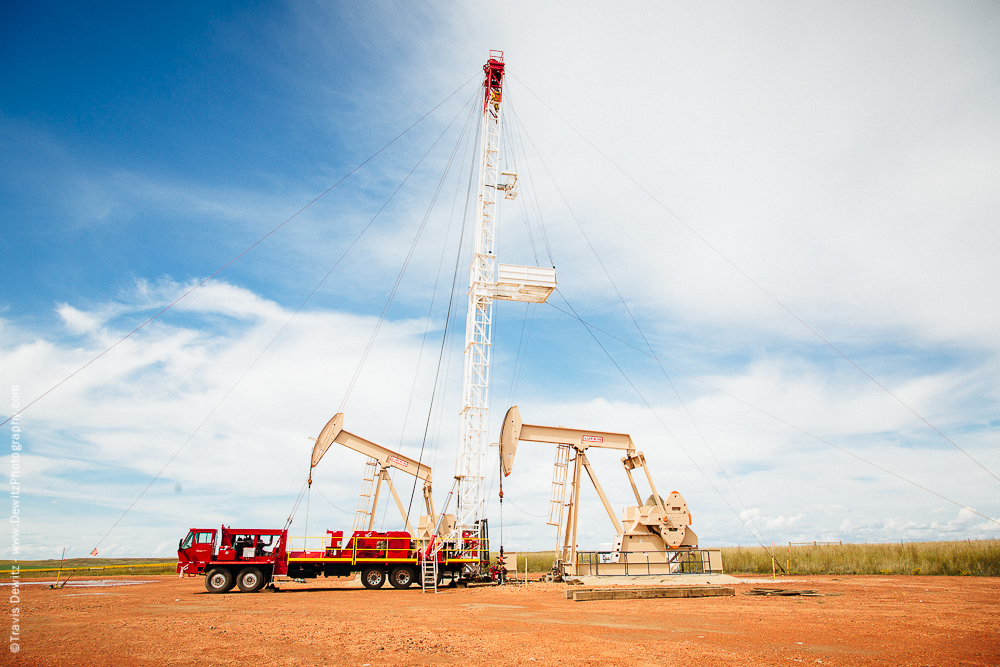
Drilling New Oil Well
Turning focus back to North Dakota, Dewitz was intrigued by the mobs of RVs taking over the Williston Wal-Mart’s parking lot, $17 hour starting wages at local fast food restaurants, $22 an hour for temporary postal workers, help needed signs everywhere, gas stations with entire walls of hot gas station food, thick mud on the floors holding doors open, studio apartment rent as high as $1200 a month with larger places well over $3000 a month and stores so busy that they no longer could keep the product on the shelves and just parked pallets in the aisle-way. More stories kept taking shape; due to high crime stores accepted credit only as any cash on hand could prompt being robbed and near lawlessness in many areas.
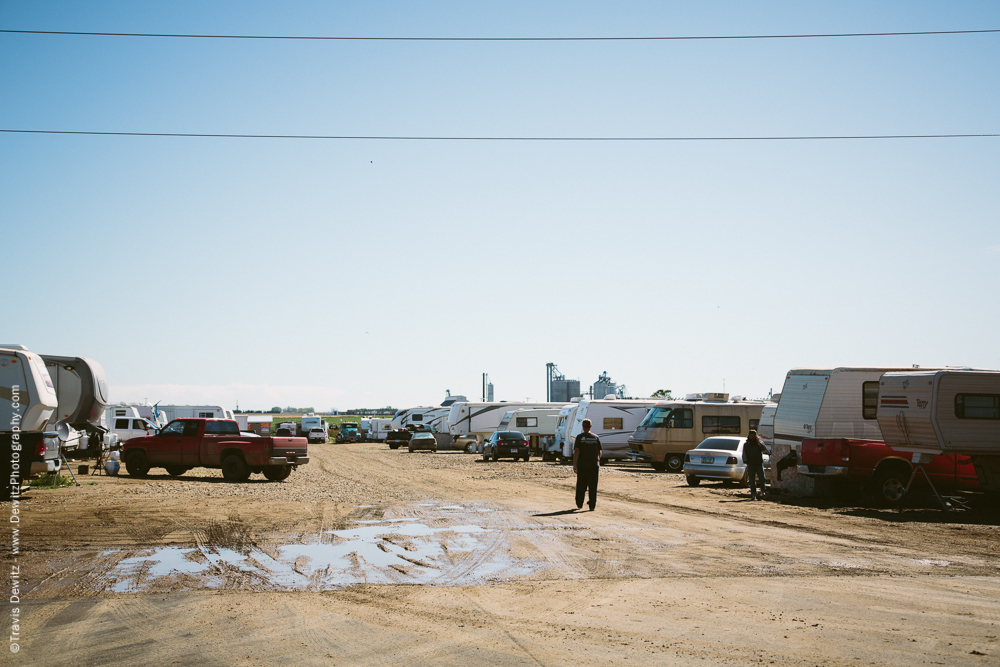
Oil Worker Motorpark – Ross, ND
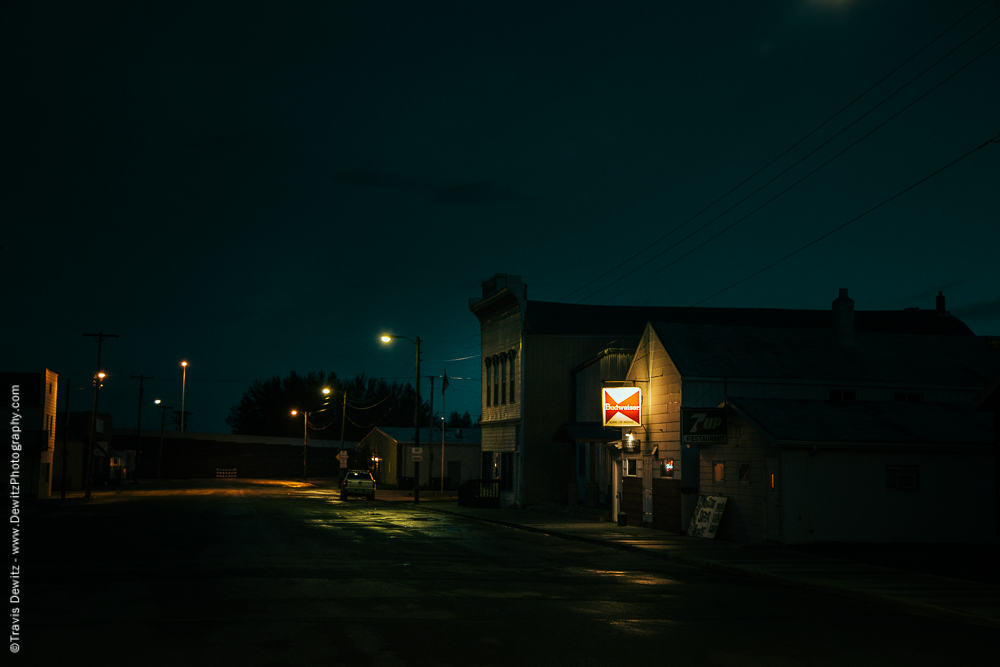
Quiet Prairie Main Street and Tavern – Ray, ND
At times, all of this beauty in the sand mines is quickly overshadowed by the cultural turmoil that dirties the vision through a split public opinion. The question of whether frac sand mining is the right choice is far from being decided and in many cases is the center of community forums. The subject of sand mining in Wisconsin has generated interest from regulators, legislators, local government and the general public. Mining has been a powerful way to strengthen the economy and bring jobs that otherwise may not have been. Sand mining is an economic boom for on-site industry and has created thousands of sought after jobs in the state. Stronger environmental standards and regulations are necessary to ensure all safety aspects are in place and being followed to protect the health of the public and the environment. It is considered an unwelcome disruption by some due to the blasting, drilling, wildlife leaving the area, truck and train traffic, and light pollution from mines that seem to operate around the clock. The elements of dust from the extraction, transporting and wind release of silica is a constant reminder that mining is here to stay; not to mention that frac sand companies are withdrawing large amounts of water from aquifers, and storm-water and wastewater discharges puts the safety of drinking water and ecosystems in jeopardy.
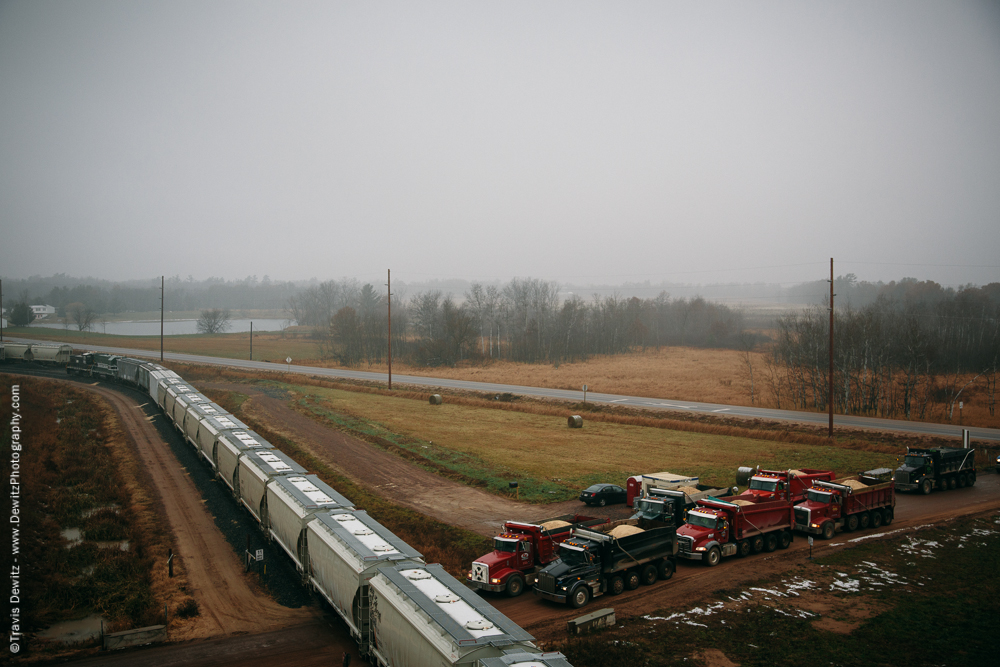
Sand Trucks Wait for Train
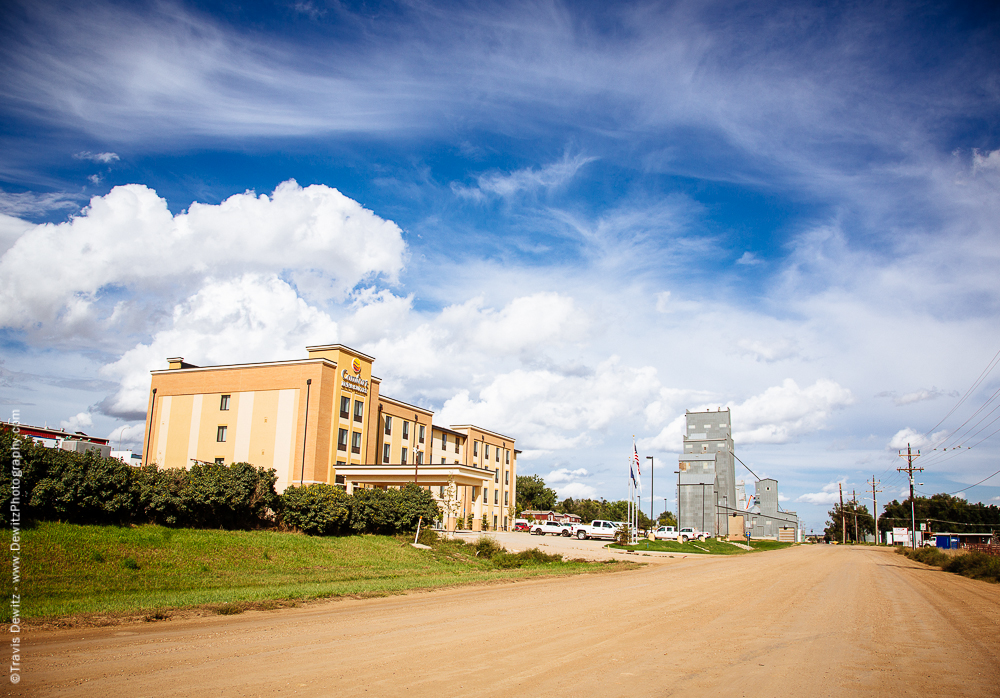
New Hotels Take Over the Skyline in the Bakken
There is much fascination with the oil boom in the Bakken Range centered on western North Dakota and the fracking sand rush in Wisconsin. Exploration of these sand and oil rich areas is a sight even the most prepared aren’t ready for. Experiencing a population explosion like this in our era is astonishing to see and are usually at most, a once in a lifetime event. This crude oil rush is similar to the gold and silver rushes of the past or even the large population growth caused by coal mining in the east. Many expect utter chaos and disorder upon arrival, but the area seems to be catching up to itself quickly with large construction projects all over the region building hotels, homes, service facilities, and other infrastructures. Seeing these large oil platforms jutting out of the landscape into the sky is an astonishing feat for an industrial photographer like Dewitz. In the most unusual and unexpected places Dewitz showcases images that embody the forgotten beauty of heavy industry as he also covers railways, factory floors, the rolling smoke of steel mills, and the cities that are built around them. He brings a certain magic as he invokes the very souls of these glorious industrial areas; his captures overflow with inspirational energy.
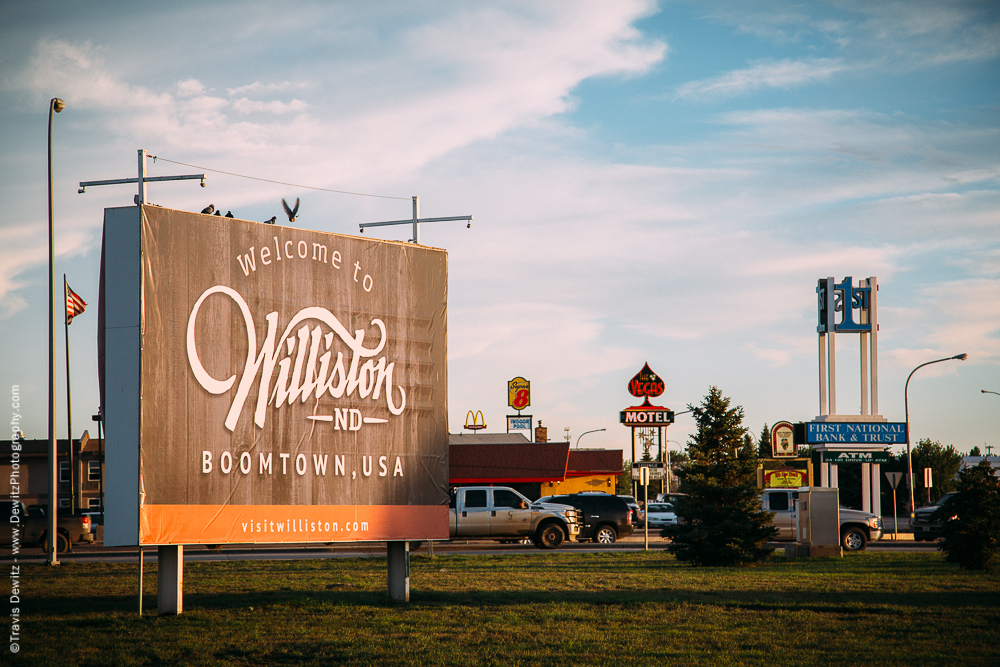
Boomtown USA – Williston, ND
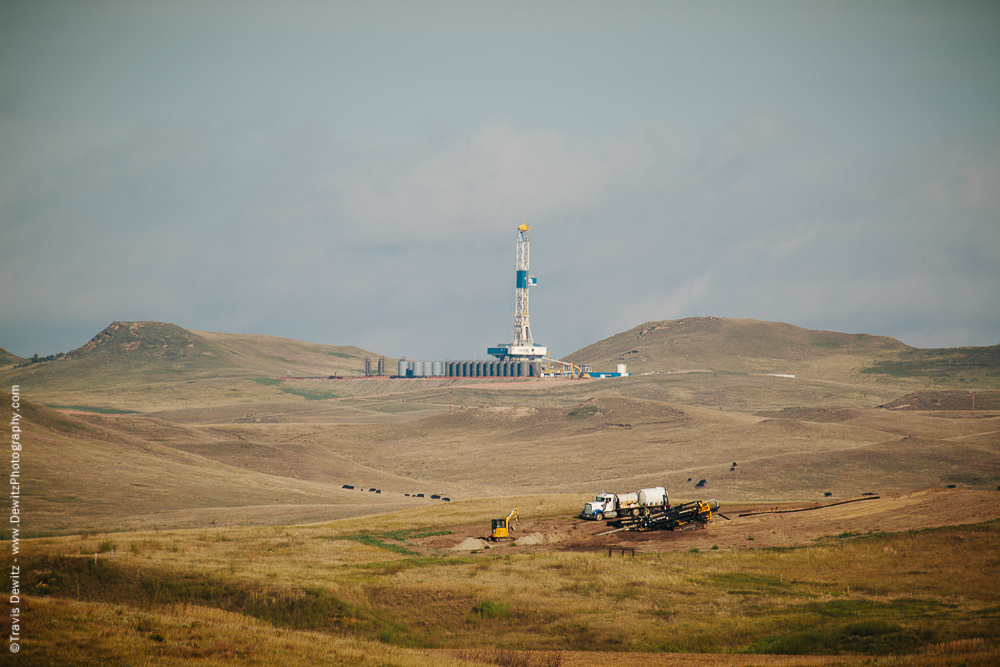
New Oil Wells – Dickinson, ND
The flames that dot the landscape burning through the night and pump jacks slowly rocking back and forth have that have an everlasting energy to them. The men and women who have flooded the area to work hand in hand to make this region a united success is awe-inspiring. Dewitz set loft goals during his trip west to the Bakken as he visually reported the power and growth he felt seeing this oil boom for the first time. He also was cognizant of the importance the rails play in the frac mining industry. Railroads are the preferred method of transporting sand from the mine or from the processing plant, rail depots or to the final location. The degree of road deterioration is determined by how heavily traveled the roads are, the type of vehicles used, and the design of the road.
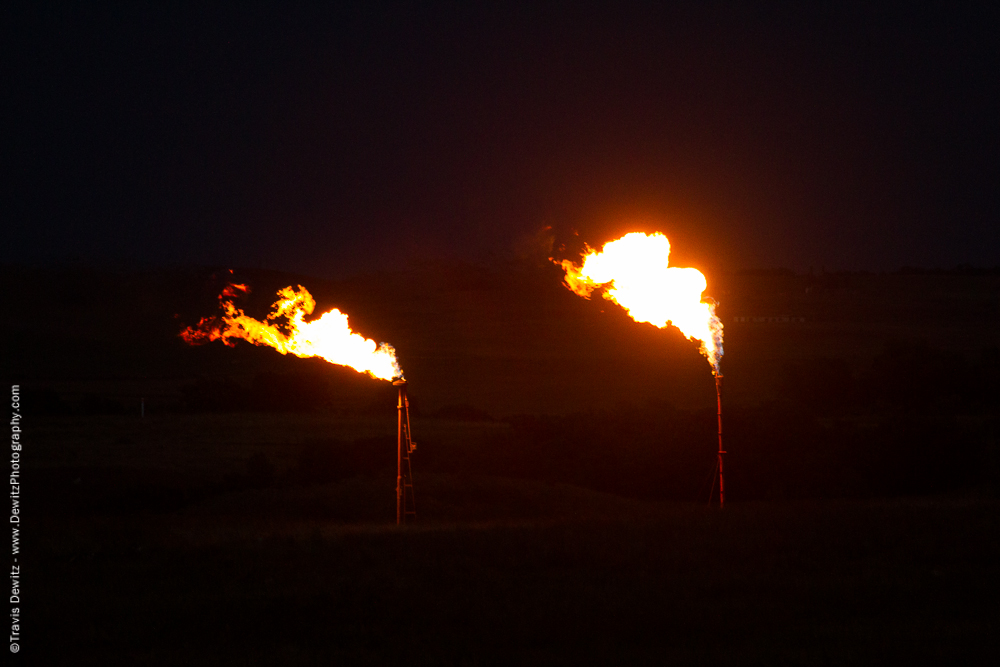
Large Gas Flares at Night
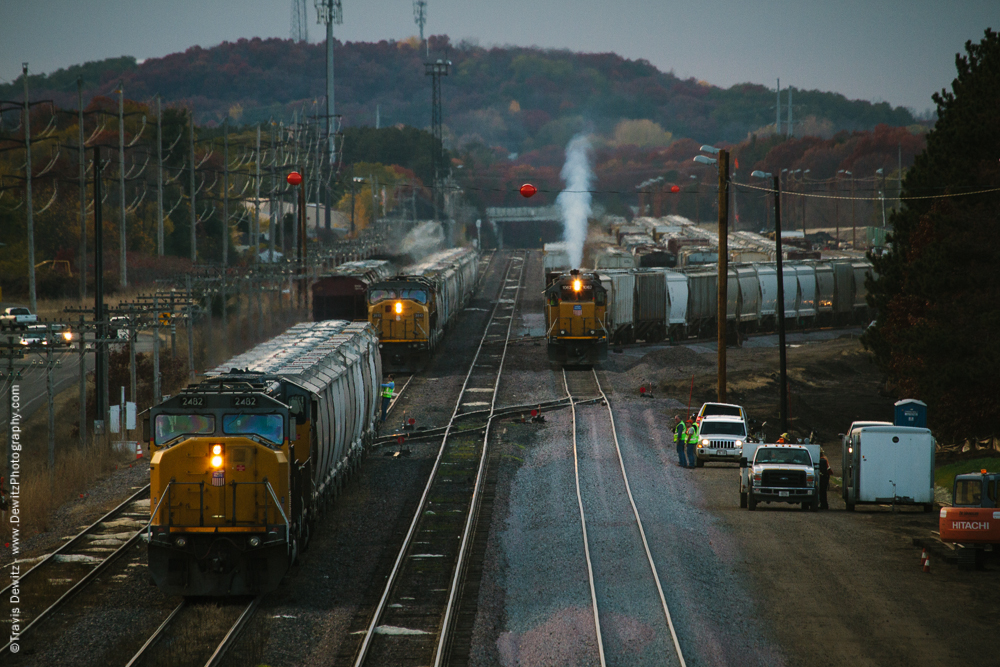
Rail Yard Over Capacity – Altoona, WI
Similar to the gold rush in the Klondike, the black oil rush, and sand rush, is so diverse and unstoppable it’s changing their state’s fortunes and landscapes as oil and sand are being dubbed as “gold” in their prospective areas. “Those with their boots on the ground in the industry hold steady to the character and town within states that are changing. They carry the promise and feel the uncertainty. With wheels rolling many are heading off to experience America’s newest gold rush – the Bakken sea of oil being taken from the plains of North Dakota as sleepy towns once busting at the seams are the forefront of an incredible eruption of oil and gas production and is the new frontier of fuel economy.
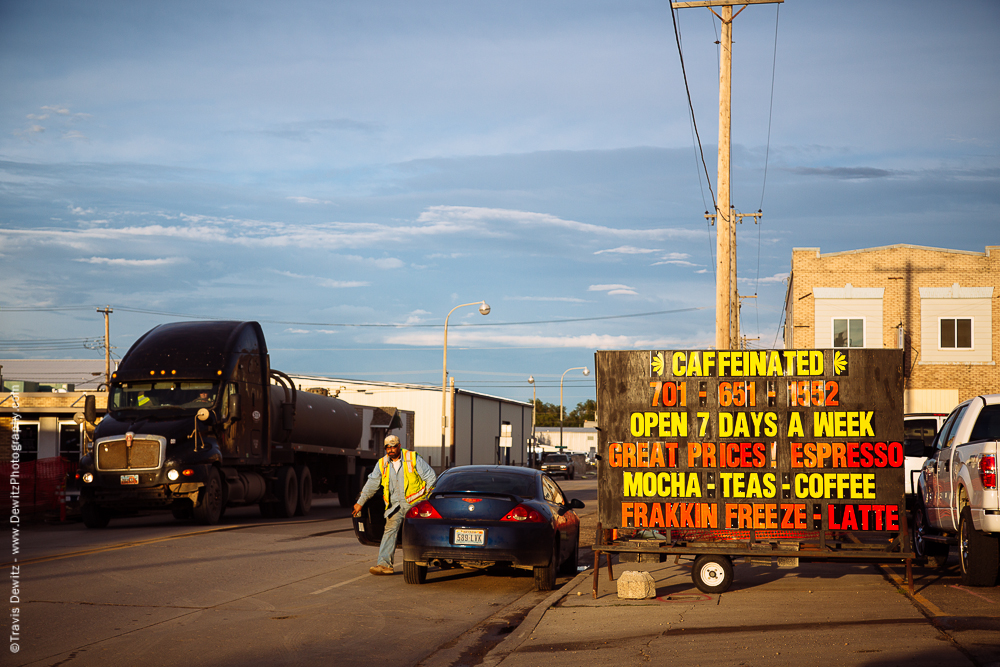
Frakkin Freeze in Williston
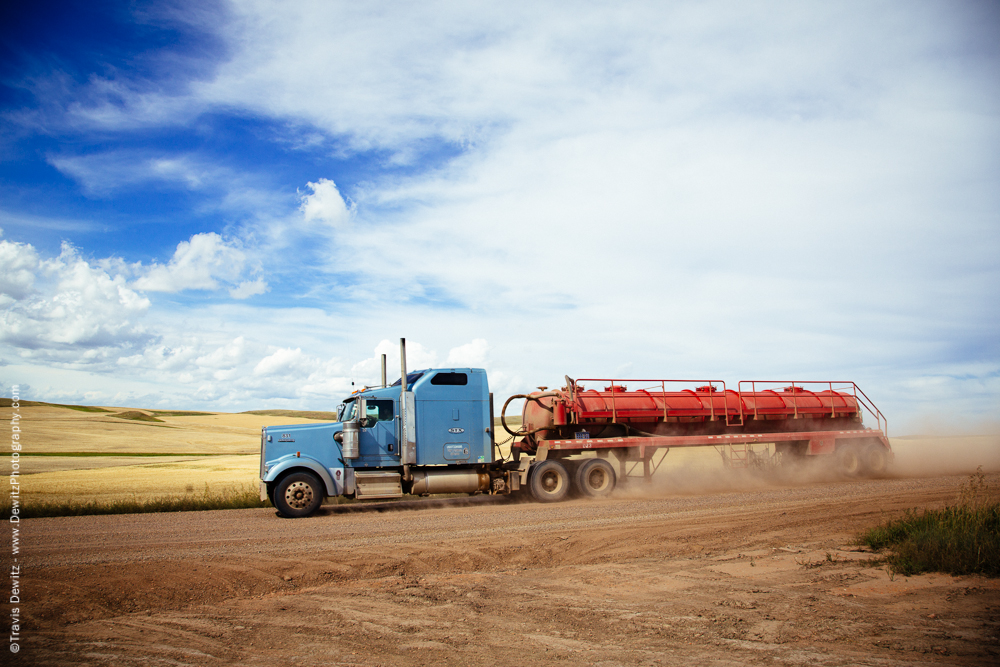
Tanker Flies Down Dirt Road
There are thousands of Wisconsin families employed by companies involved in the sand mining industry as sand mines are making significant and multimillion-dollar investments in areas across Wisconsin. It speaks volumes about their impact as responsible sand mining is generating millions of dollars in new tax revenues, which in turn, relieves some of the pressure from local property taxpayers. The economic impact is regarded as positive; hundreds of millions of dollars have been generated in state and local communities and is very visible in communities where mining and processing are ongoing. As new facilities emerge, hiring and job creation associated with sand mining creates new tax revenues, generates more revenues for local governments; and county governments gain undeniable benefits to increased property tax revenues. Millions of dollars have been donated across the state from sand mines to various schools in educational grants and monies to support non-profit organizations along with countless volunteer hours. Sand mines have been an important player in contributing time, money and invaluable resources as they continue their path to have a neighborly partnership. These investments in local schools and community organizations, helps solidify the path to prosperity for our children, our citizens, and our future. -EJ
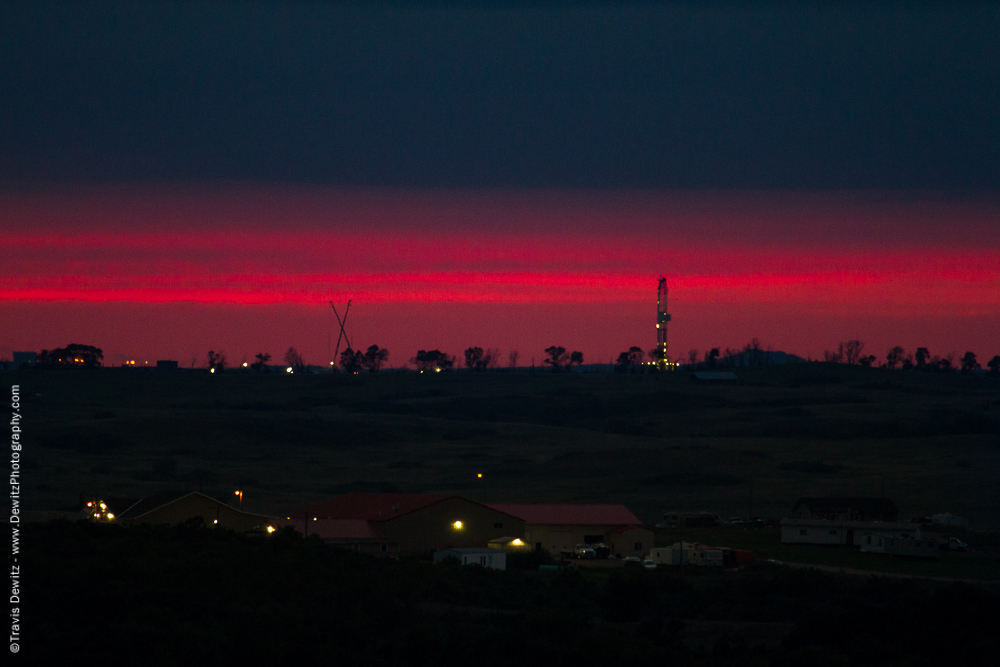
Oil Platform Stands Over Madaree, ND
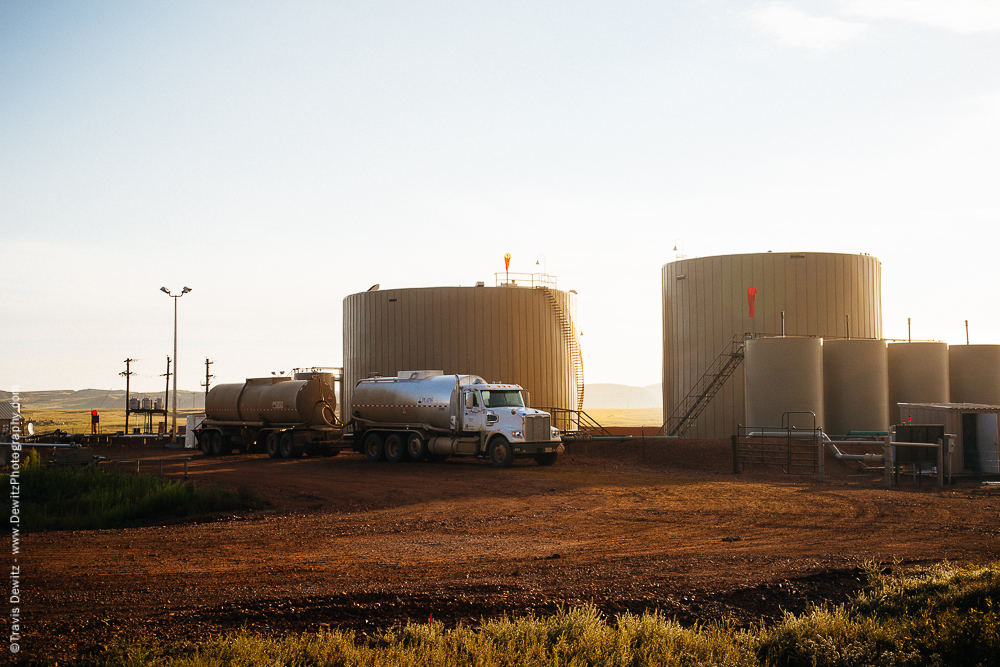
Oil Truck and Bakken Transfer Station
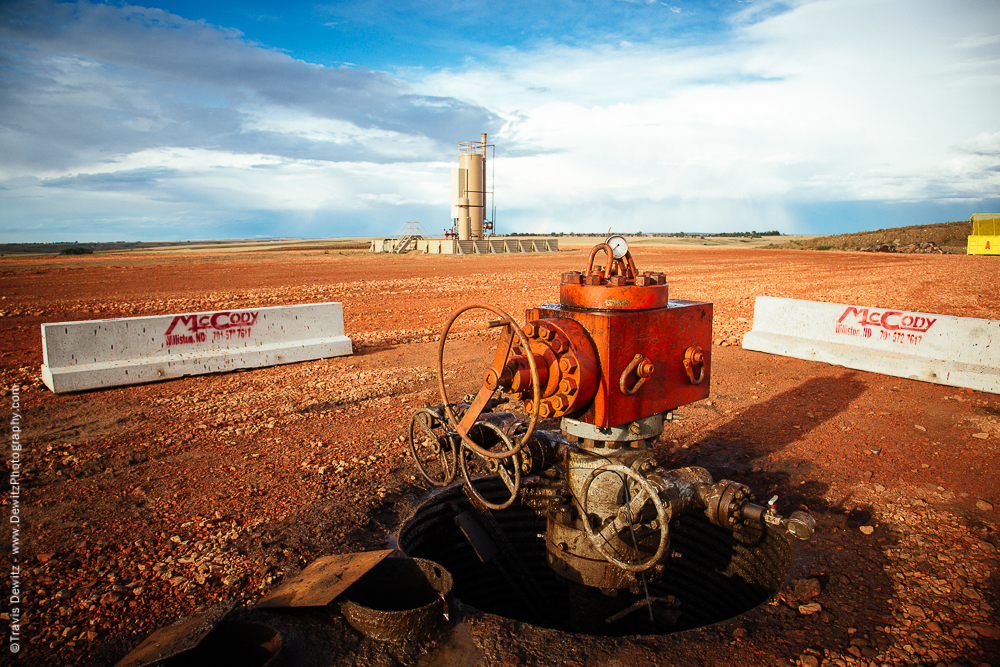
New Oil Well Site
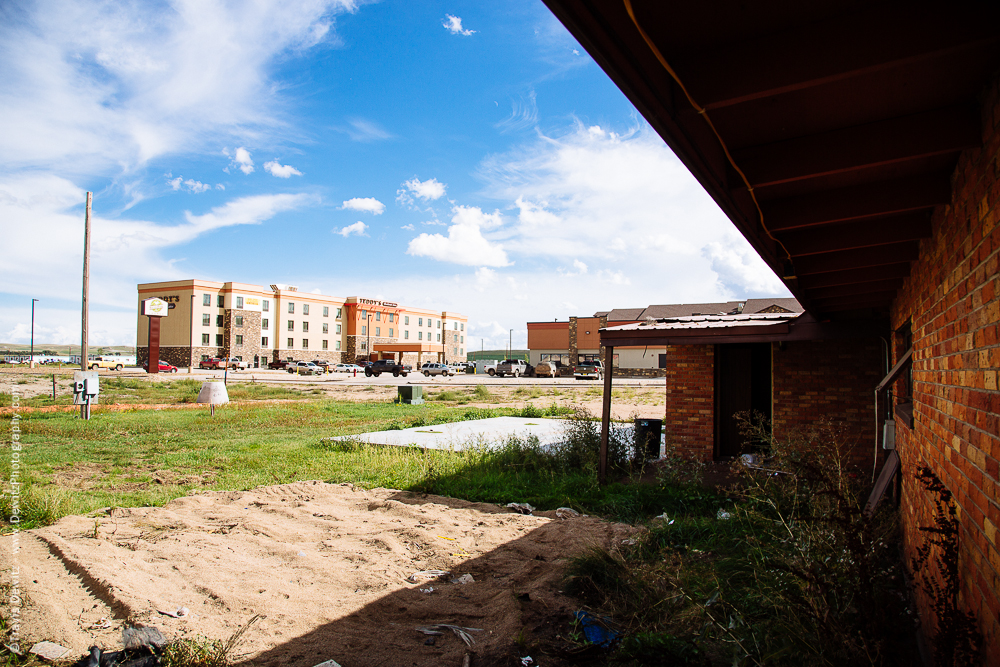
Abandoned Building Outside New Hotel – Watford, ND
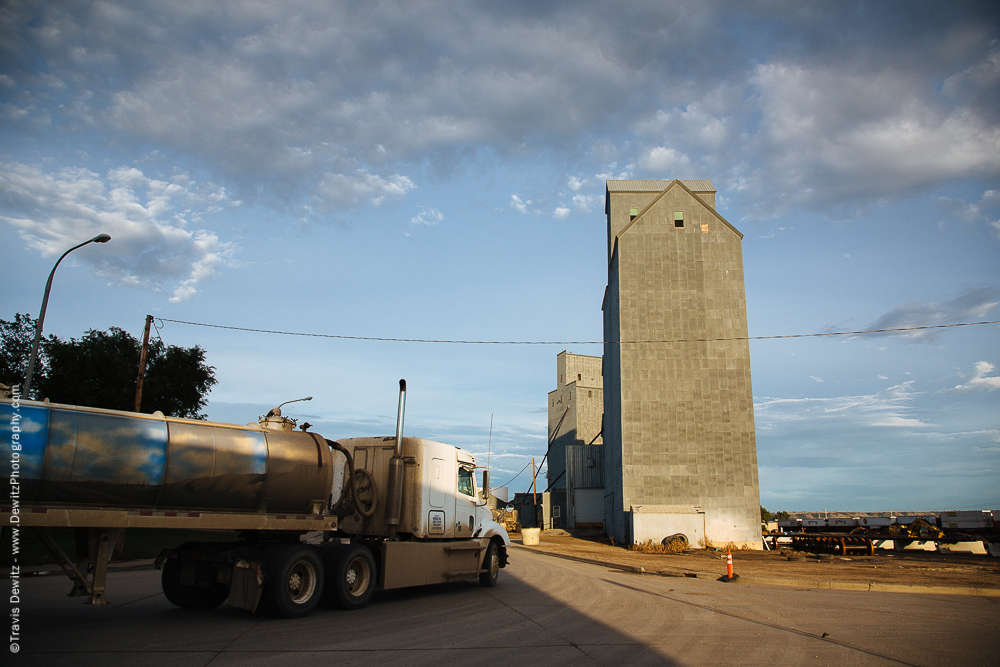
Bakken Truck With Landscape Painted on the Side
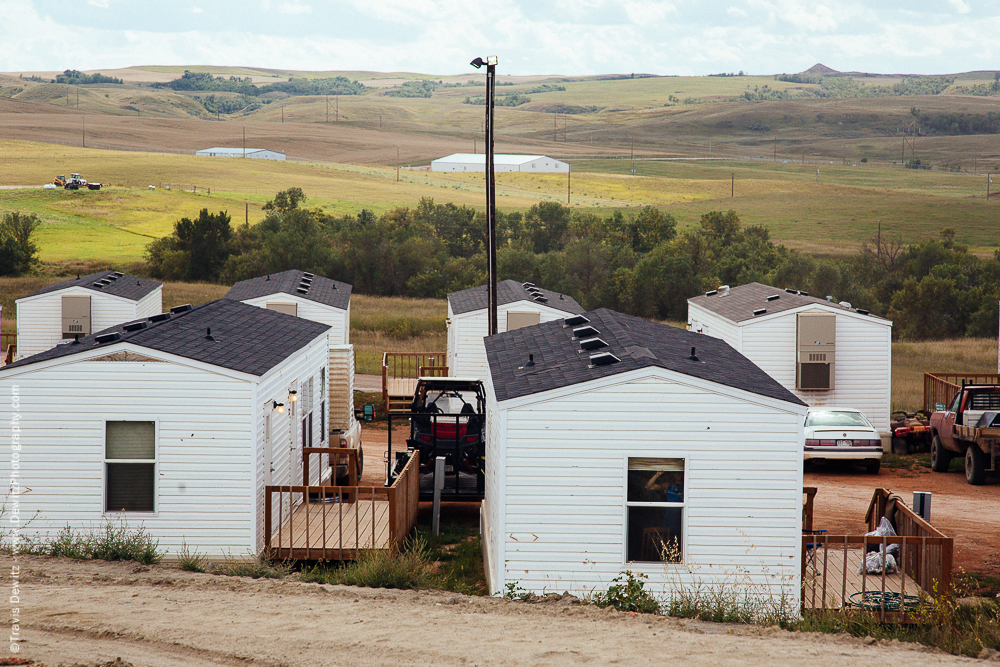
Being Watched
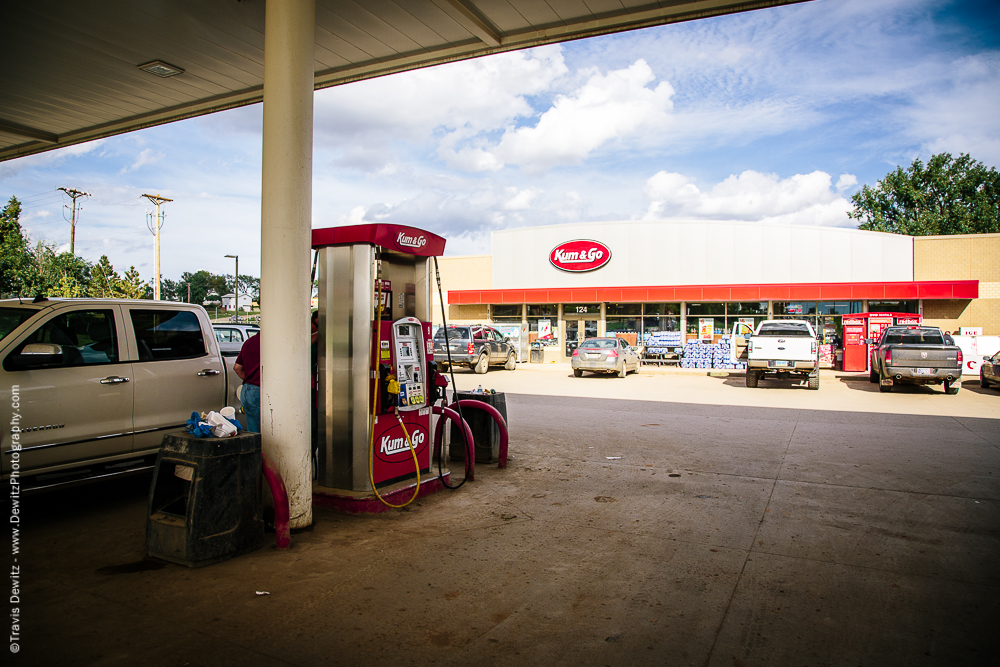
Brand New Gas Station Filthy
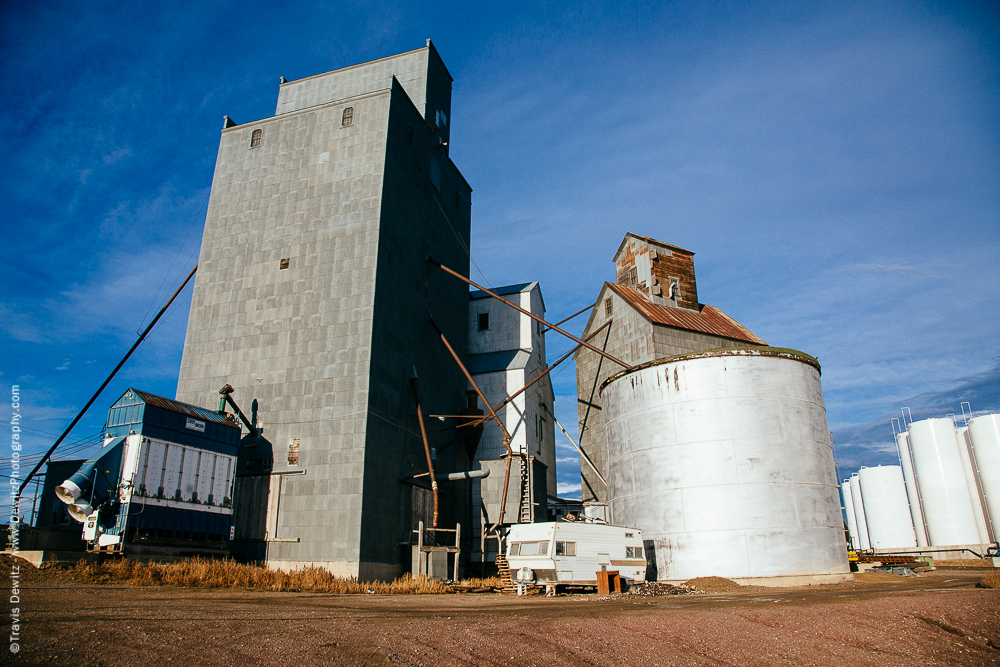
Camper Parked at Grain Elevator – Williston, ND
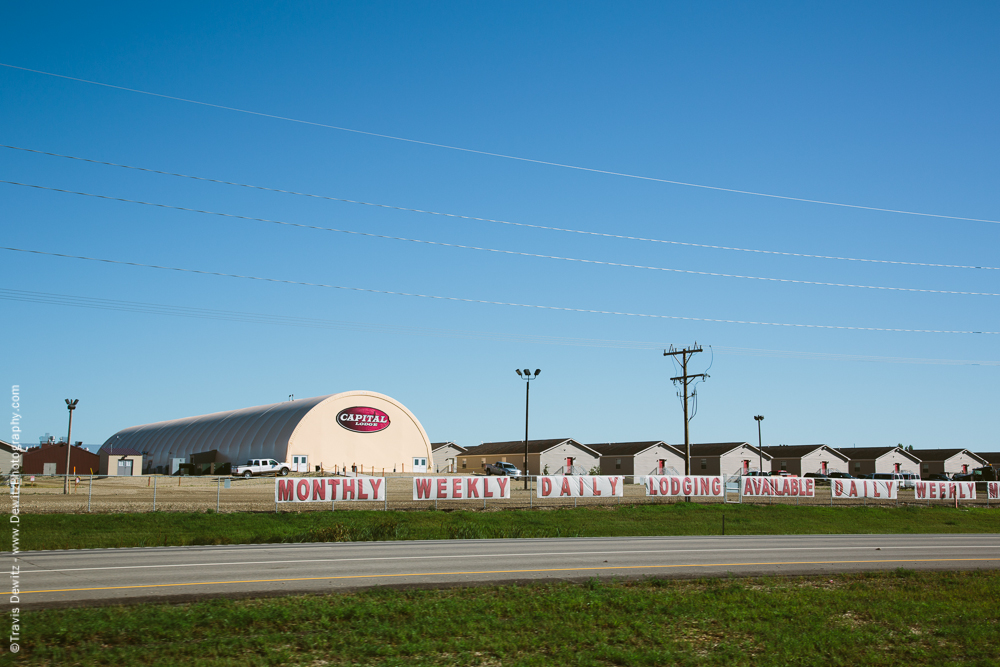
Capitol Lodging Man Camps
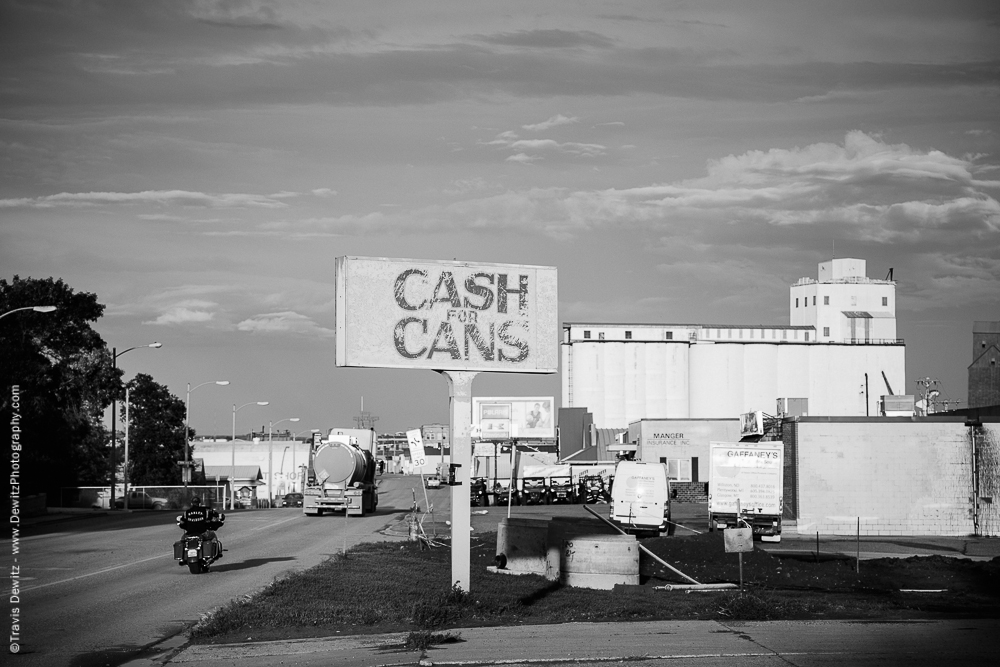
Cash for Cans in Williston
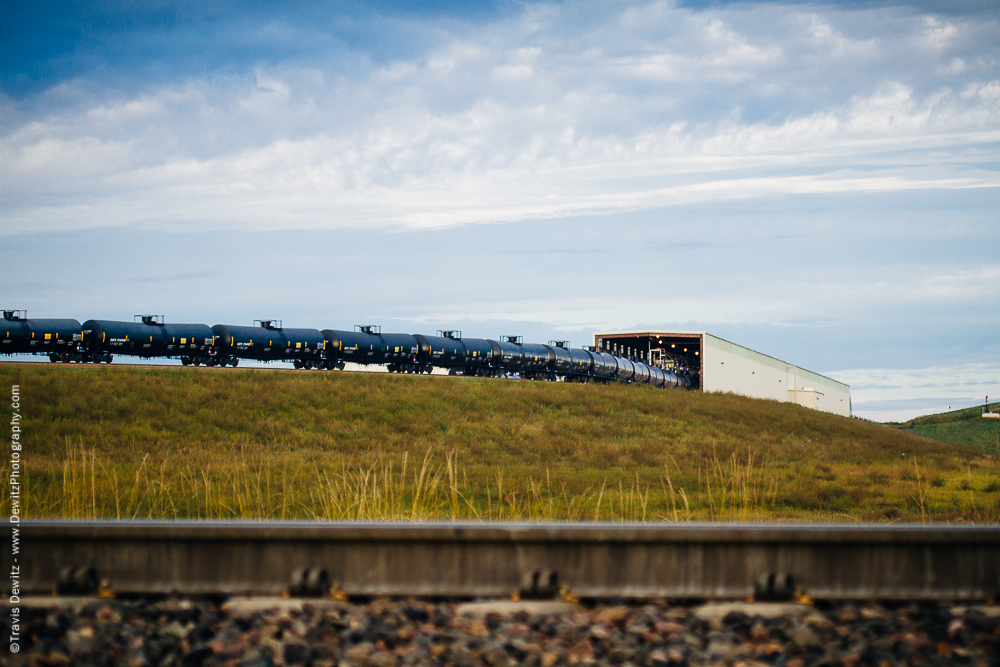
Crude Oil Facility – Dickinson, ND
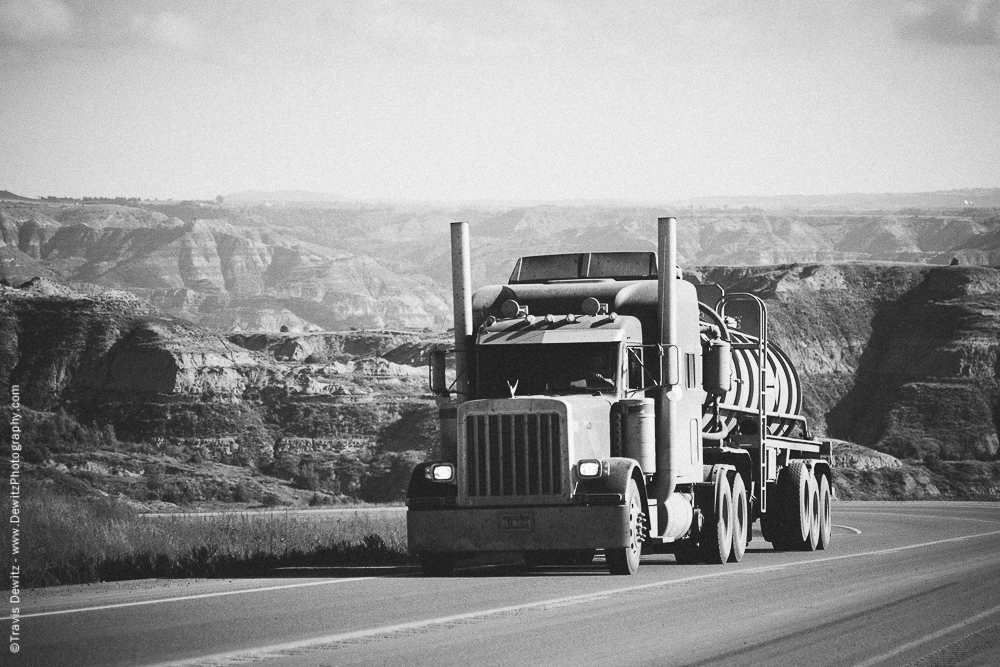
Crude Oil Truck Climbing Out of the Badlands
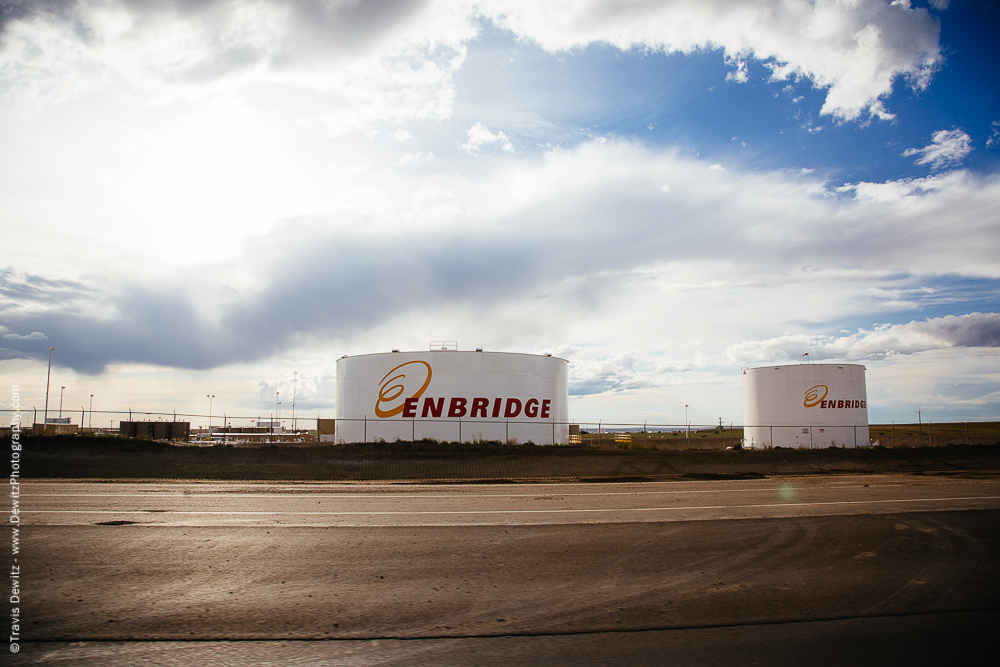
Enbridge Tanks in the Bakken
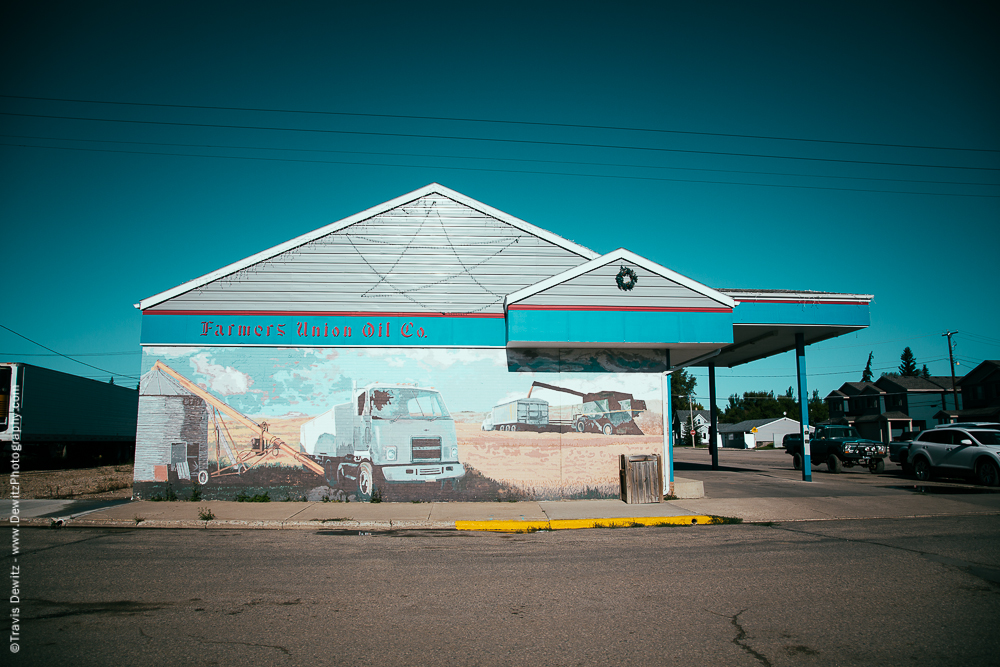
Farm Mural on Side of Farmer Union Oil Co – Tioga, ND
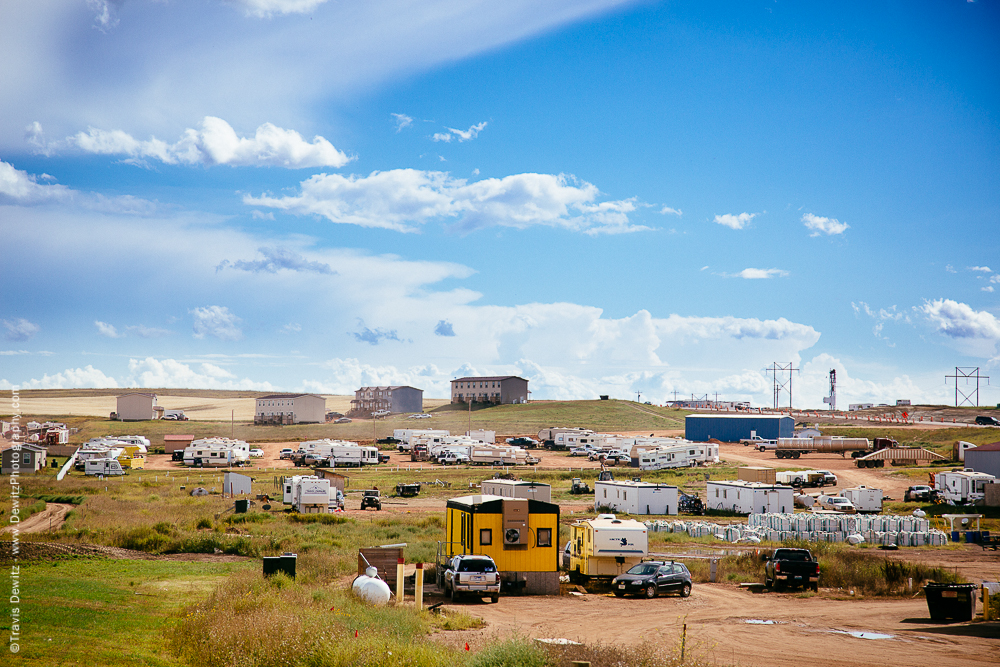
Fields of Bakken Housing
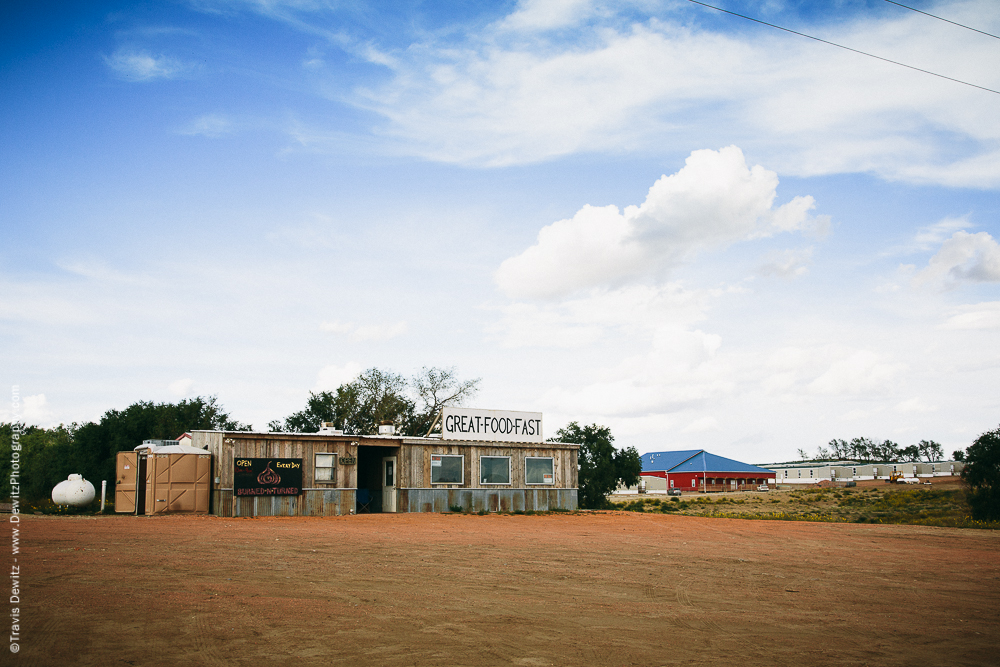
Food Shack Outside Man Camp
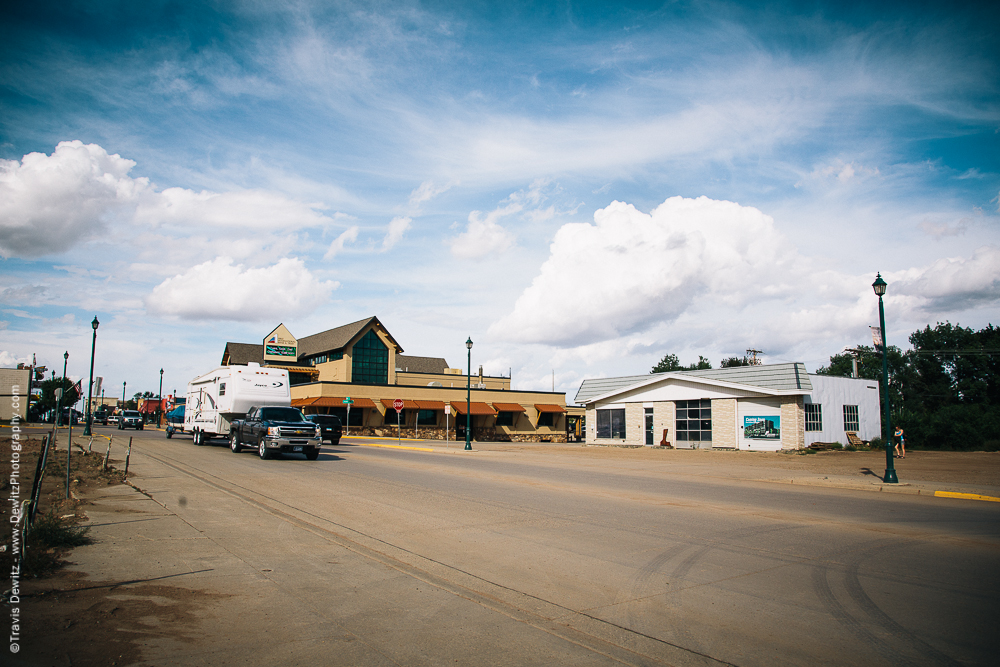
Future Site of Apartments – Watford, ND
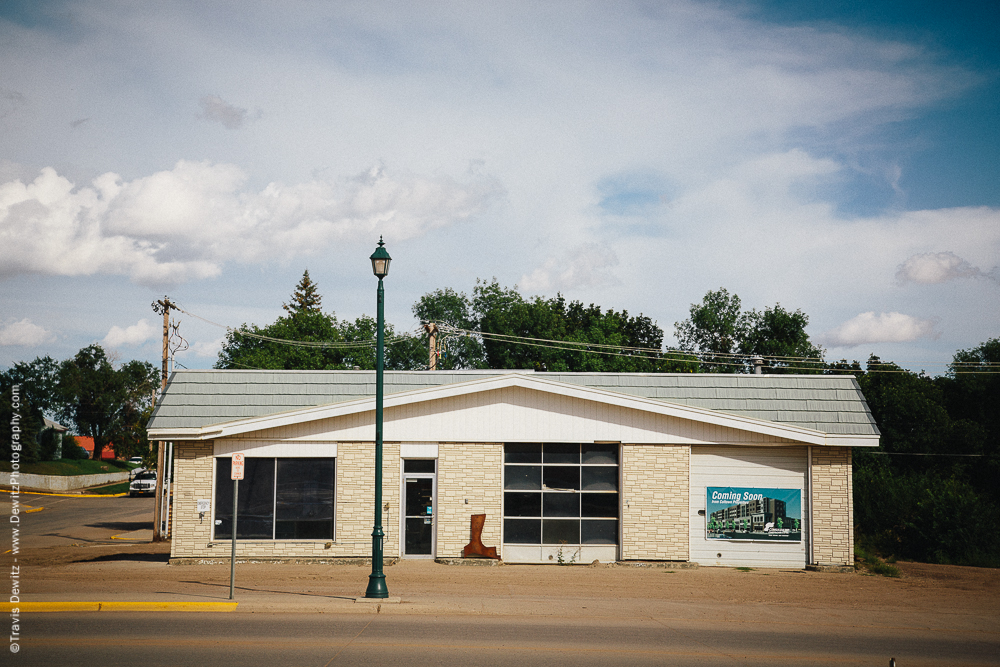
Soon to be Torn Down for New Apartments – Watford, ND

Crude Oil Tank Cars – Saint Paul, MN
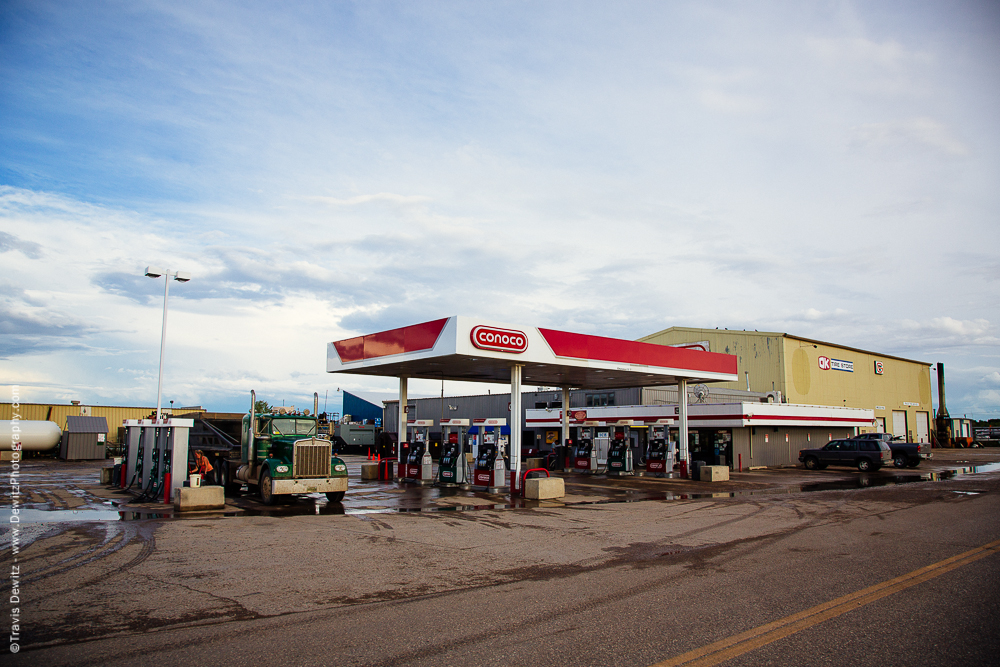
Busy Cenex Station in Williston
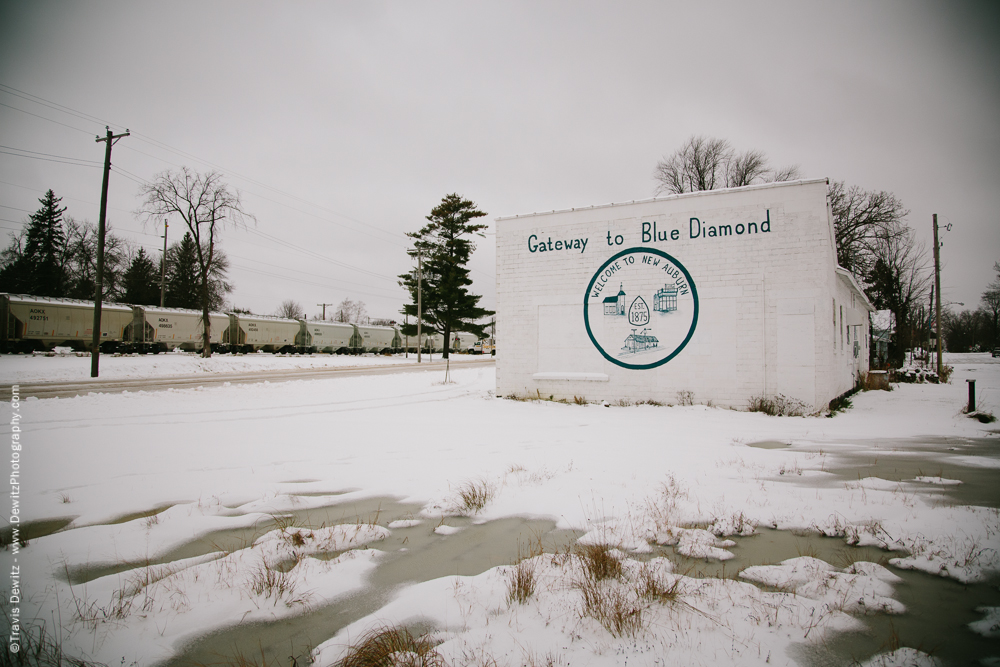
Sand Trains Going Through the Gateway to Blue Diamond – New Auburn, WI
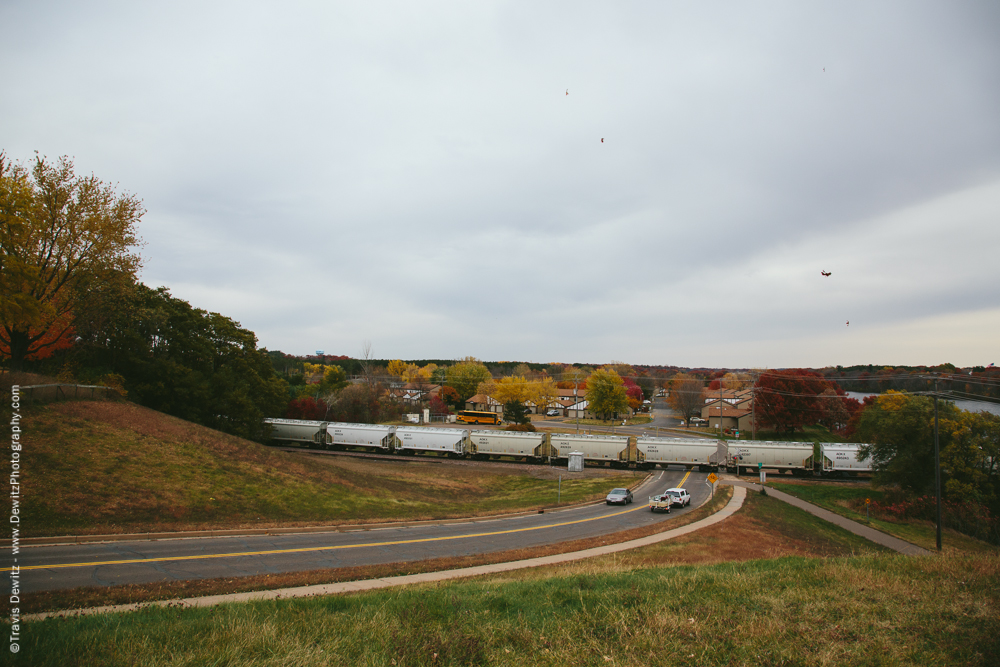
Sand Train Rolling Through Chippewa Falls
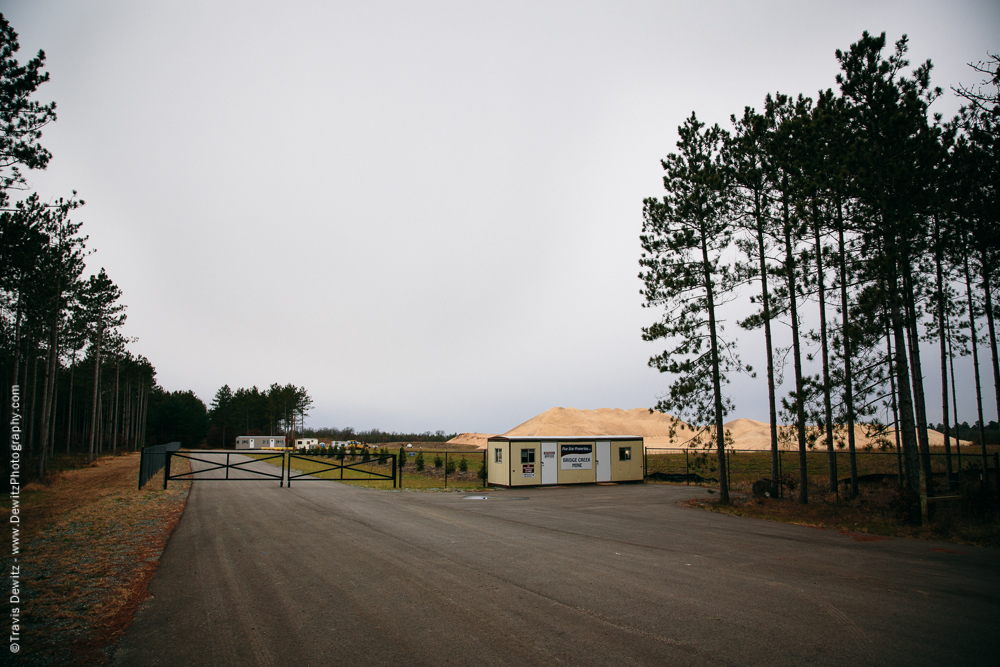
Bridge Creek Mine
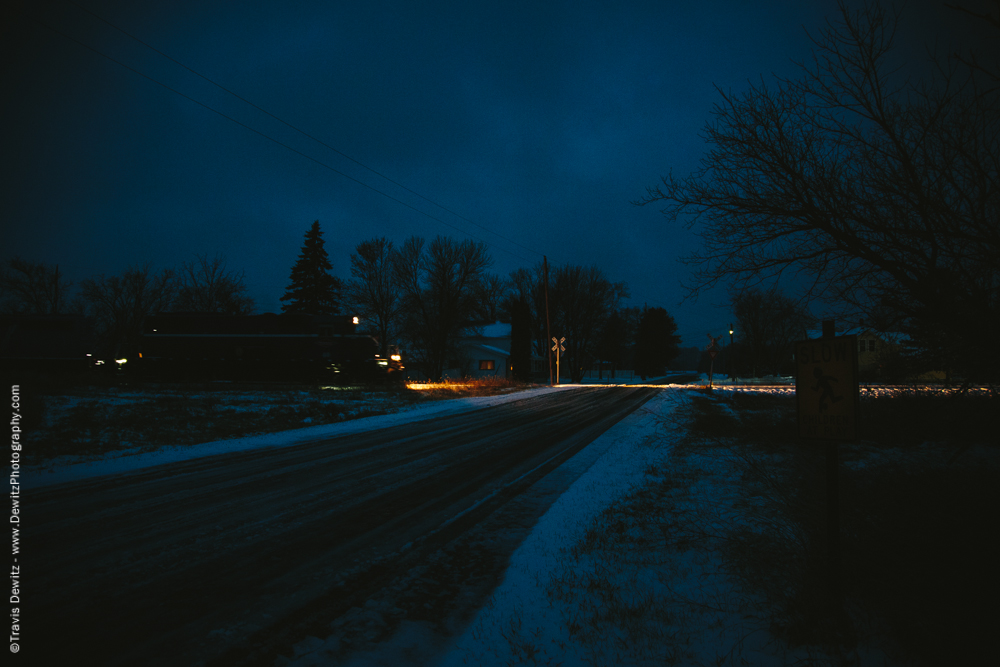
Sand Trains Passing Through the Night
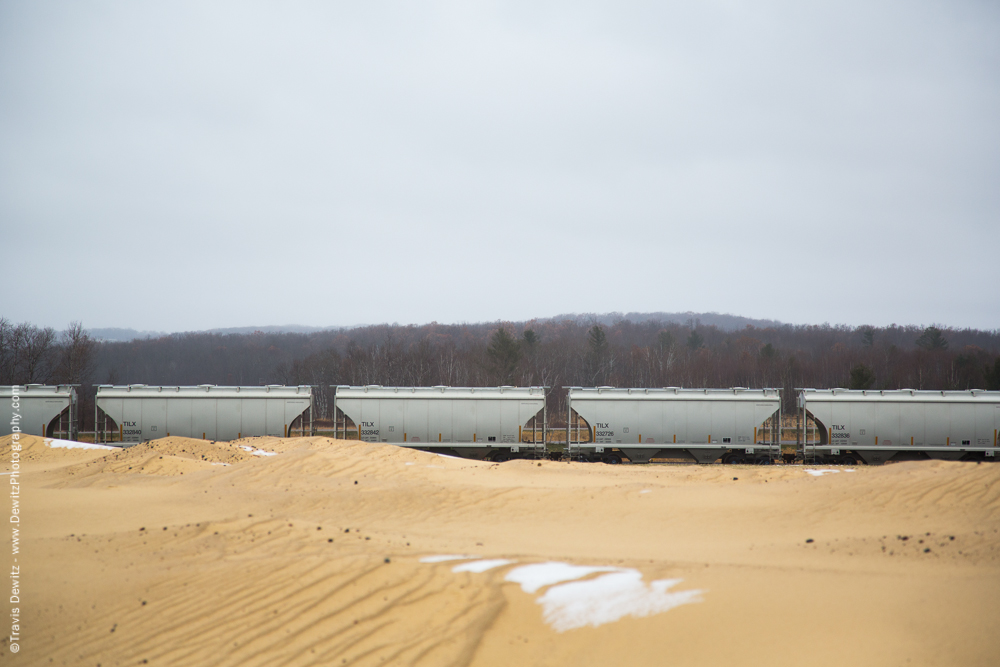
String of Sand Hoppers
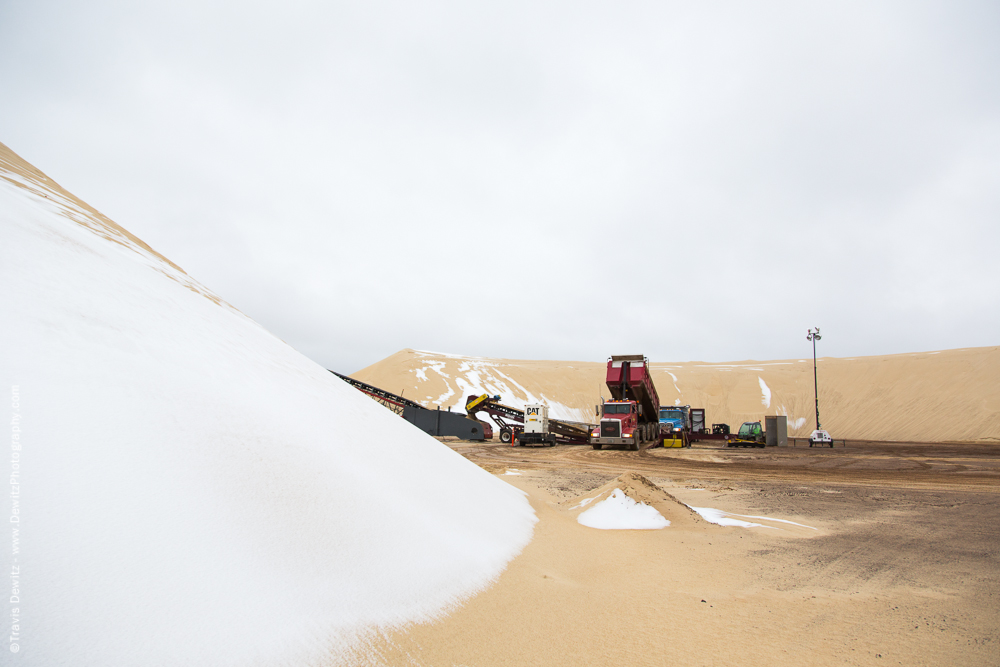
Dump Truck Unloading Sand
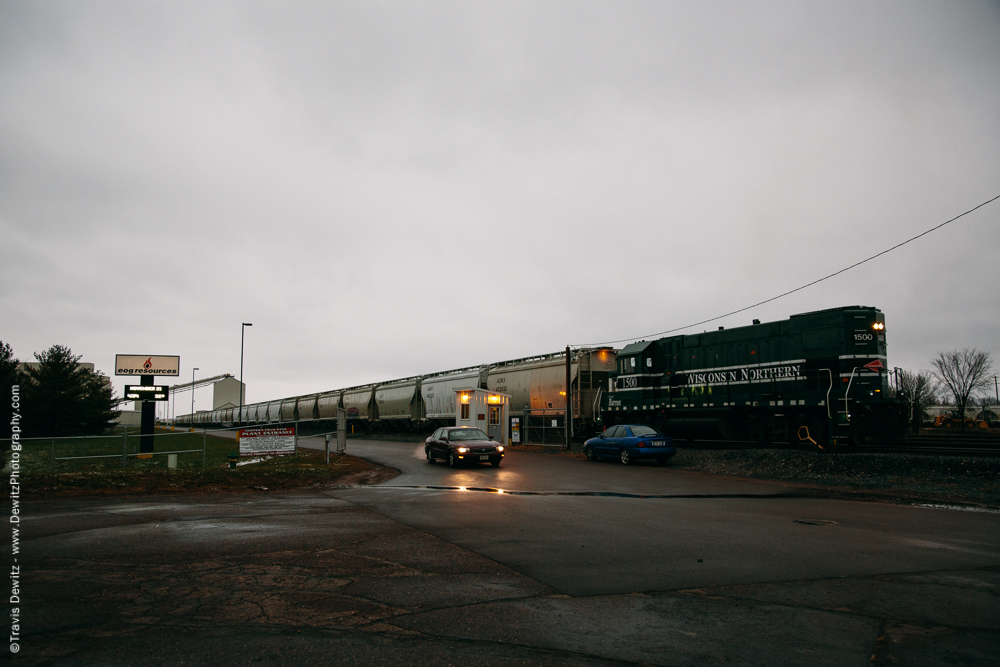
Wisconsin Northern Switching Sand Hoppers at EOG in Chippewa Falls
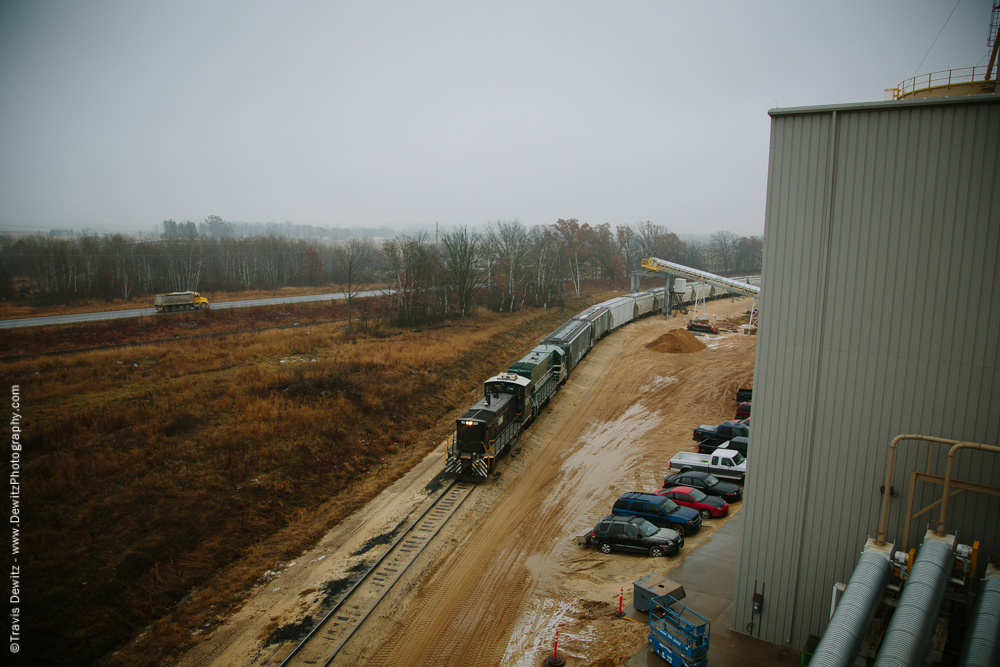
Loading Sand Cars
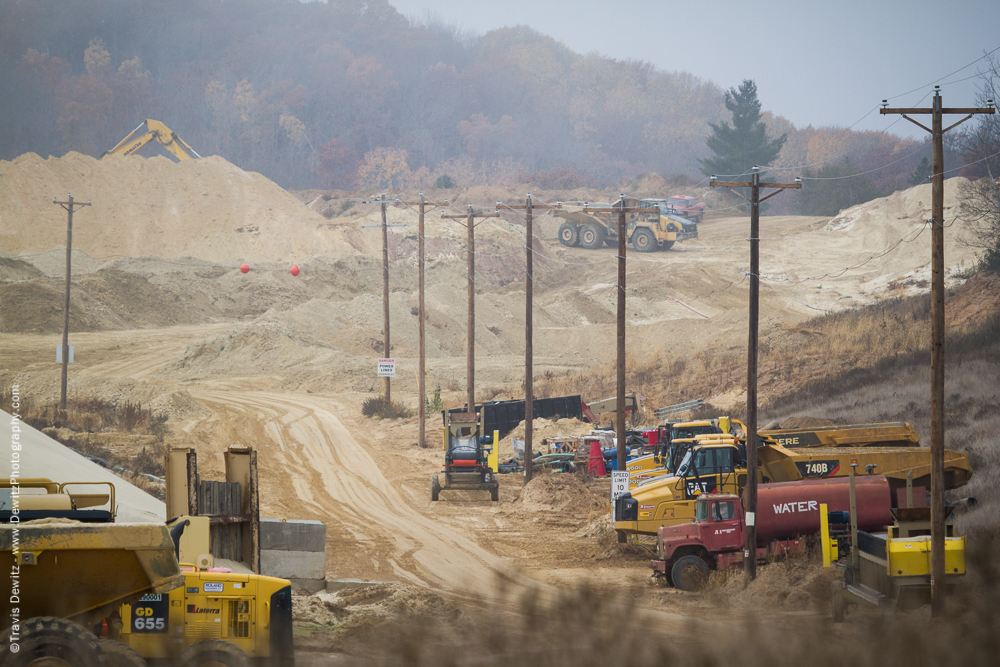
Frac Sand Mine Operation – Bloomer, WI
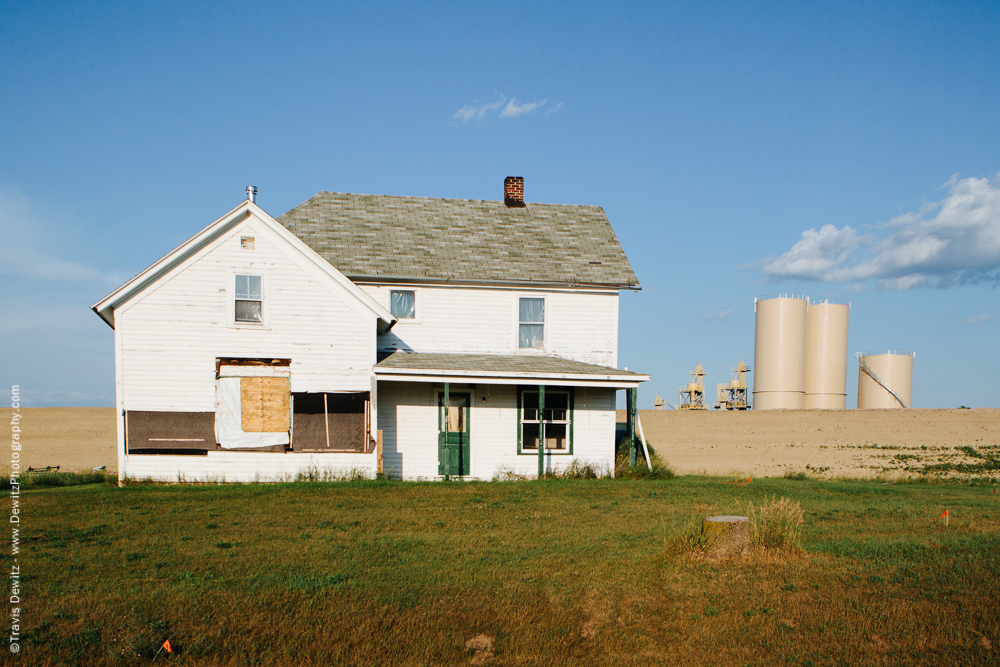
Abandoned House Next to Hi-Crush Plant – Augusta, WI
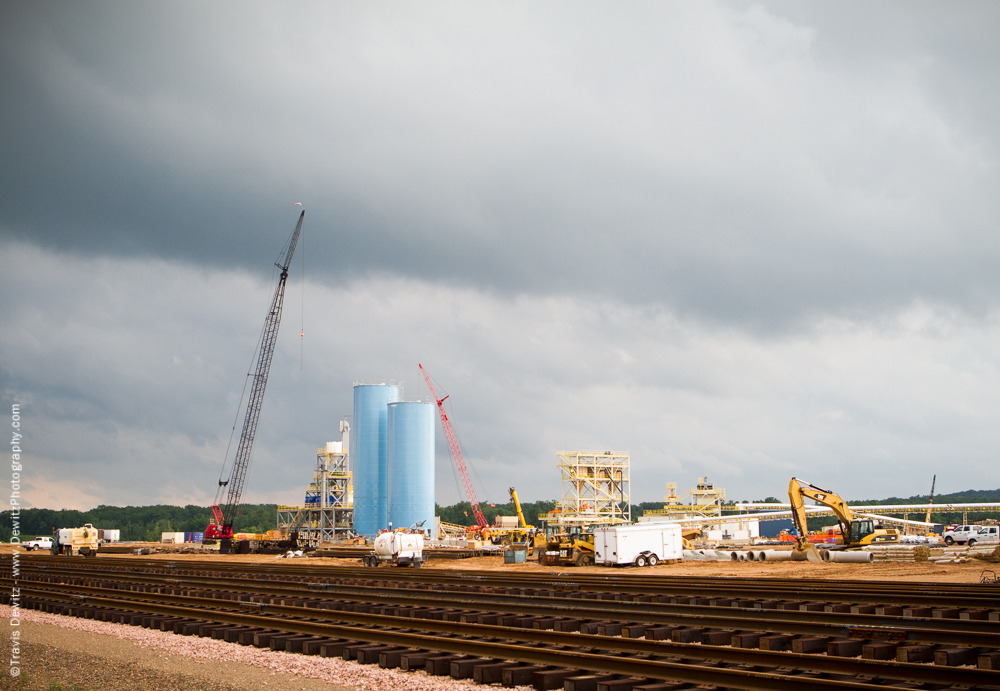
New Frac Sand Plant Construction – New Auburn, WI
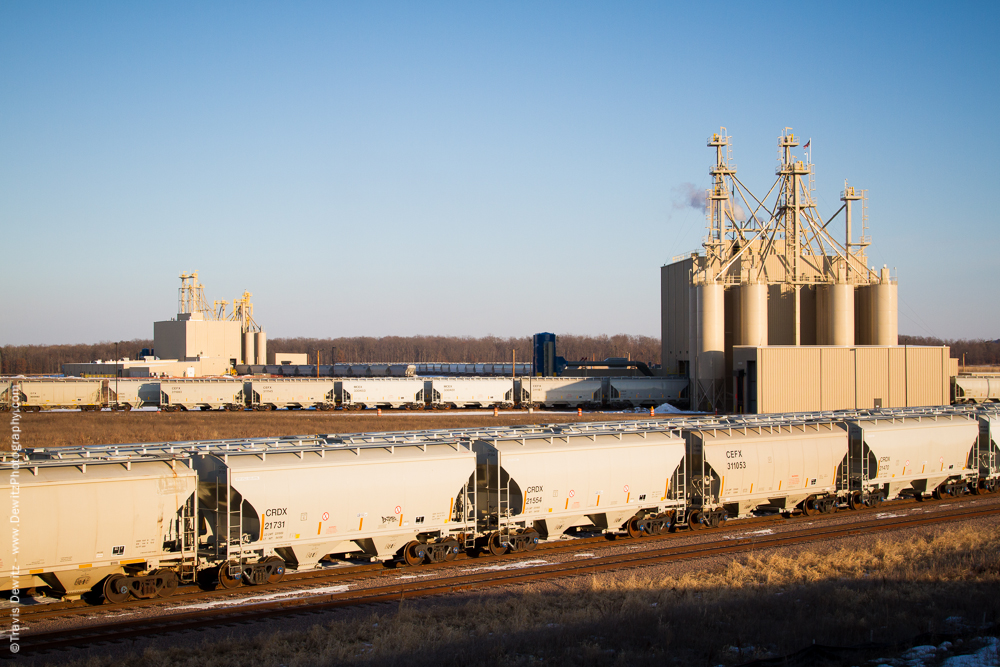
Atlas Proppants – Merrillan, WI
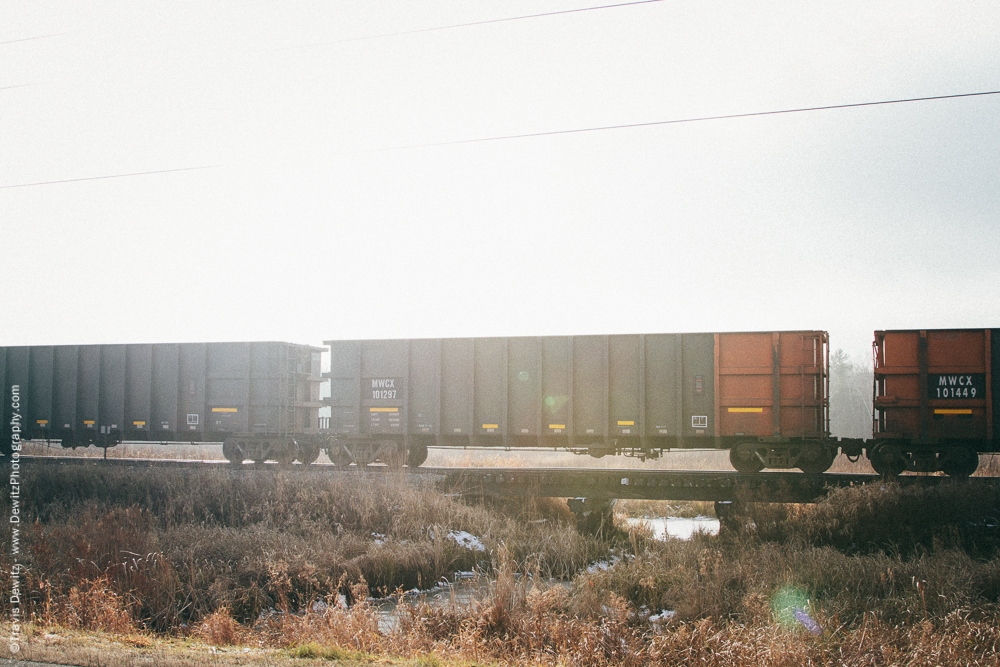
Open Railcars Used in the Beginning Due to Shortage
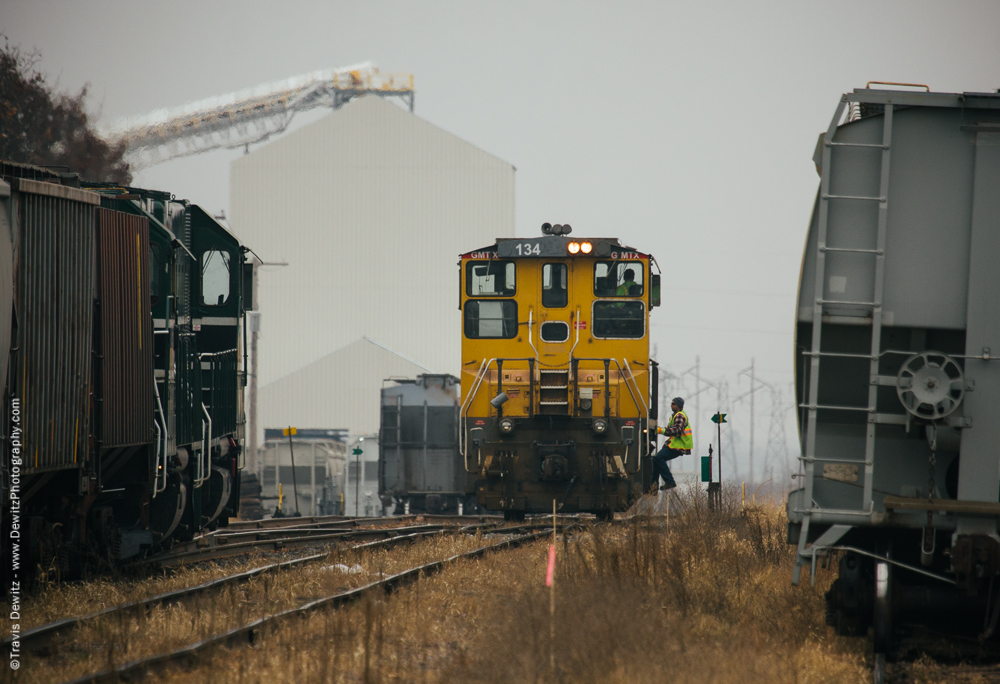
Wisconsin Northern Norma Yard
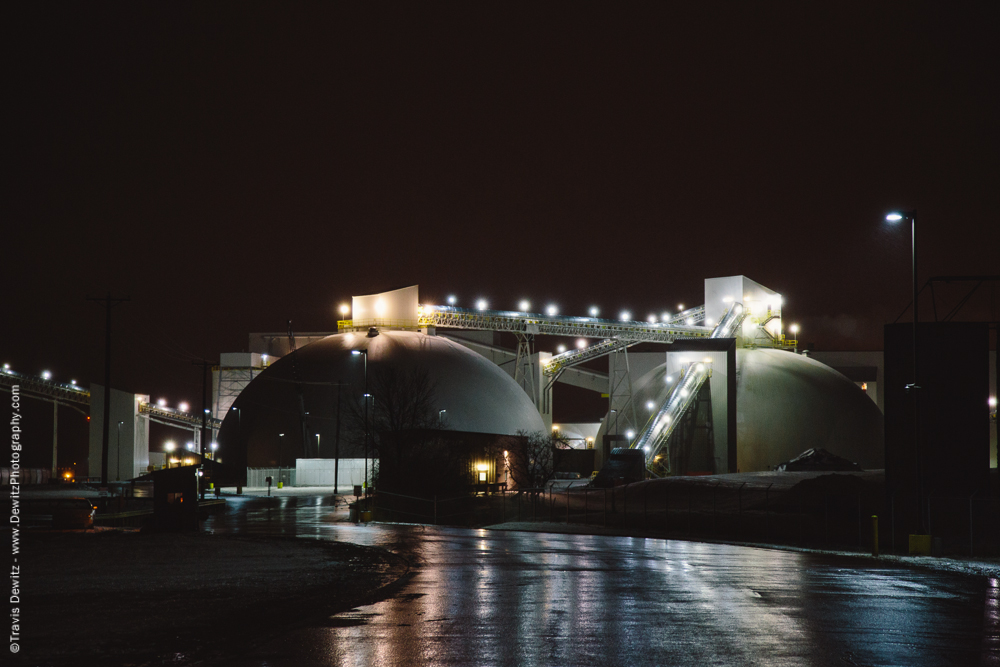
EOG Sand Facility at Night
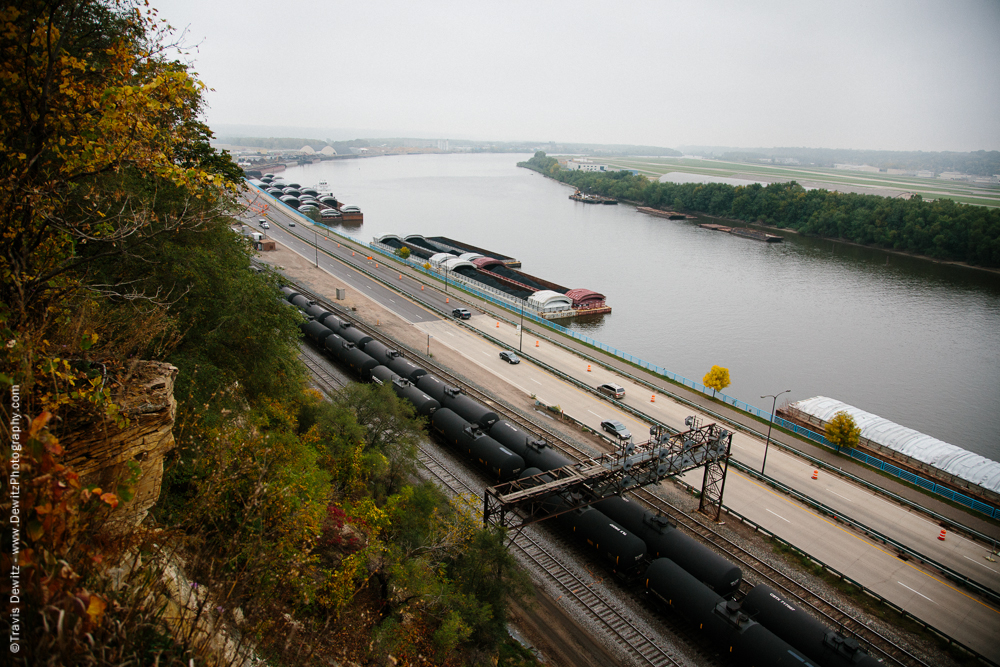
Oil Tank Railcars Along Mississippi River – St. Paul, MN
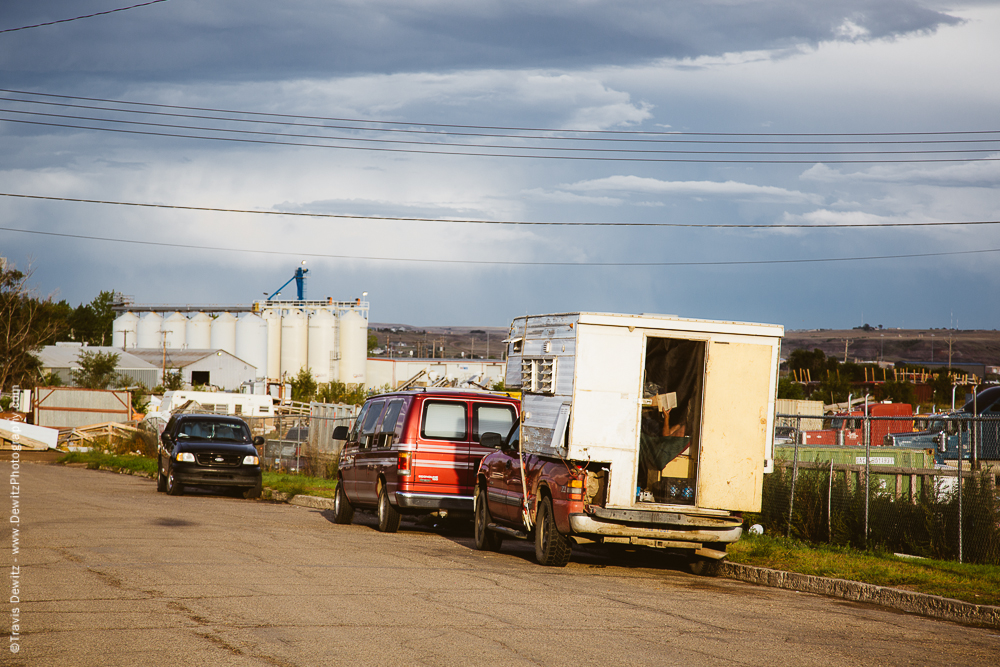
Oil Worker Reading in Truck Camper – Williston, ND
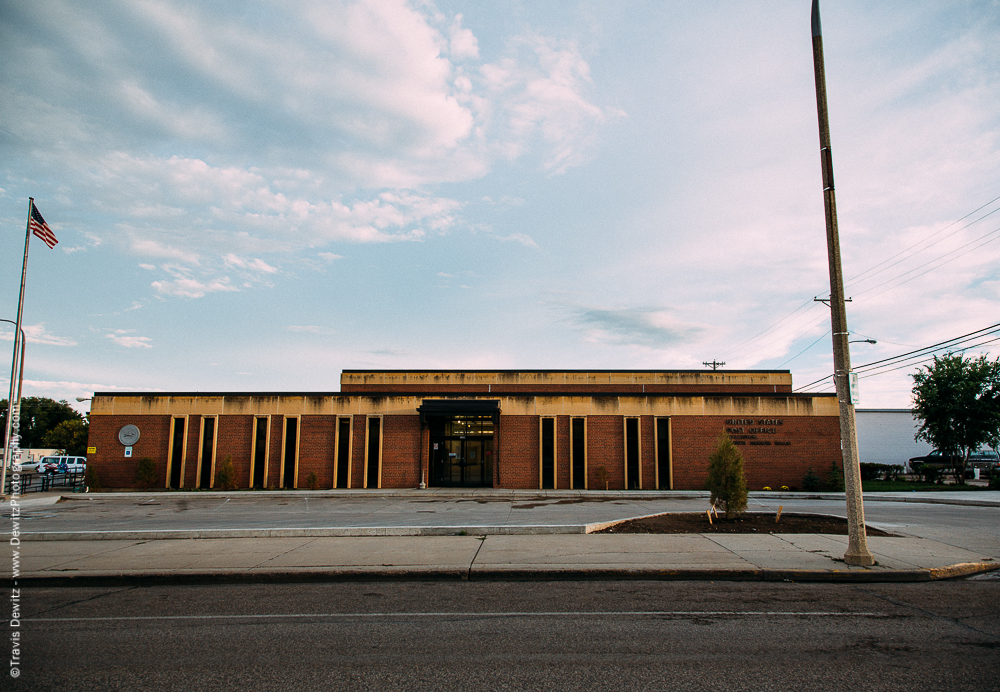
US Post Office in Williston
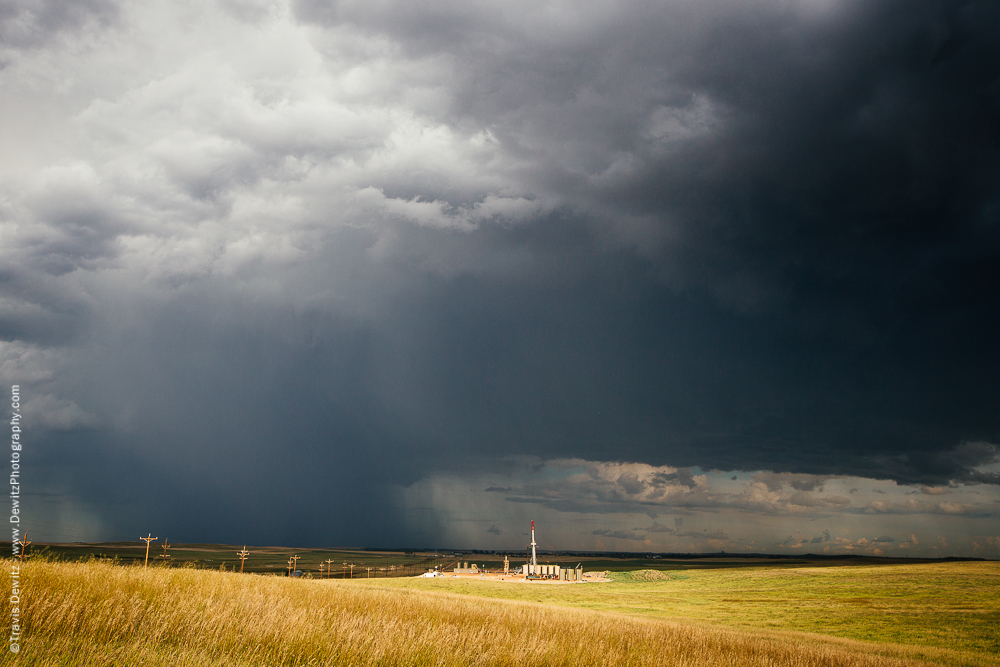
Thunderstorm Over Bakken Oil Rig
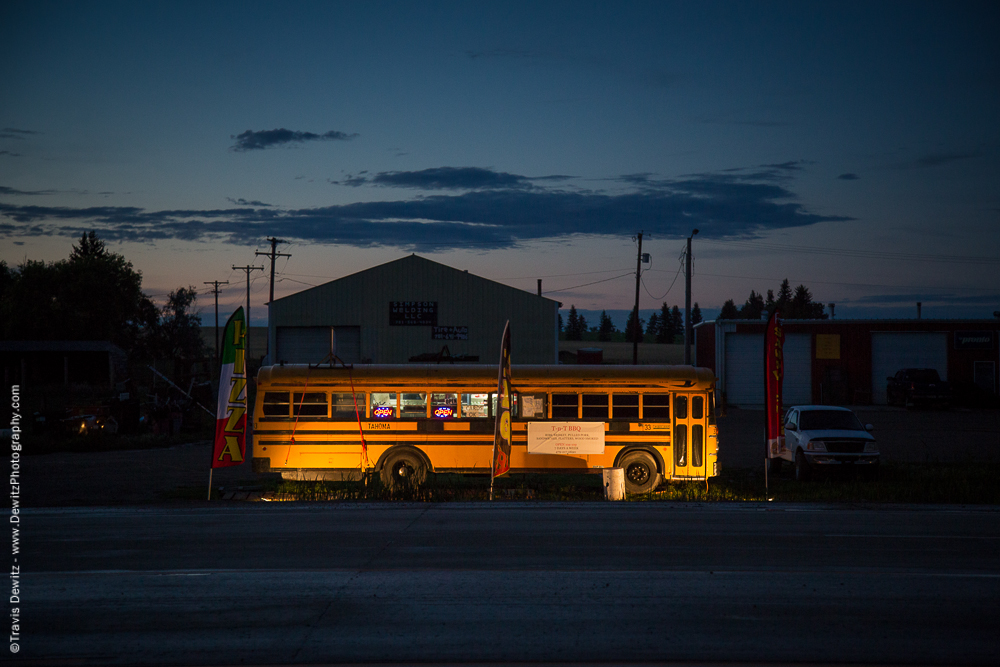
TNT BBQ Along Highway 2
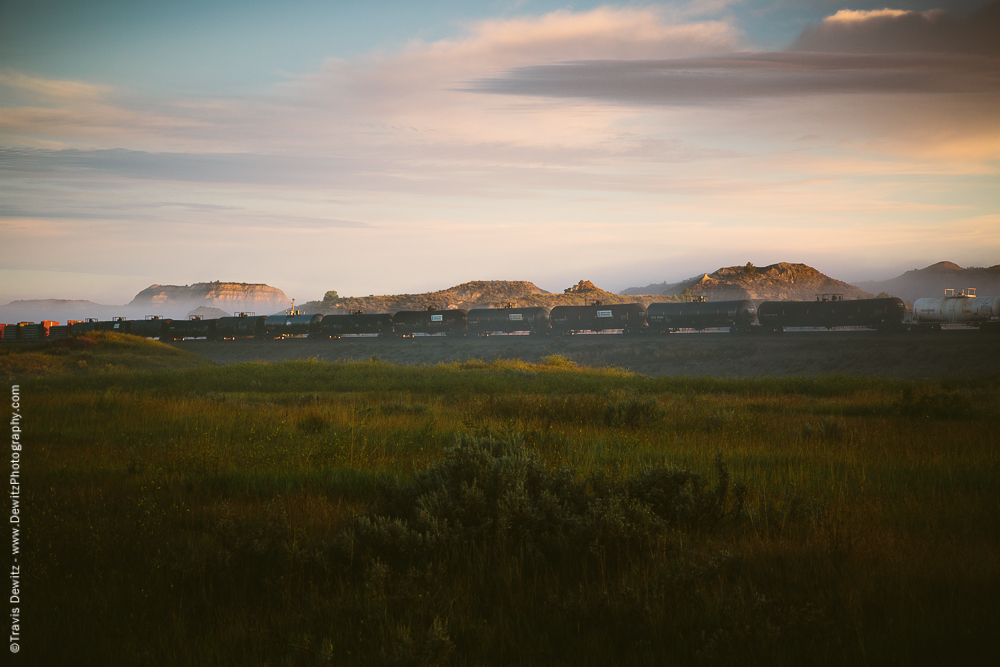
Tank Cars in the Fog
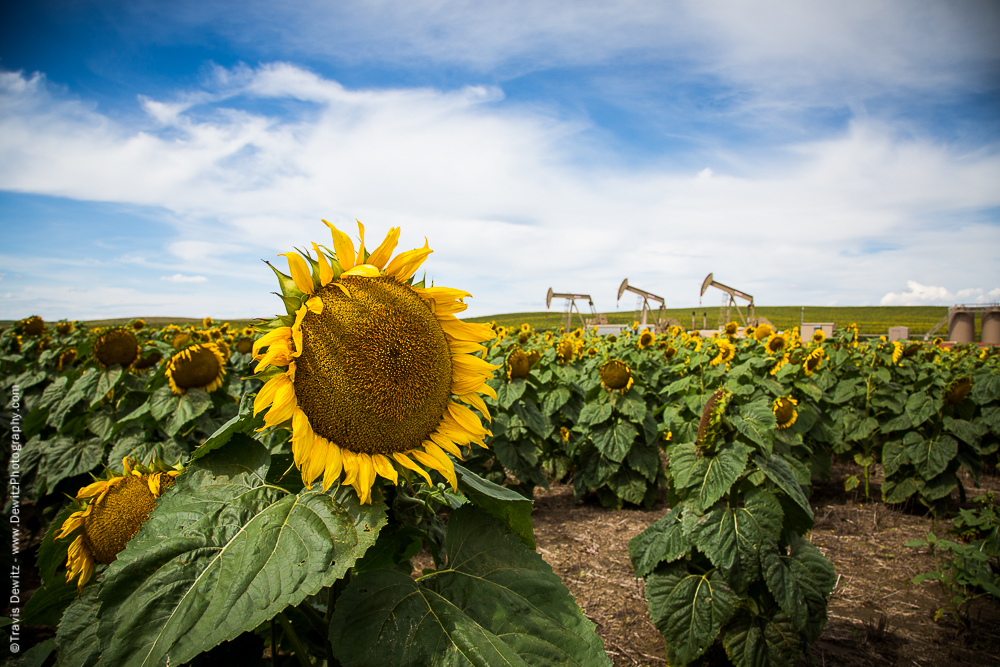
Sunflowers and Jackpumps
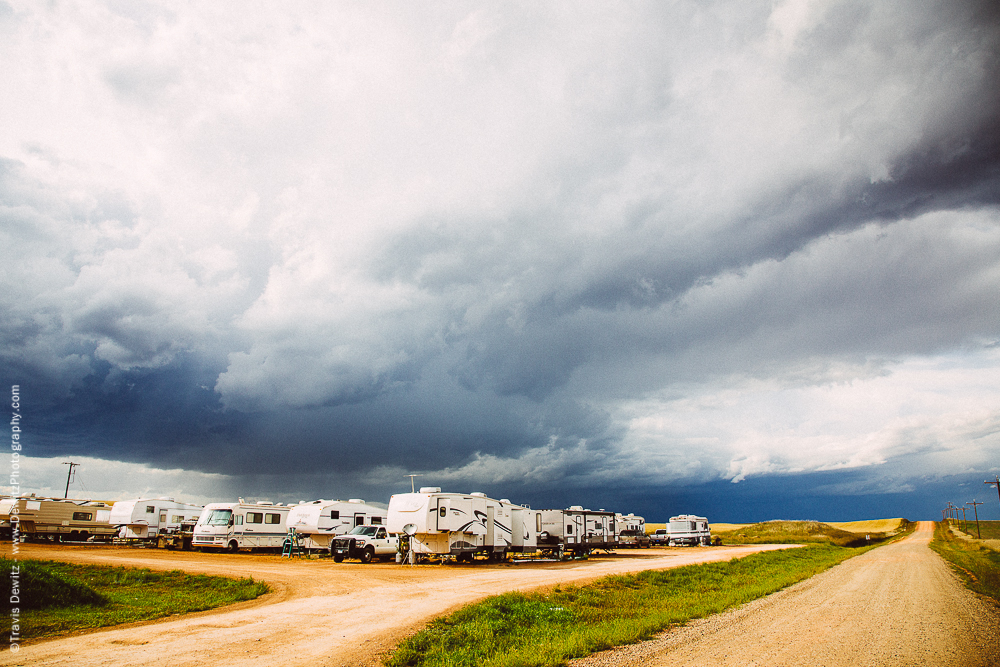
Storm Hits Oil Worker Camp Ground
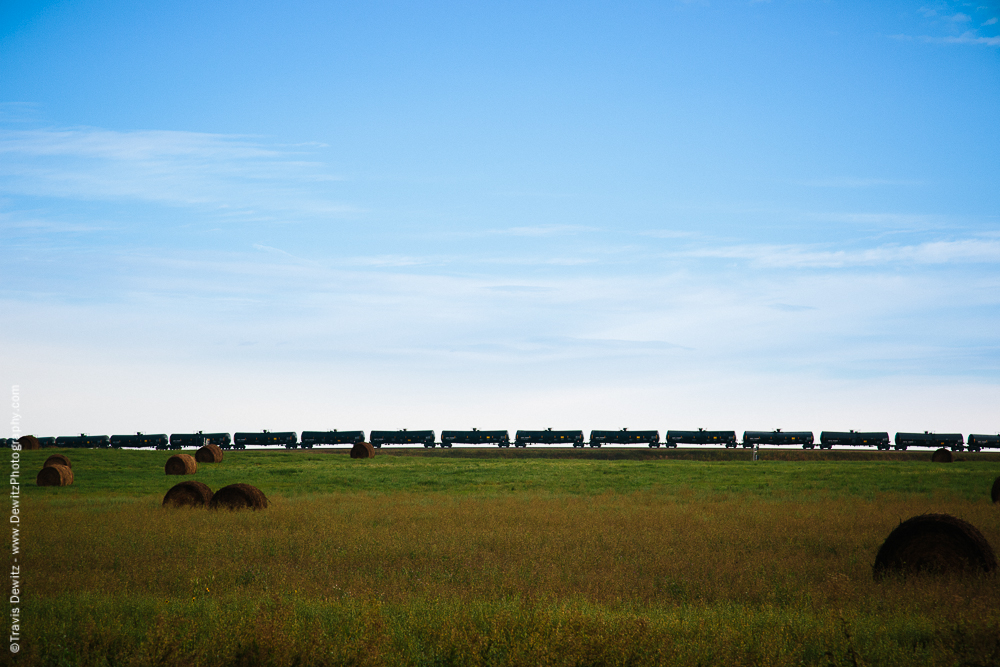
String of Oil Cars
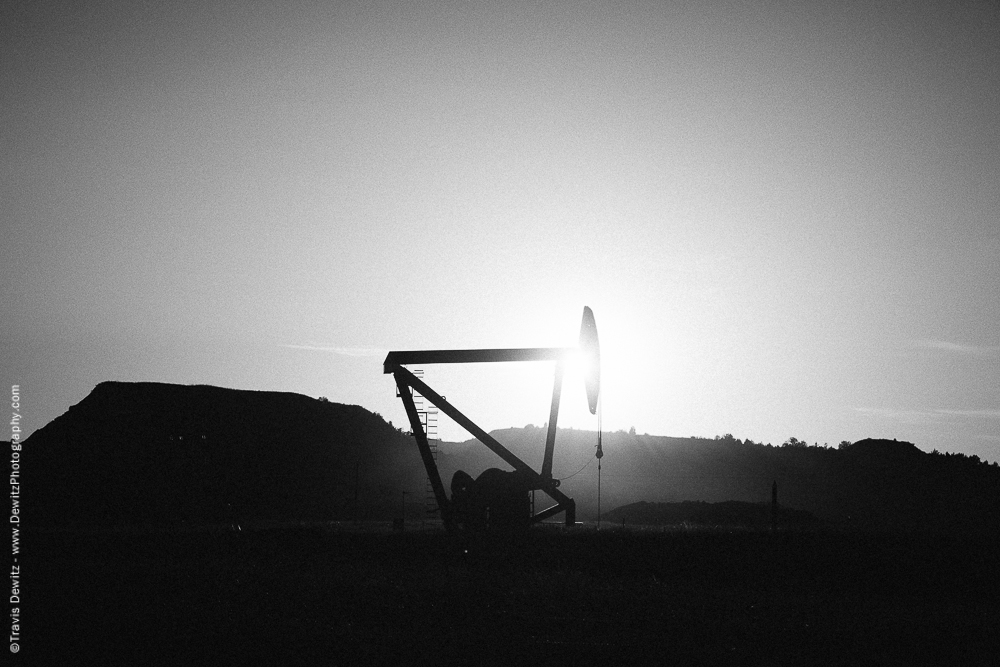
Sun Strikes Jackpump
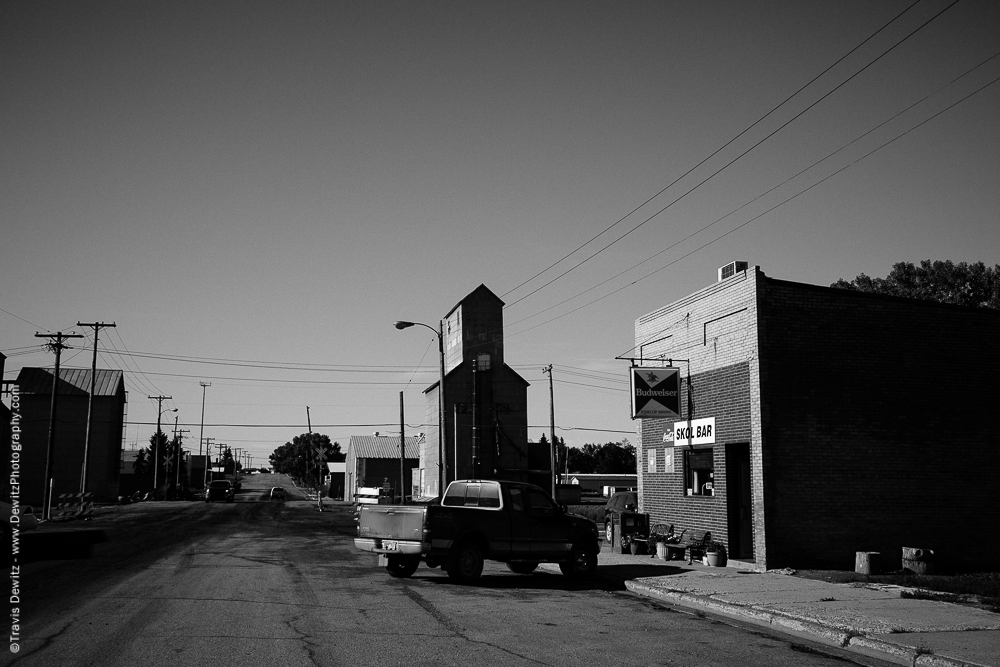
Skol Bar and Grain Elevator – Tioga, ND
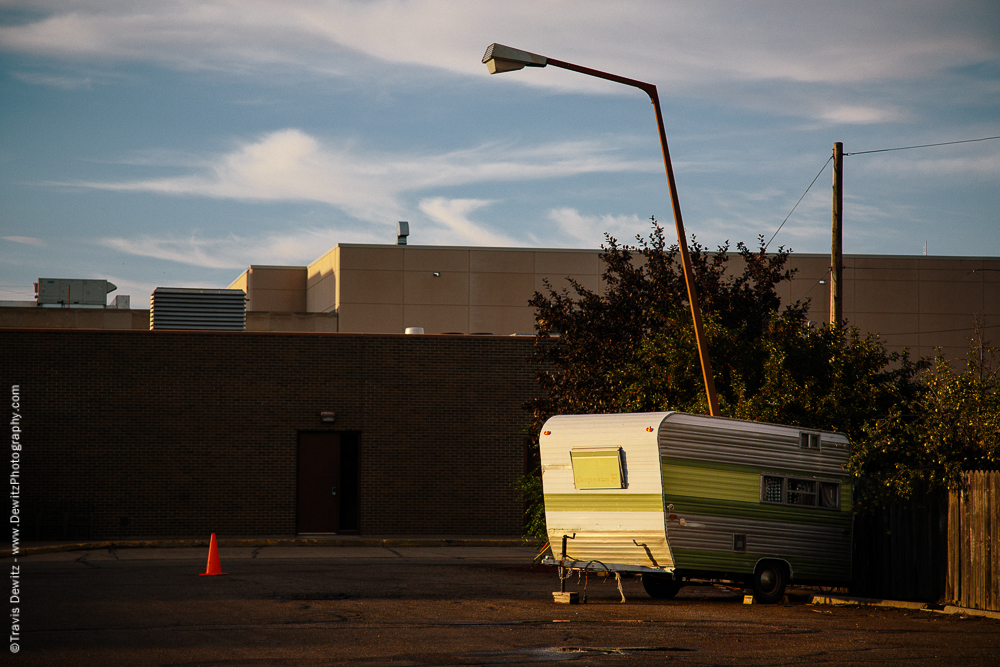
Small Camper in Empty Parking Lot – Williston, ND
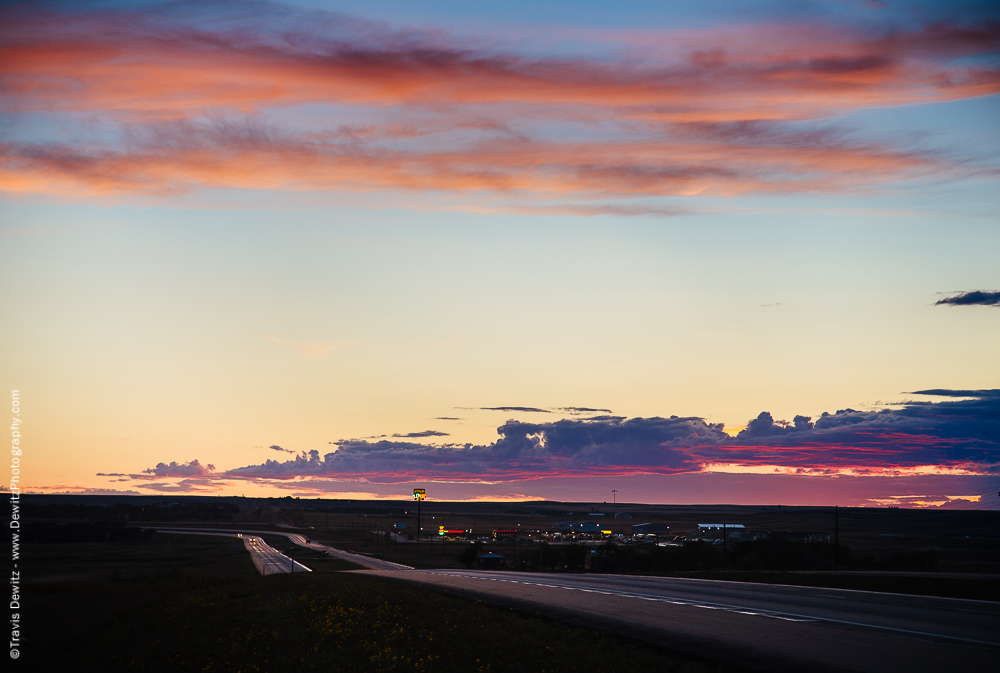
Open Plains Truck Stop in the Bakken
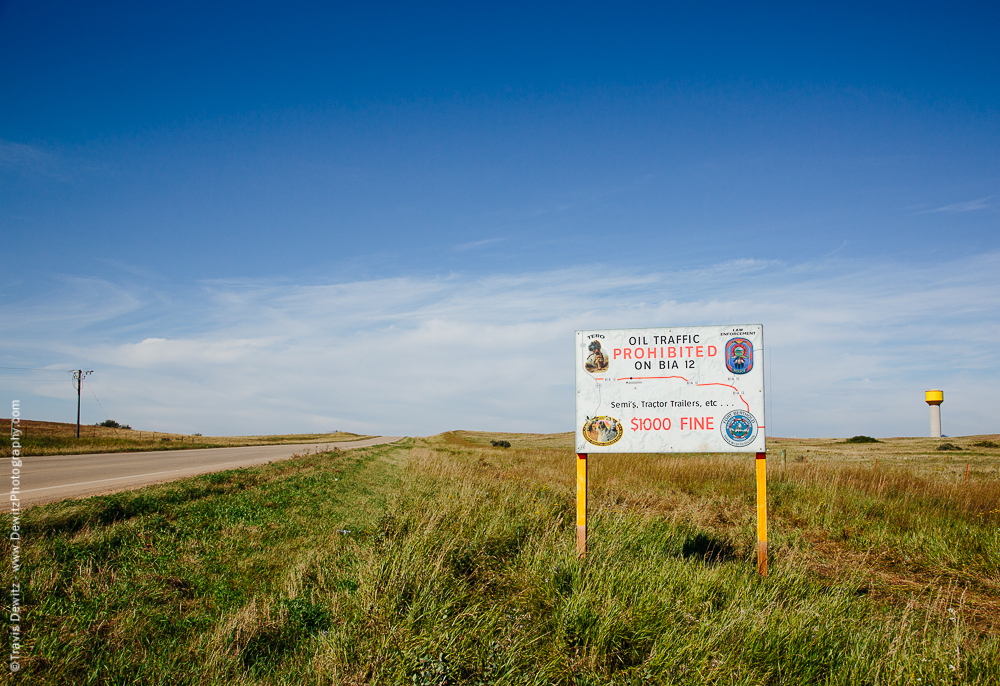
Oil Traffic Prohibited – Mandaree, ND
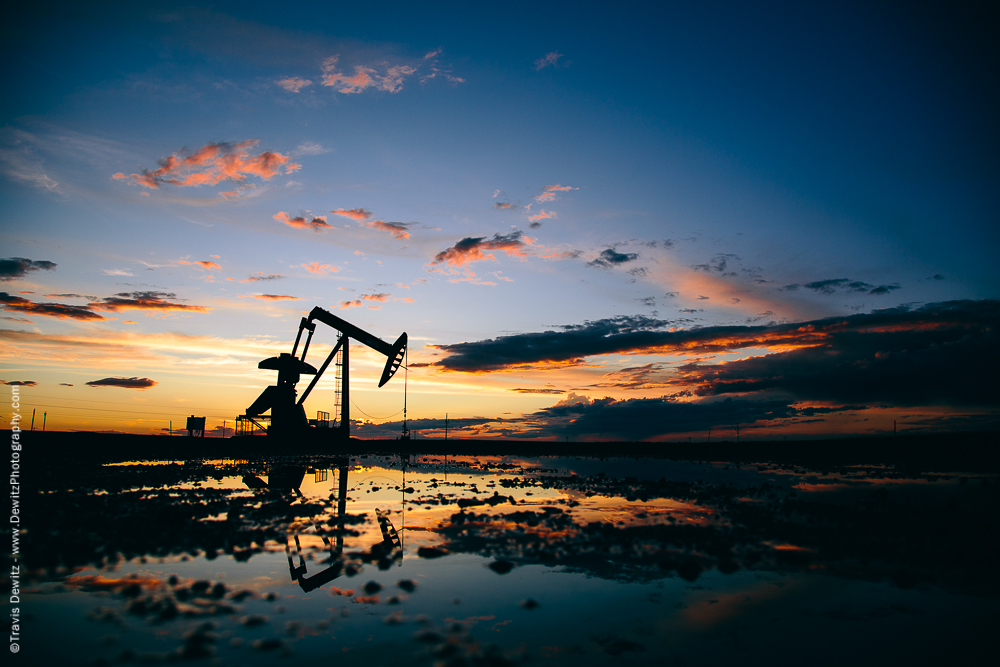
Jack Pump at Sunset
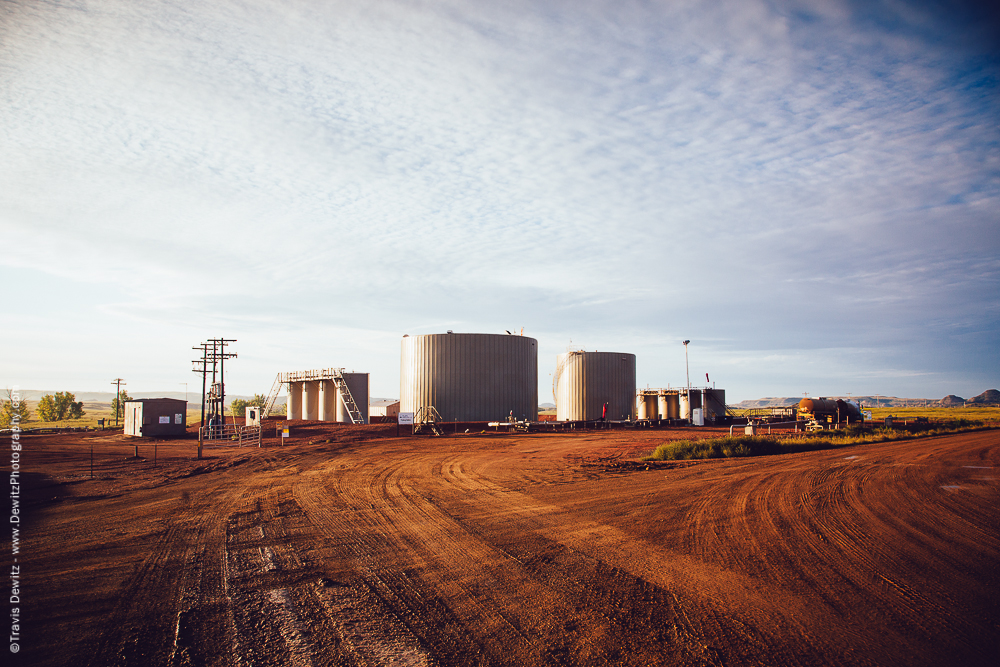
Oil Tank Site
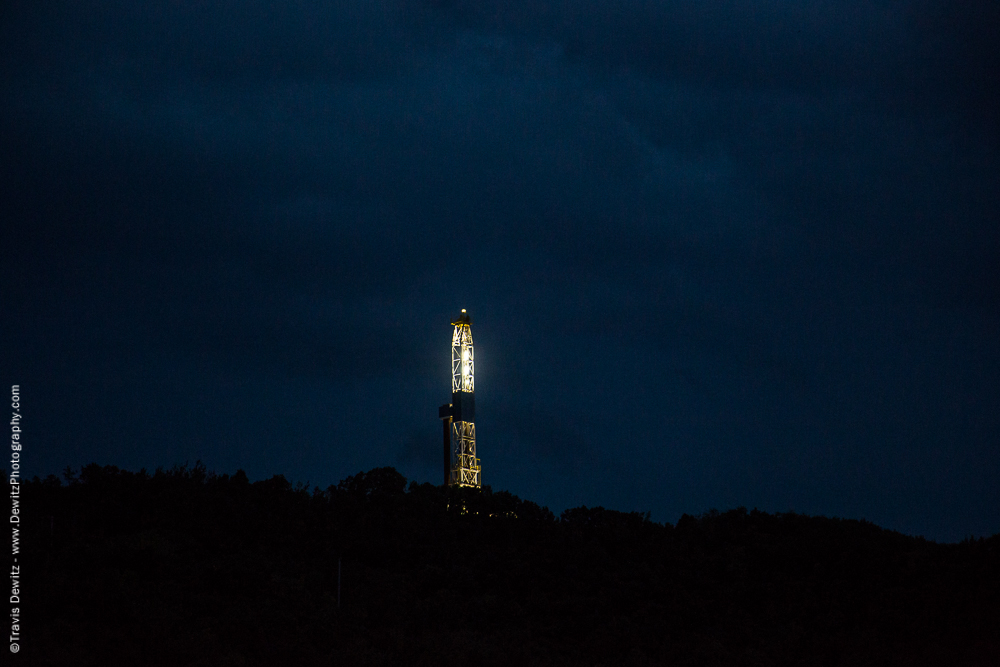
Oil Rig on Top of Hill
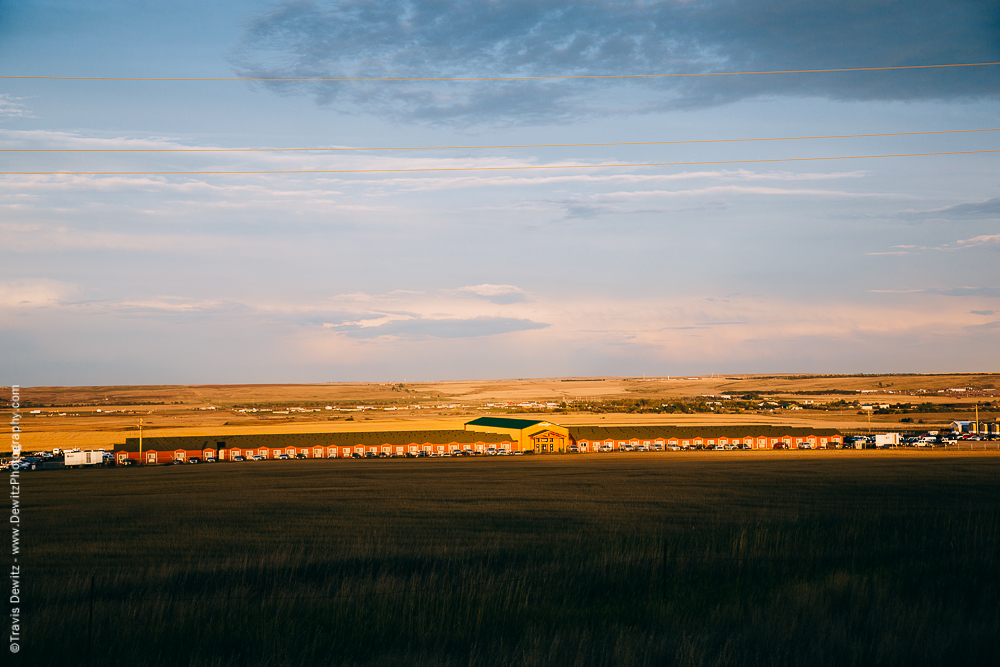
Man Camp Lodge in Williston, ND
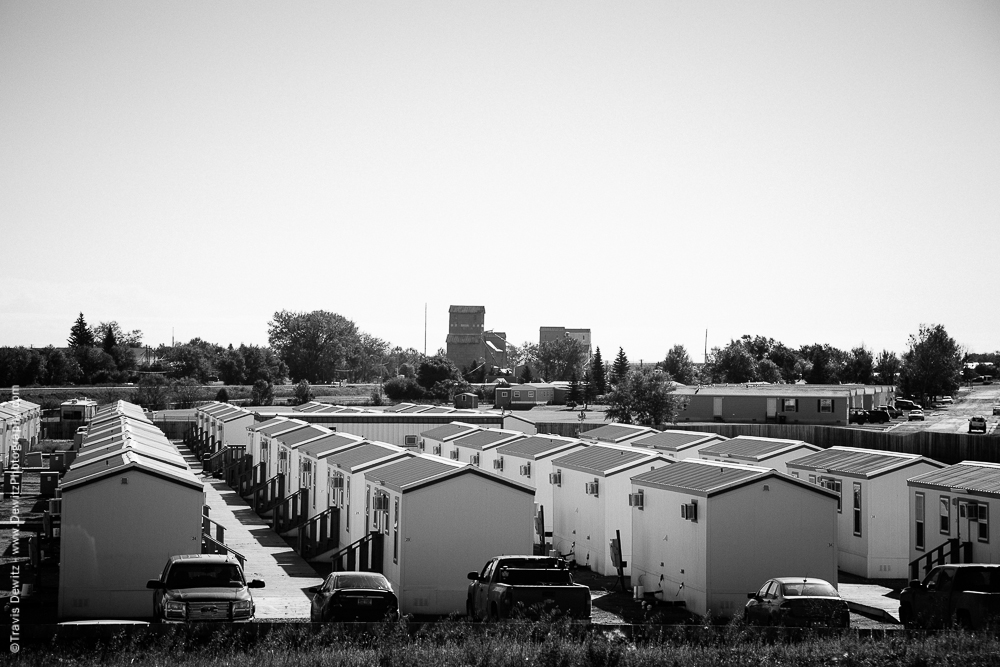
Man Camp in Tioga, ND
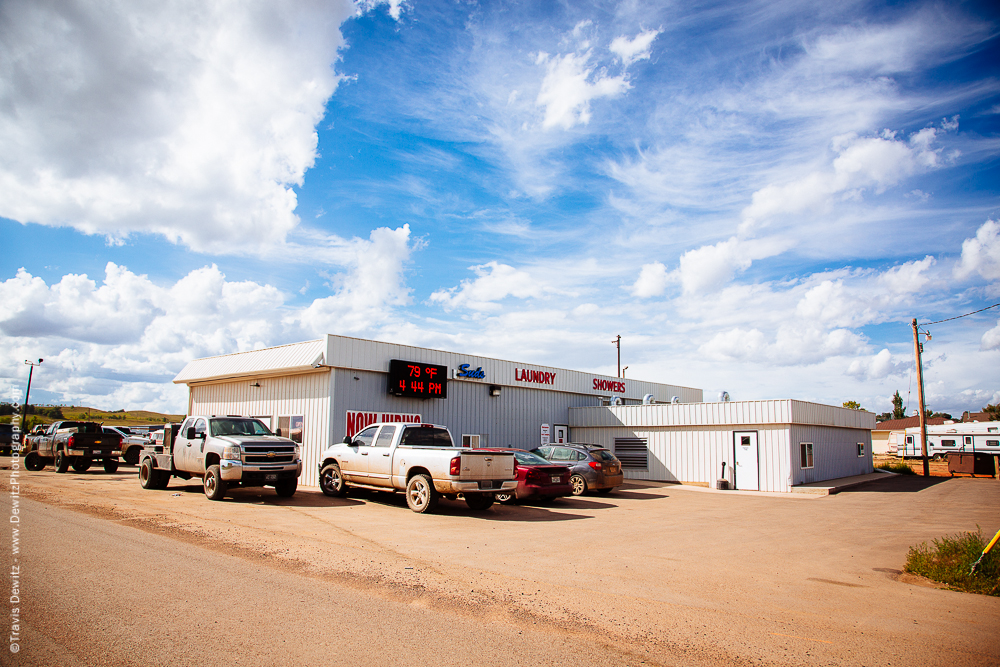
Laundry and Showers in Watford, ND
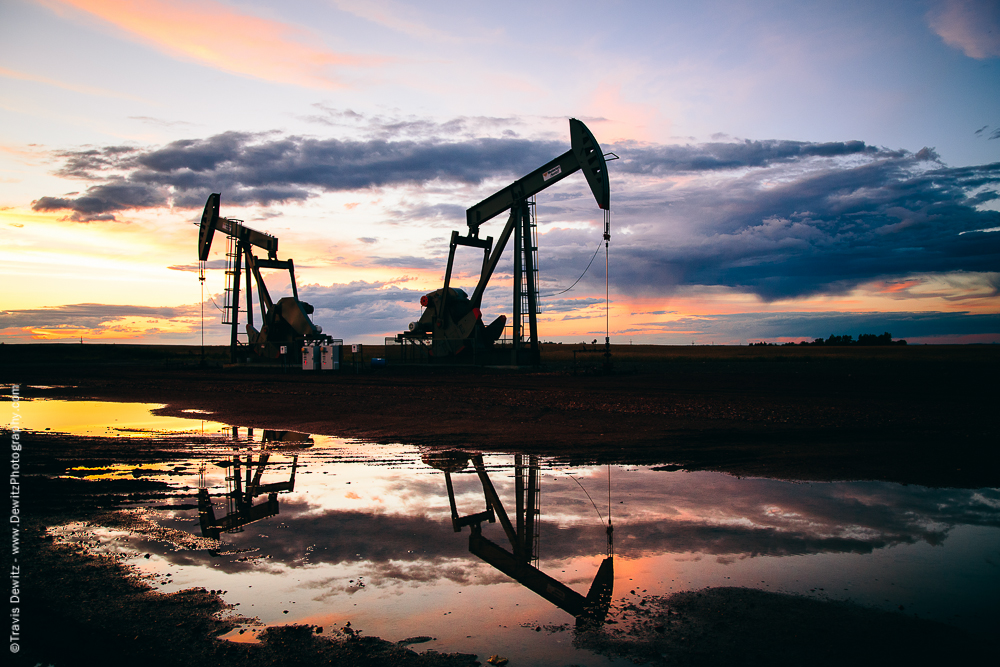
Jackpumps Work Back to Back
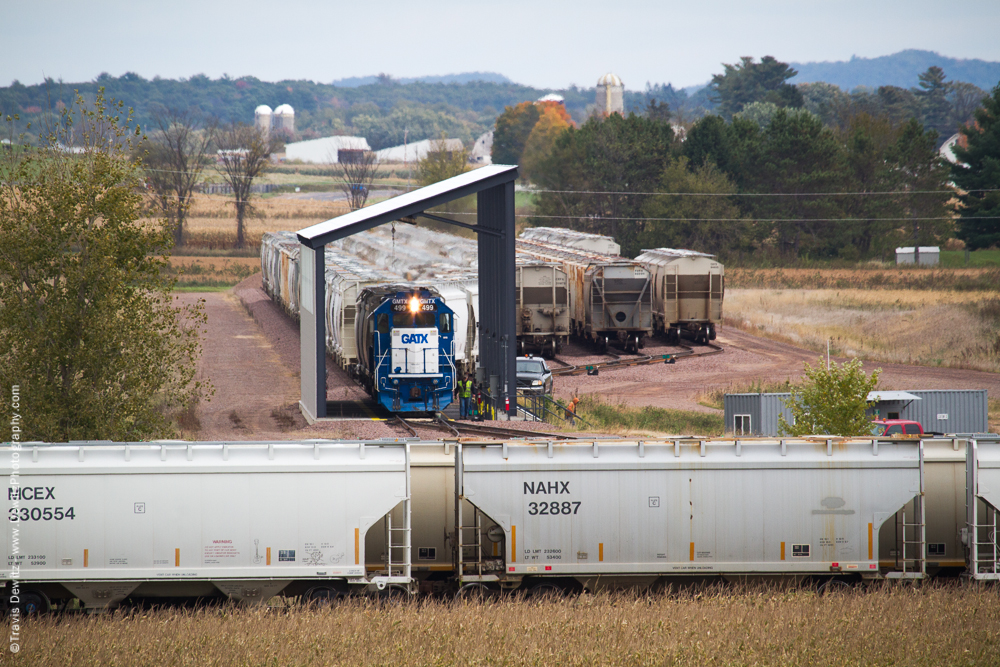
Loading Facility – Taylor, WI
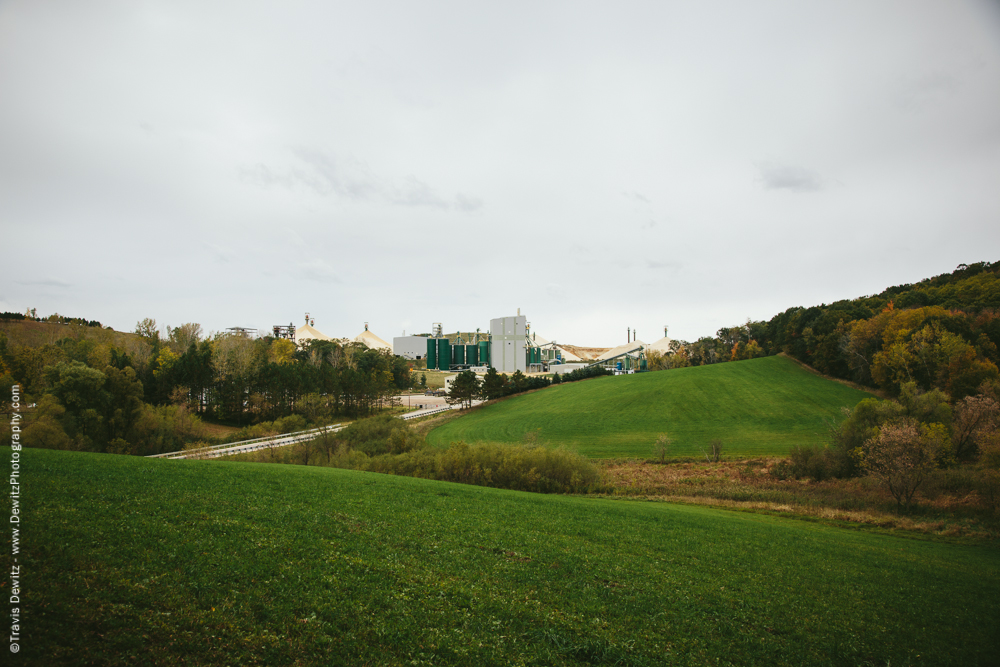
Sand Plant in the Hills Outside Taylor, WI
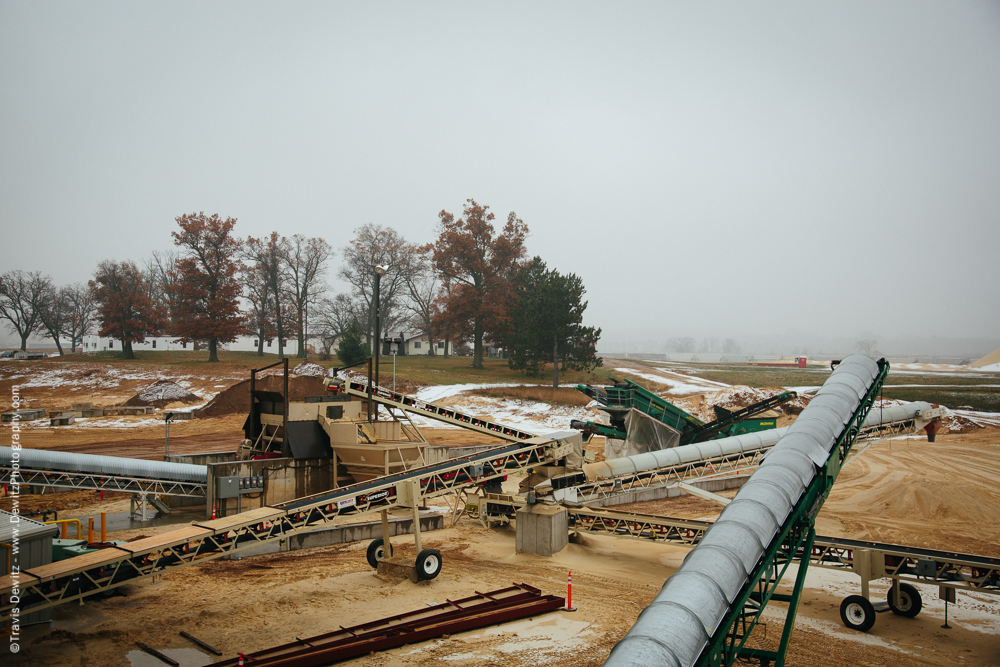
Sand Plant Conveyors
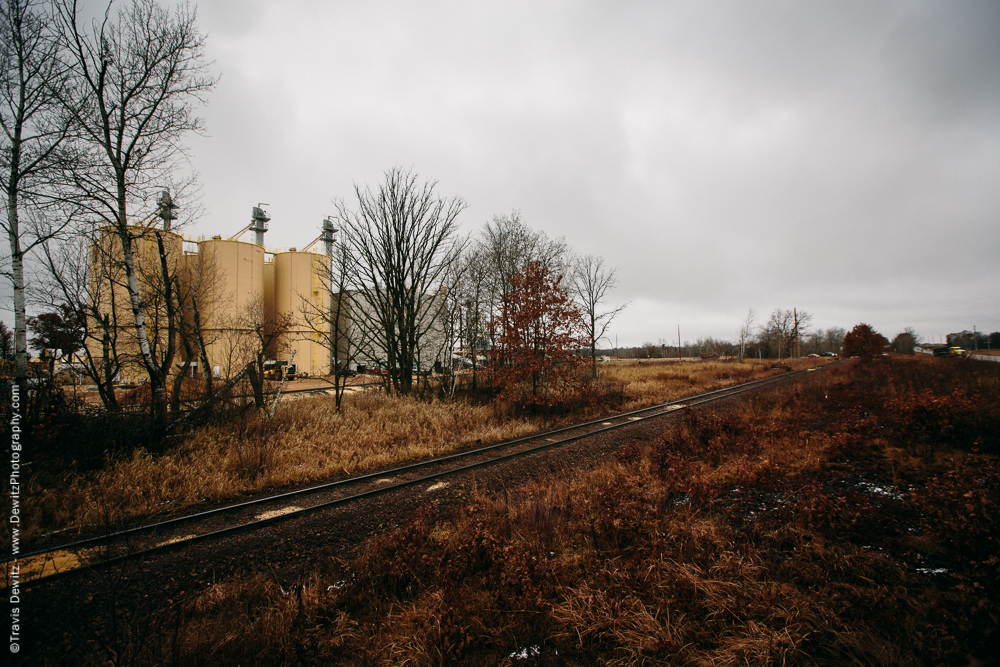
Chieftain Sand – New Auburn, WI
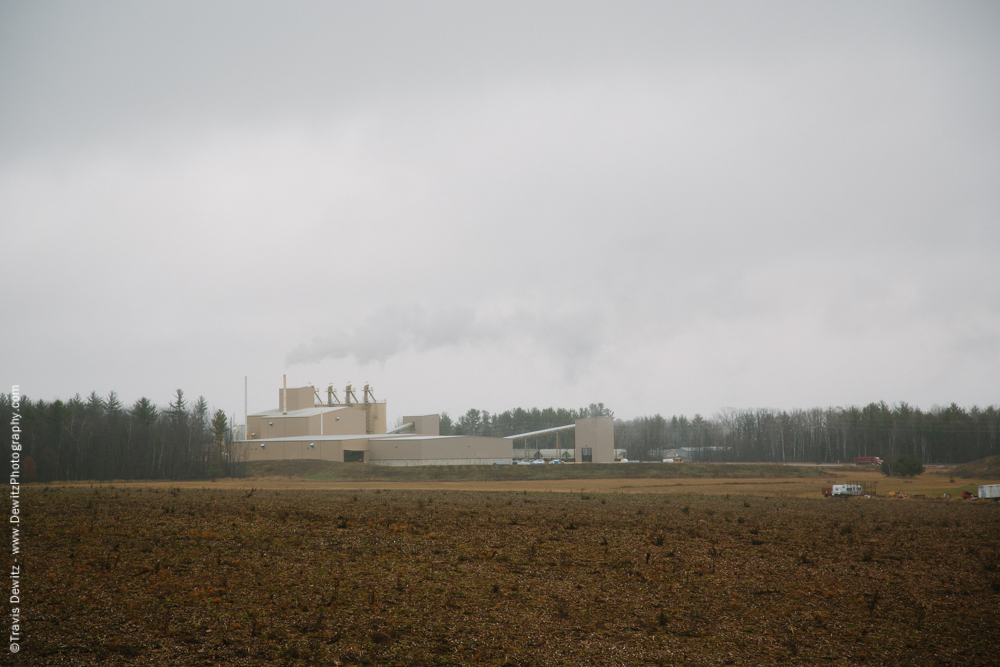
Superior Silica Sands – New Auburn, WI
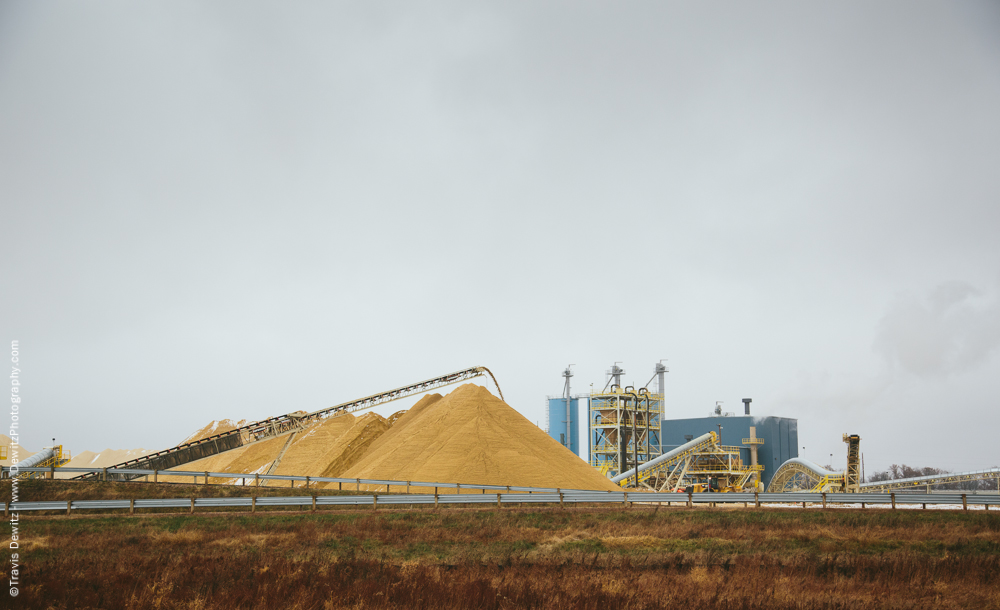
Great Northern Sand – New Auburn, WI
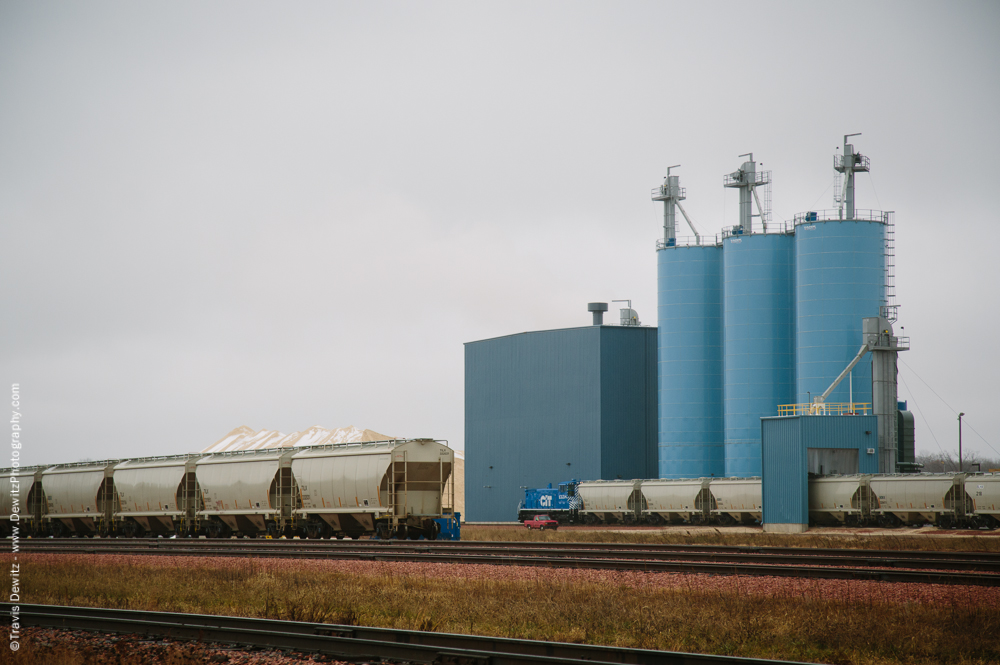
Loading Hoppers at Great Northern Sand in New Auburn
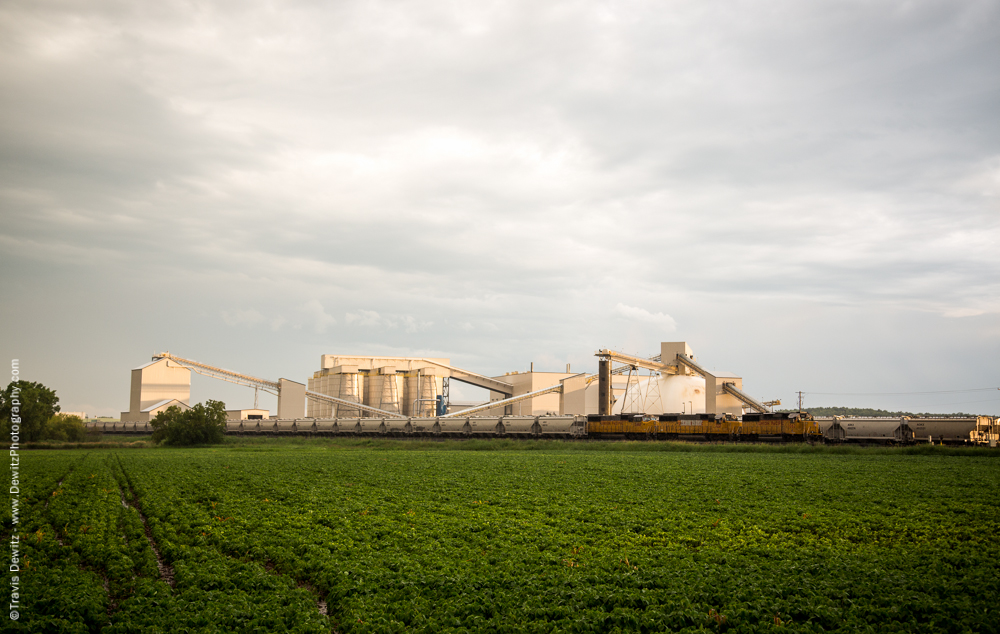
Planted Field – EOG in Chippewa Falls
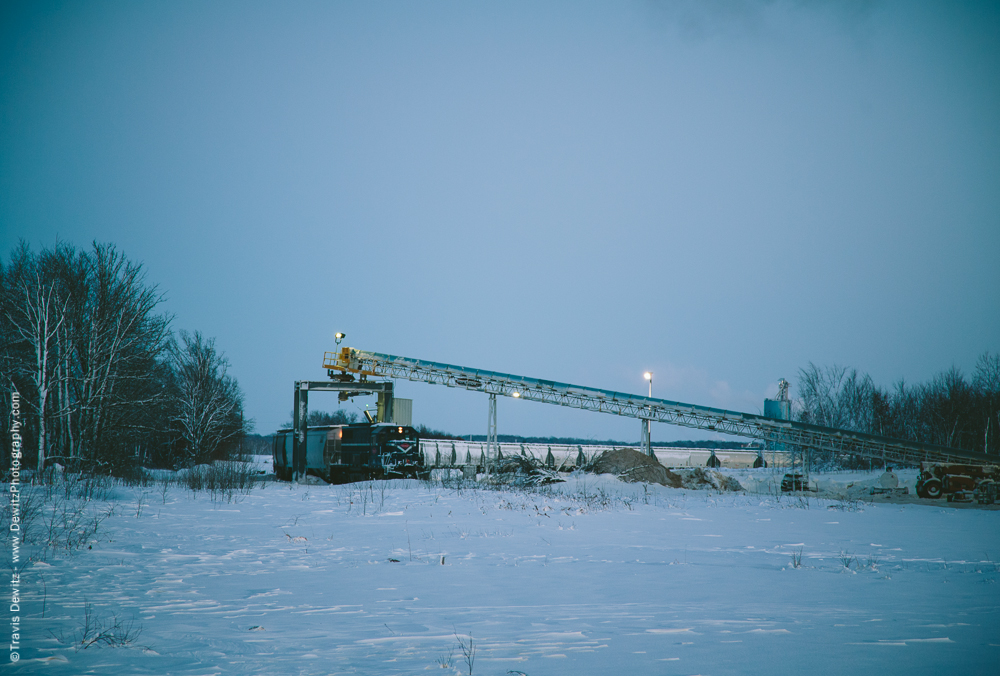
Loading Sand in the Winter
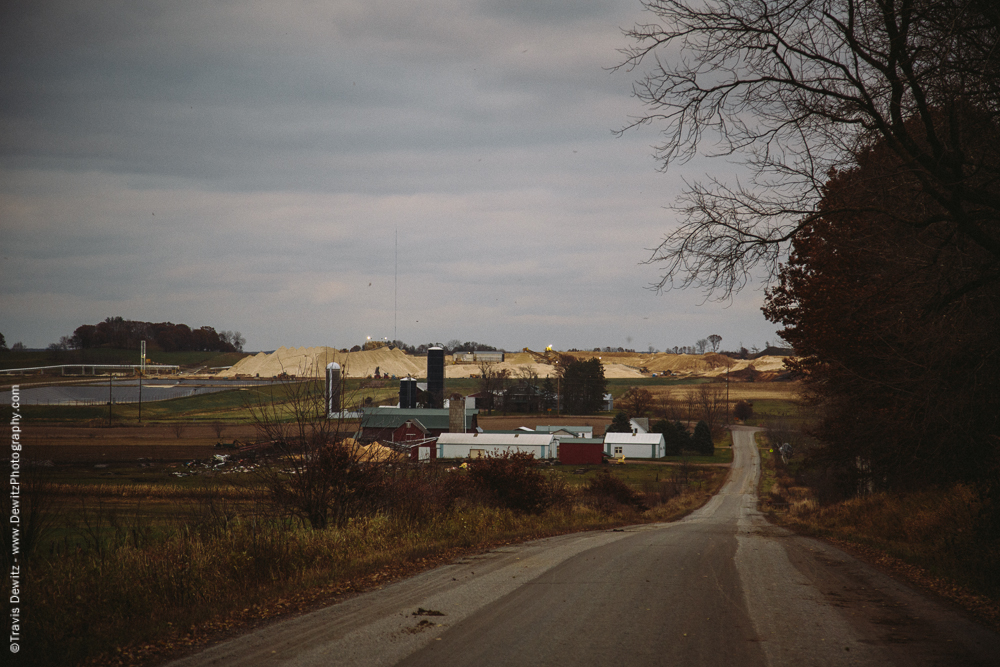
Sand Plant in Farm Country
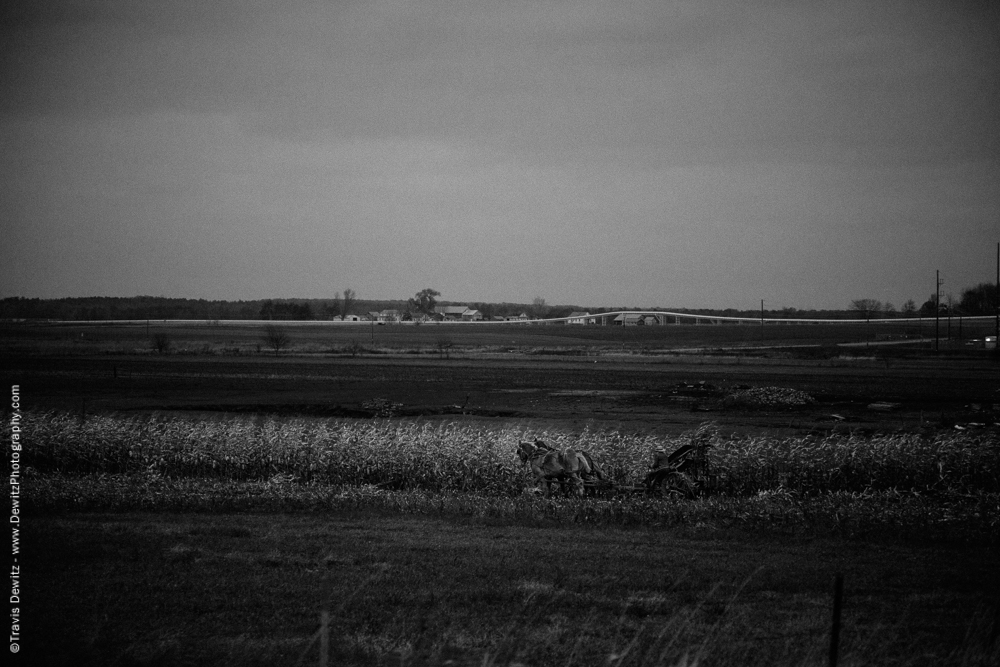
Amish Man Cutting Corn – Augusta, WI
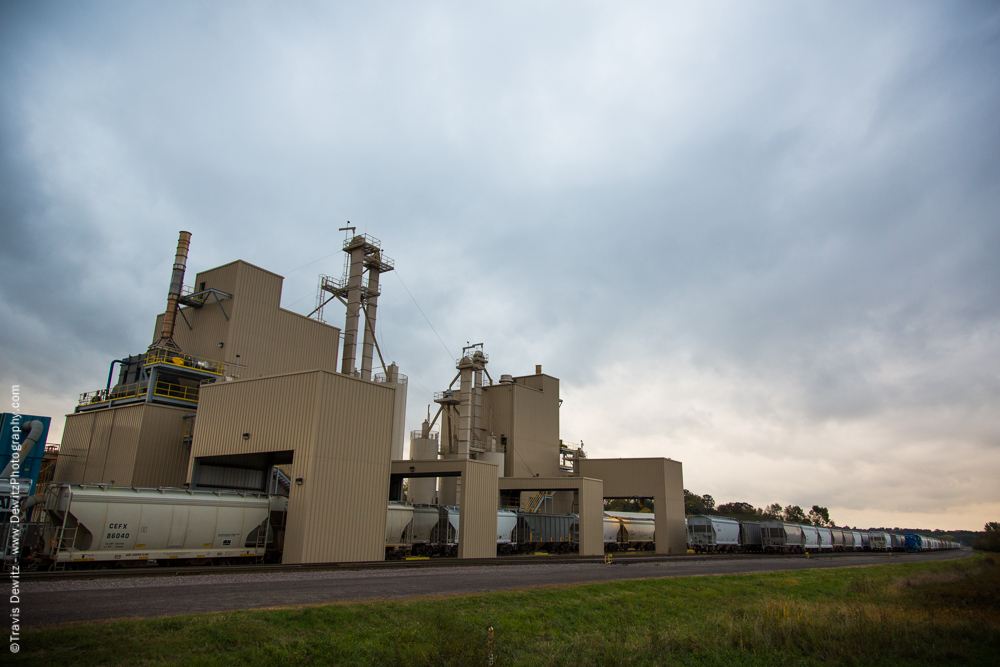
Atlas Resin Plant – Taylor, WI
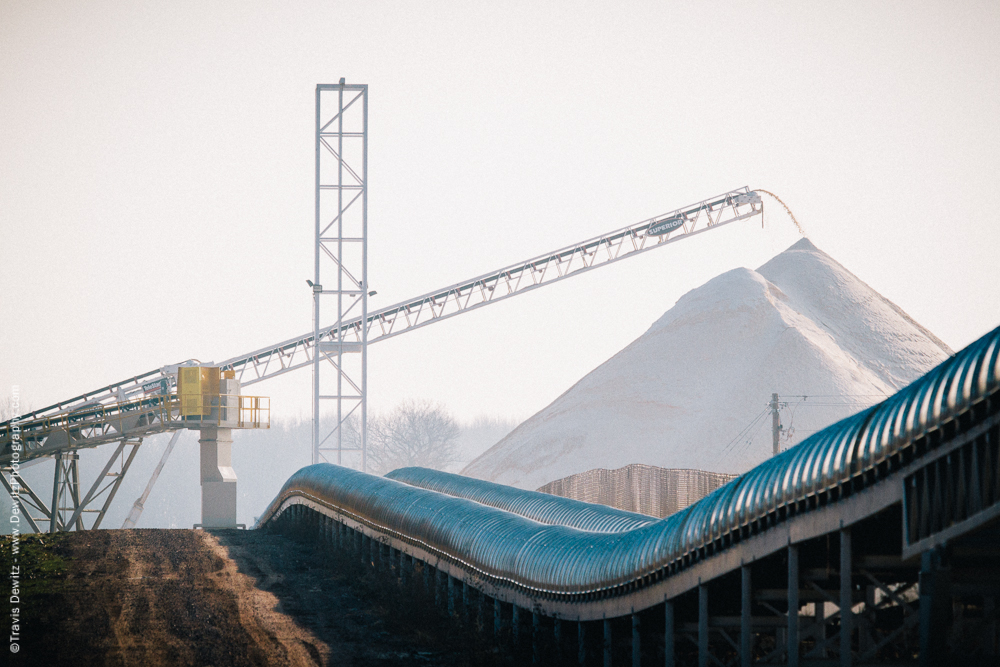
Conveyor System
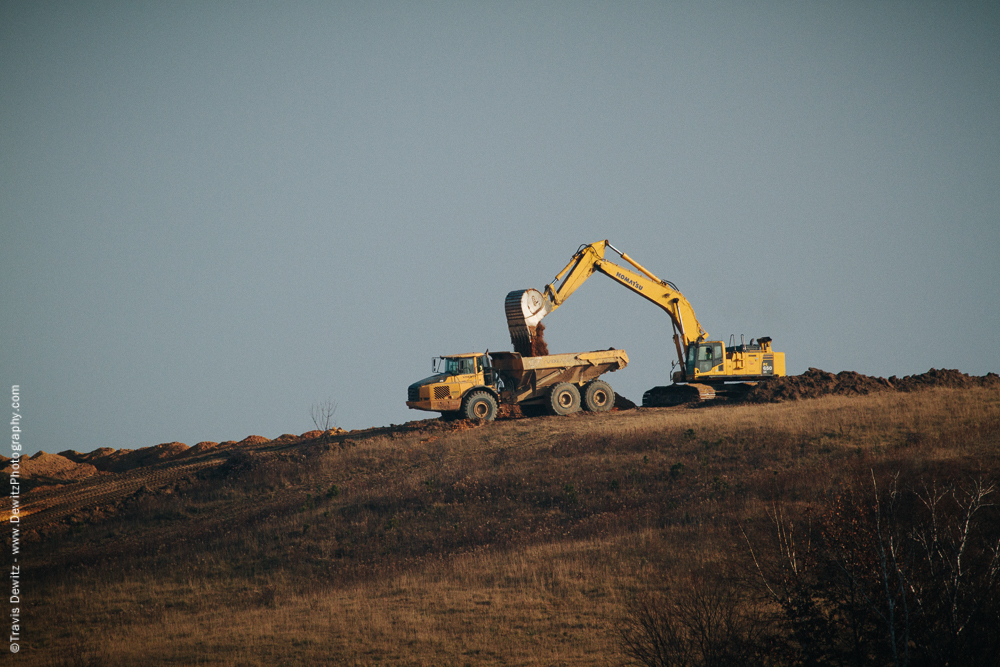
Excavator Loading Sand into Large Heavy Haul Truck
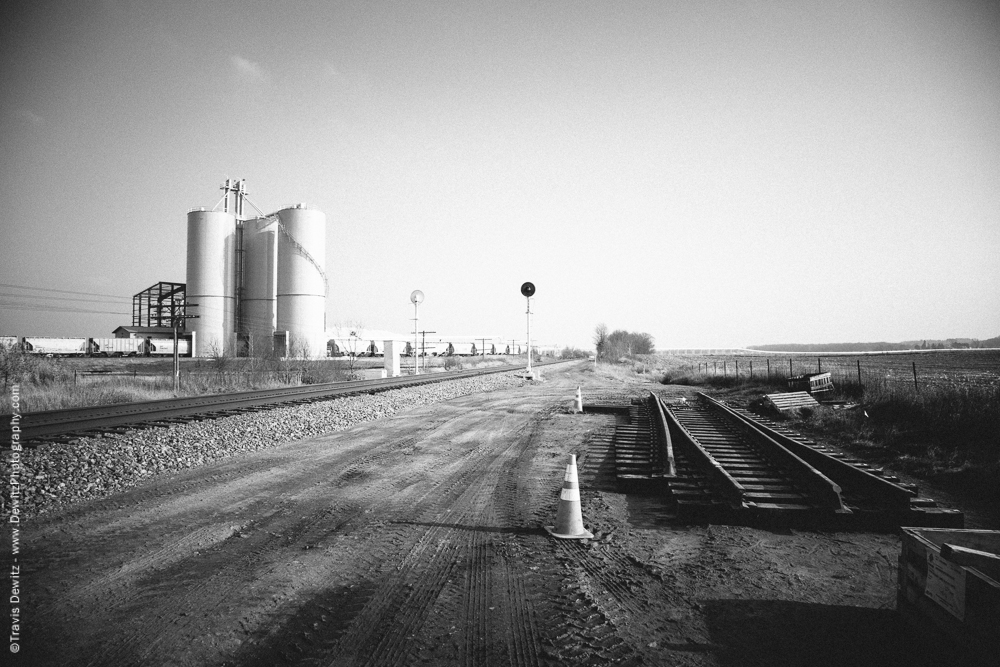
New Tracks Going in at Hi-Crush
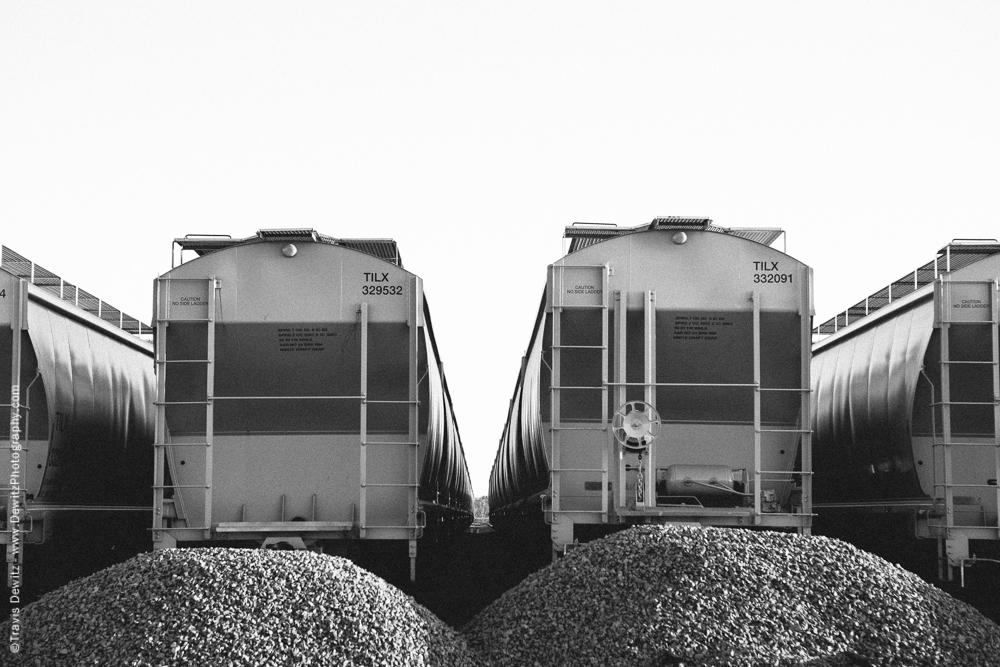
Sand Hoppers Waiting at Great Northern
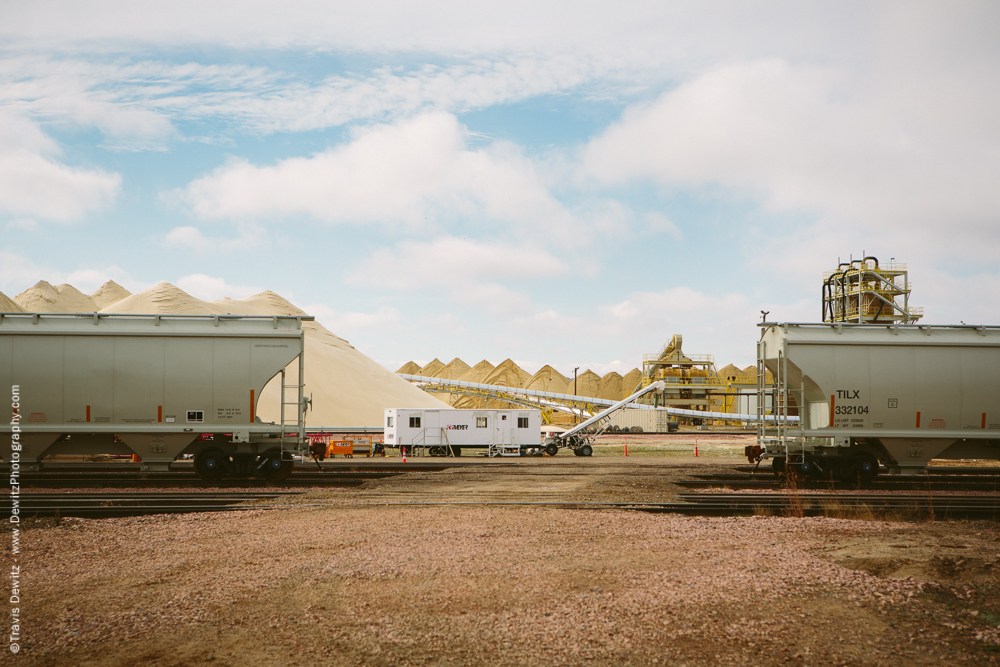
Western Wisconsin Sand Plant – Great Northern
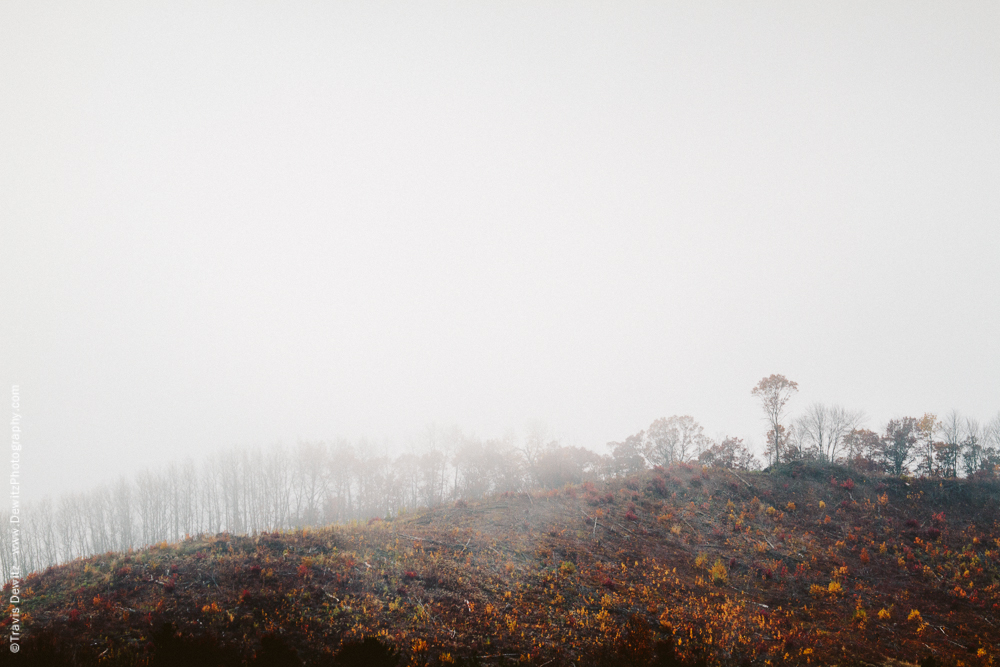
Preparing Hillside for Mining
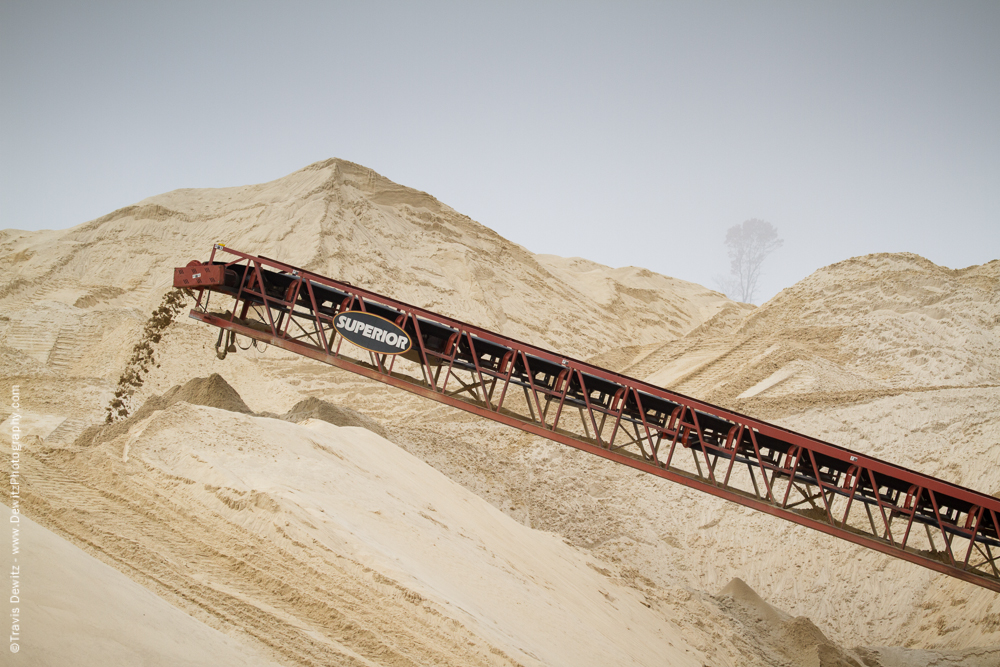
Piling Sand
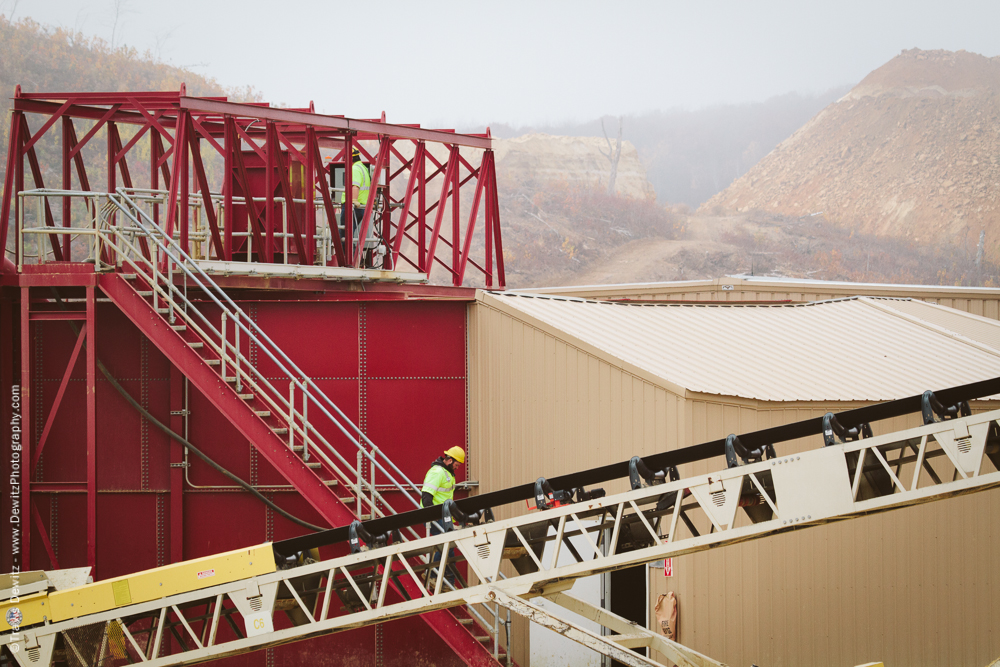
Preferred Sands Mine – Bloomer, WI
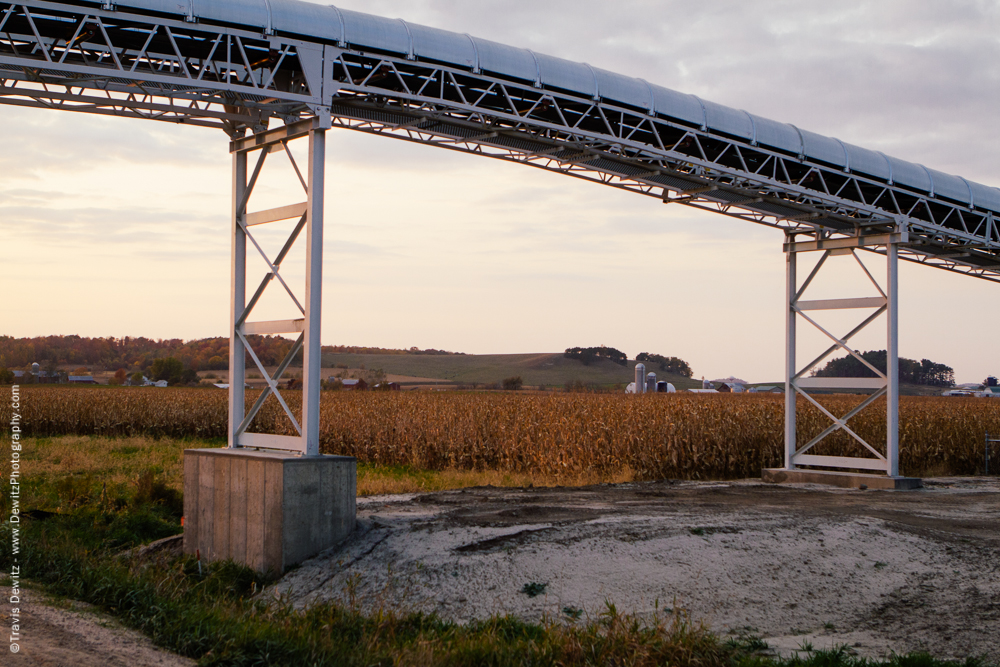
Long Conveyor System for Hi-Crush
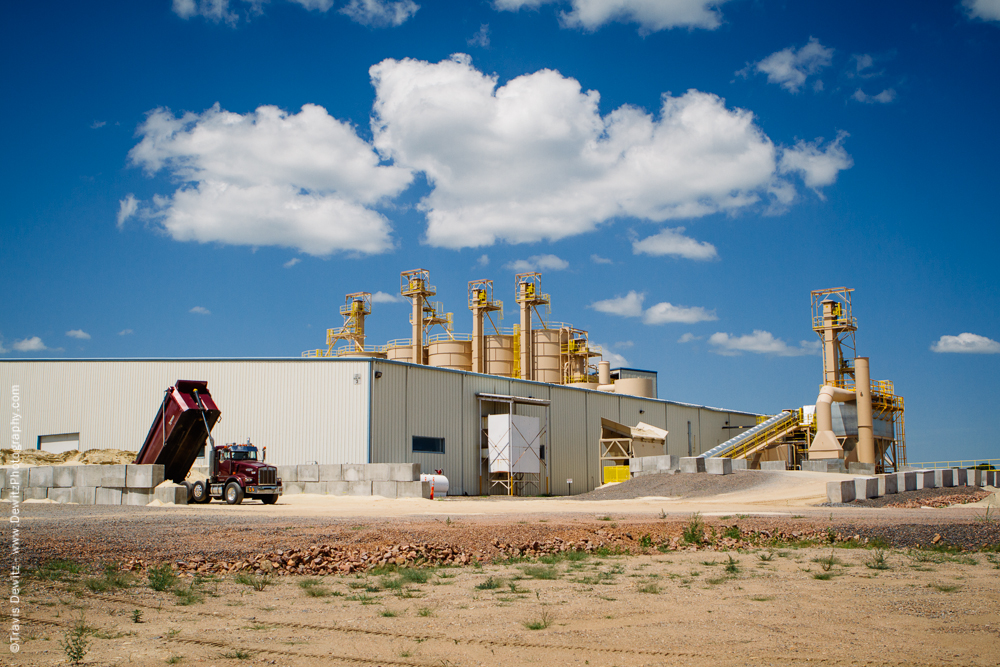
Unloading Frac Sand – Marshfield, WI
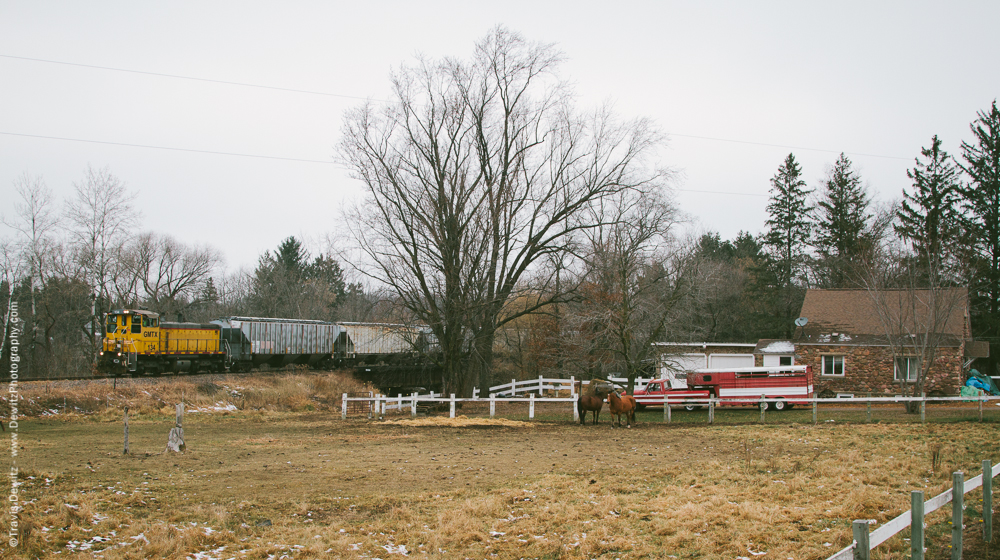
Wisconsin Northern Sand Train Heading to Union Pacific Interchange
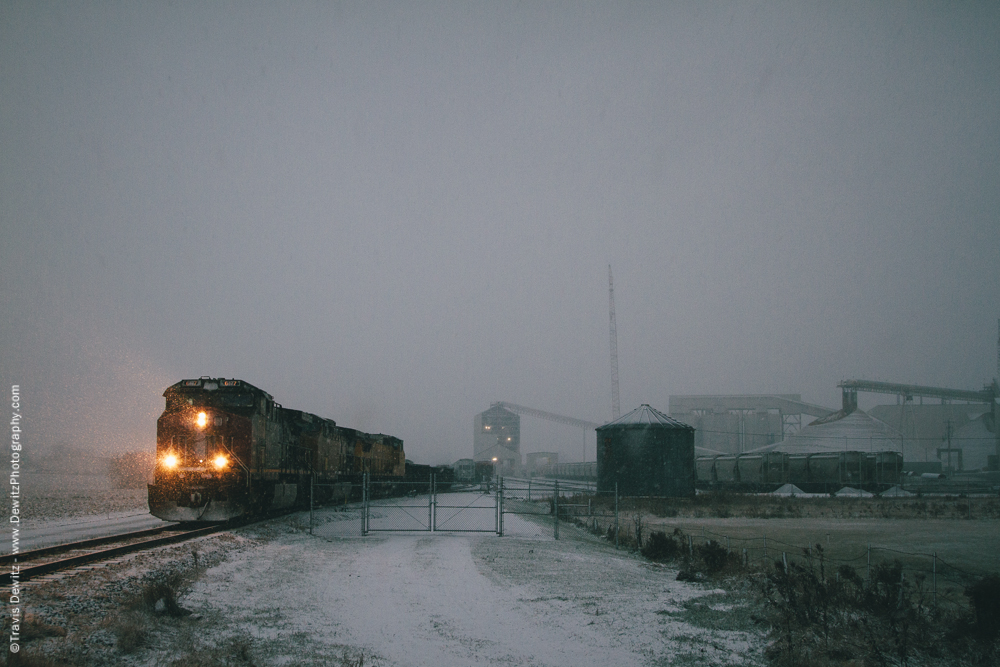
Sand Train in Snow Storm – Chippewa Falls
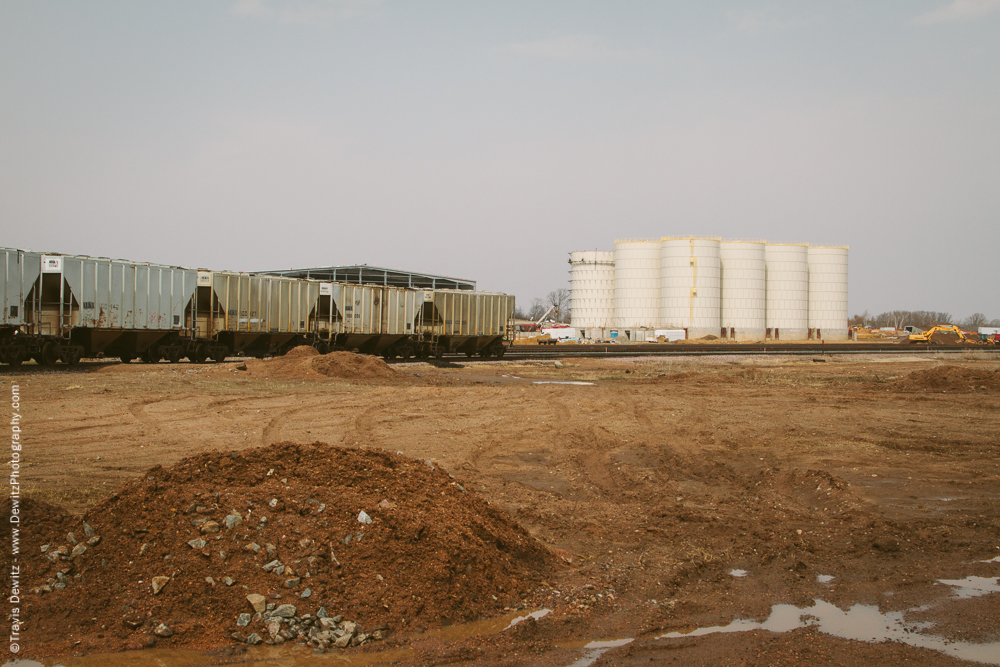
Breaking Ground at EOG Plant
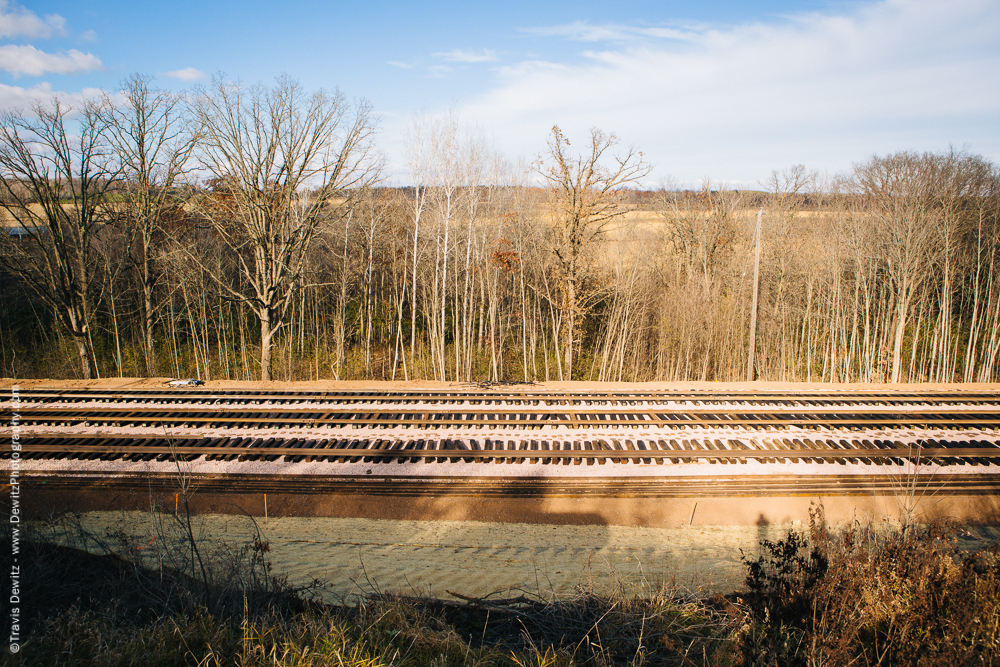
New Tracks for Superior Silica – Poskin, WI
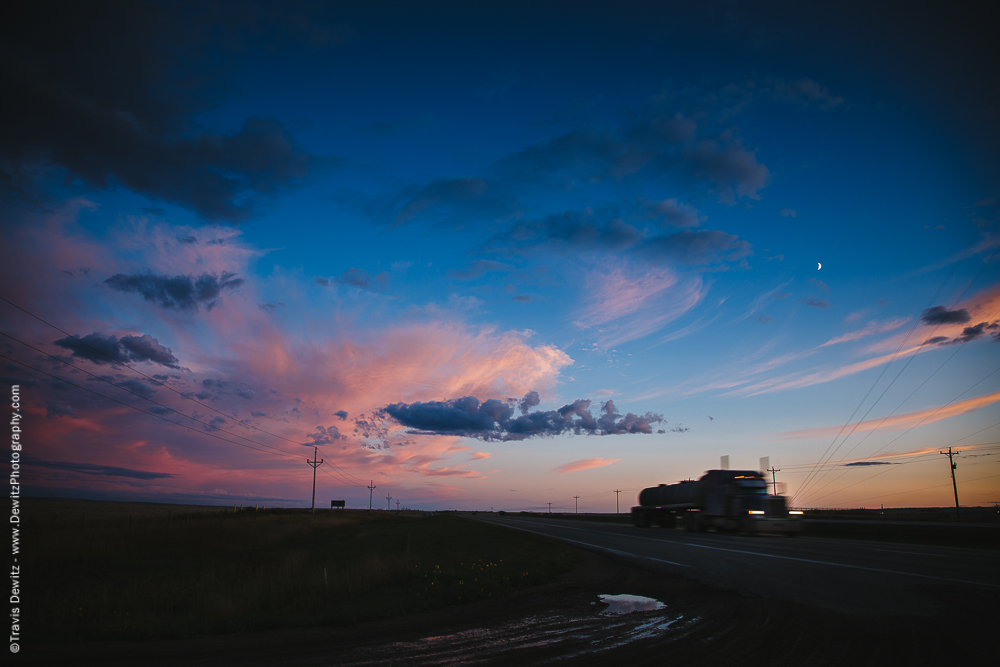
Oil Truck Traffic on Highway 2 East of Williston, ND
For more Visit my Crude Oil and Frac Sand Series
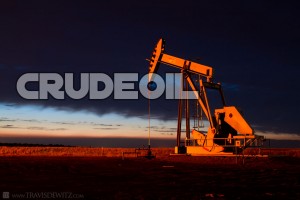
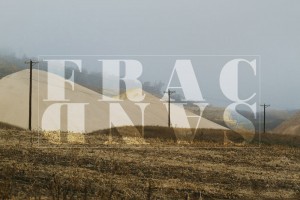
 I specialize in corporate photography services like this. Corporate photography can also be considered industrial, business, commercial, executive, editorial, media, or even agricultural depending on the exact nature of the shoot and what the client wants captured visually. I give my clients a variety of images to choose from including many unique and captivating imagery. The client will receive environmental portraiture, detailed close-ups, overall scenes, action captures, and anything else it may take to fulfill what they need. You can go here for more Corporate Photography Information.
I specialize in corporate photography services like this. Corporate photography can also be considered industrial, business, commercial, executive, editorial, media, or even agricultural depending on the exact nature of the shoot and what the client wants captured visually. I give my clients a variety of images to choose from including many unique and captivating imagery. The client will receive environmental portraiture, detailed close-ups, overall scenes, action captures, and anything else it may take to fulfill what they need. You can go here for more Corporate Photography Information.
Like and Share With Friends and Family.

Ian Hapsias
An incredible article explaining just how crazy this energy boom in the Midwest has been.